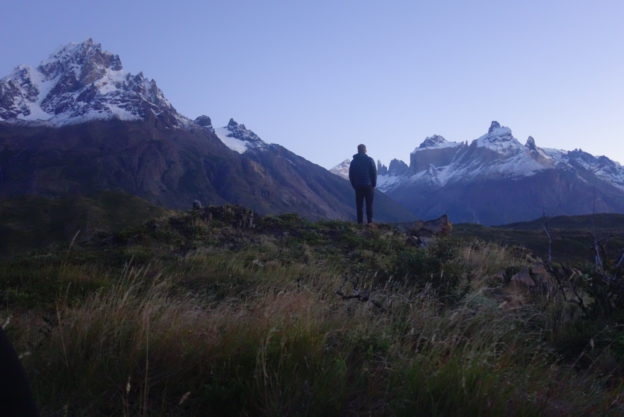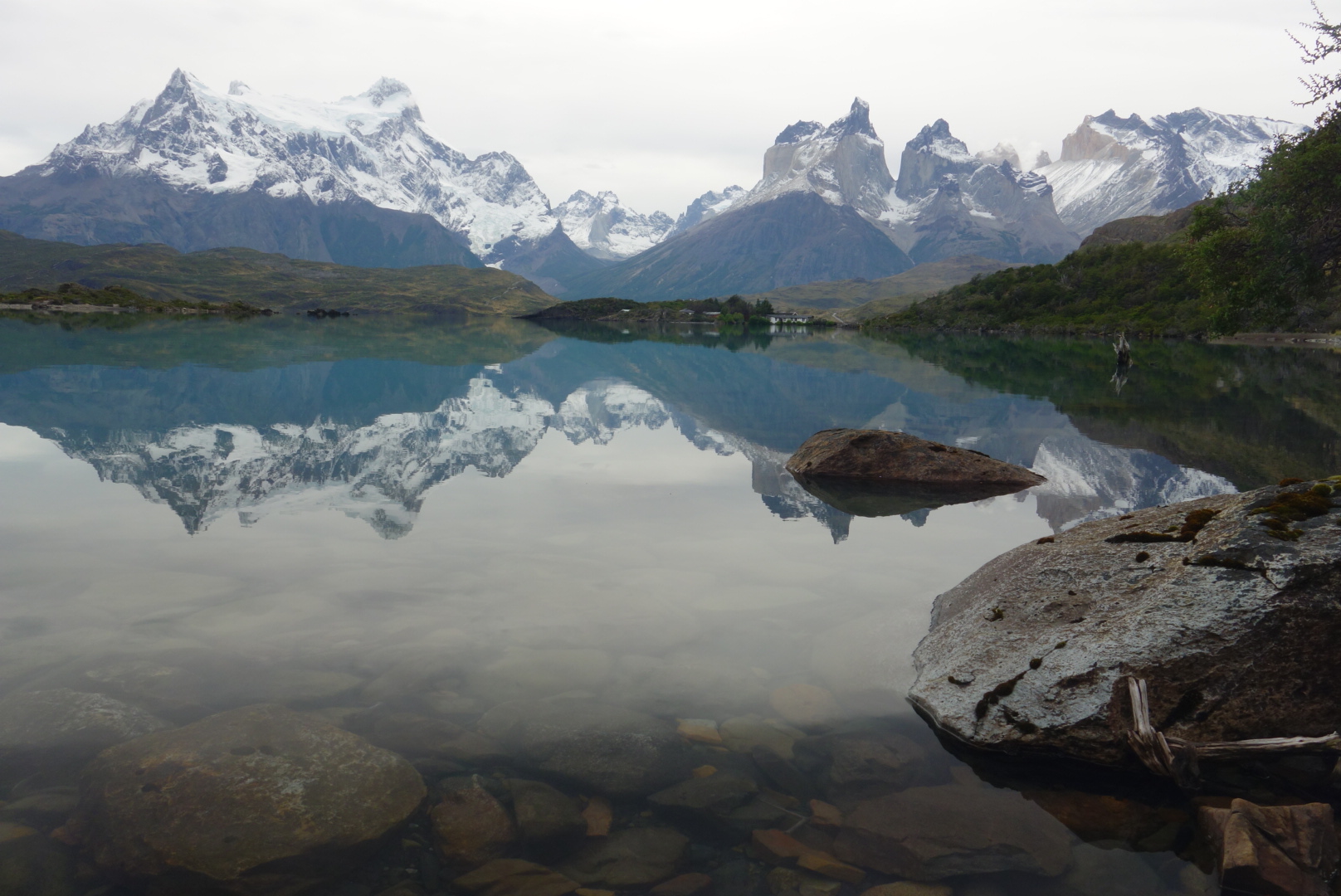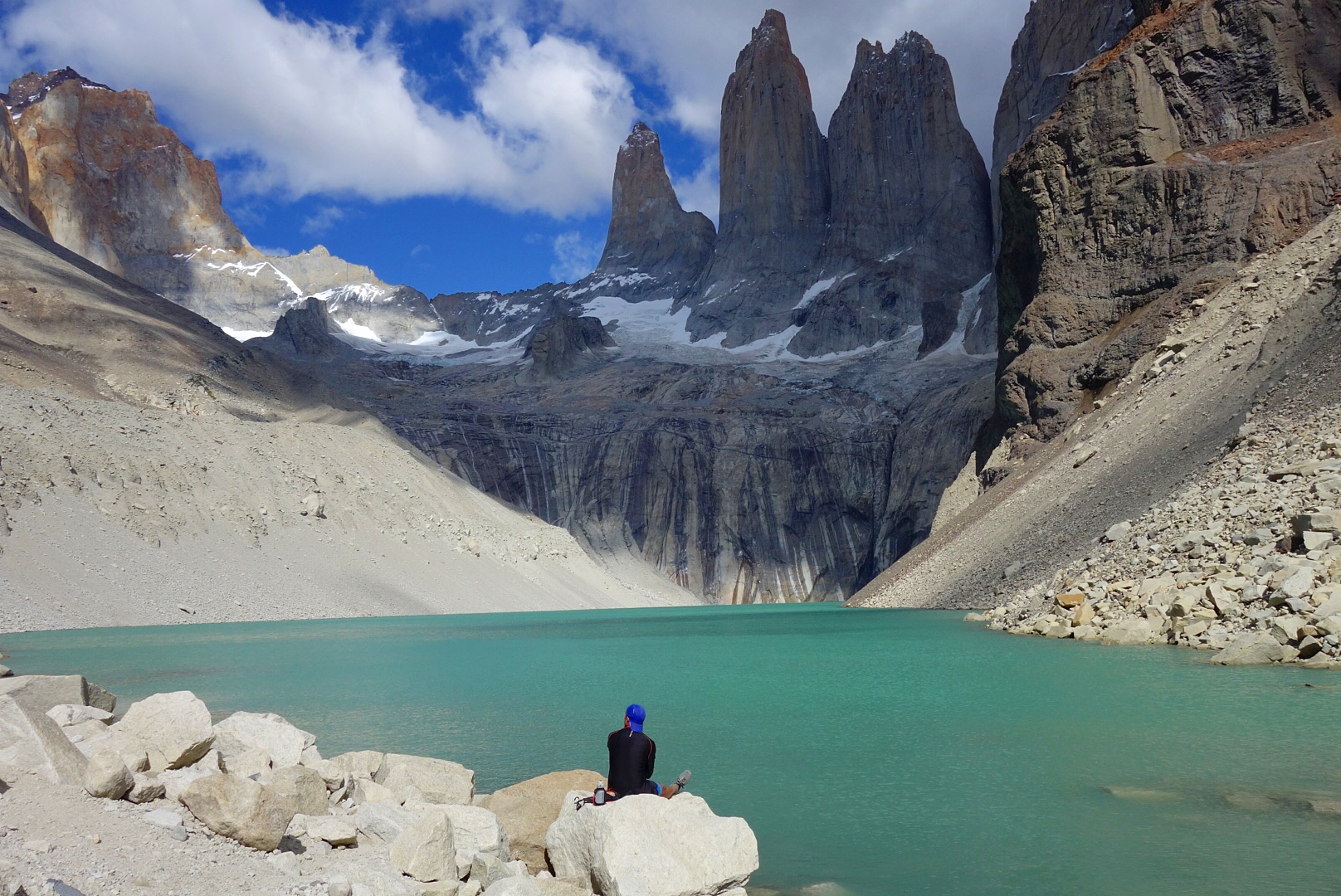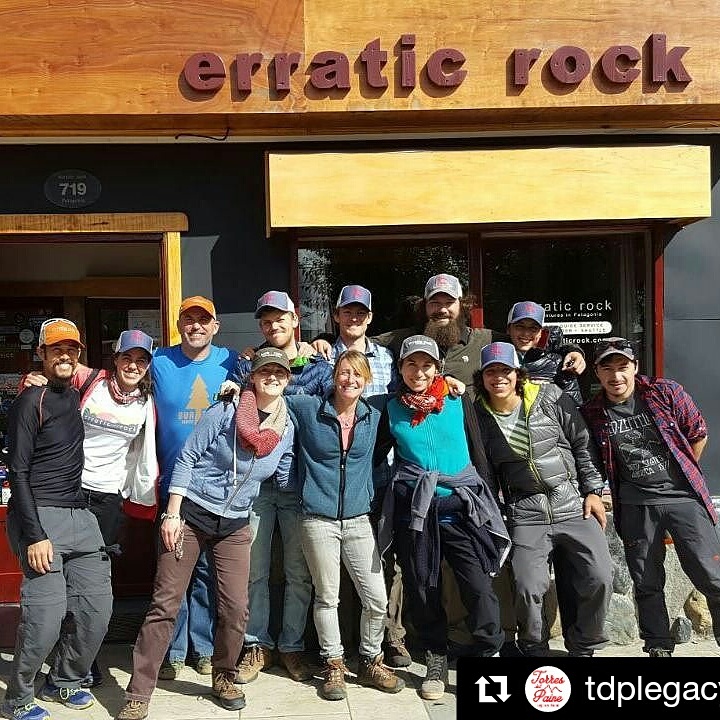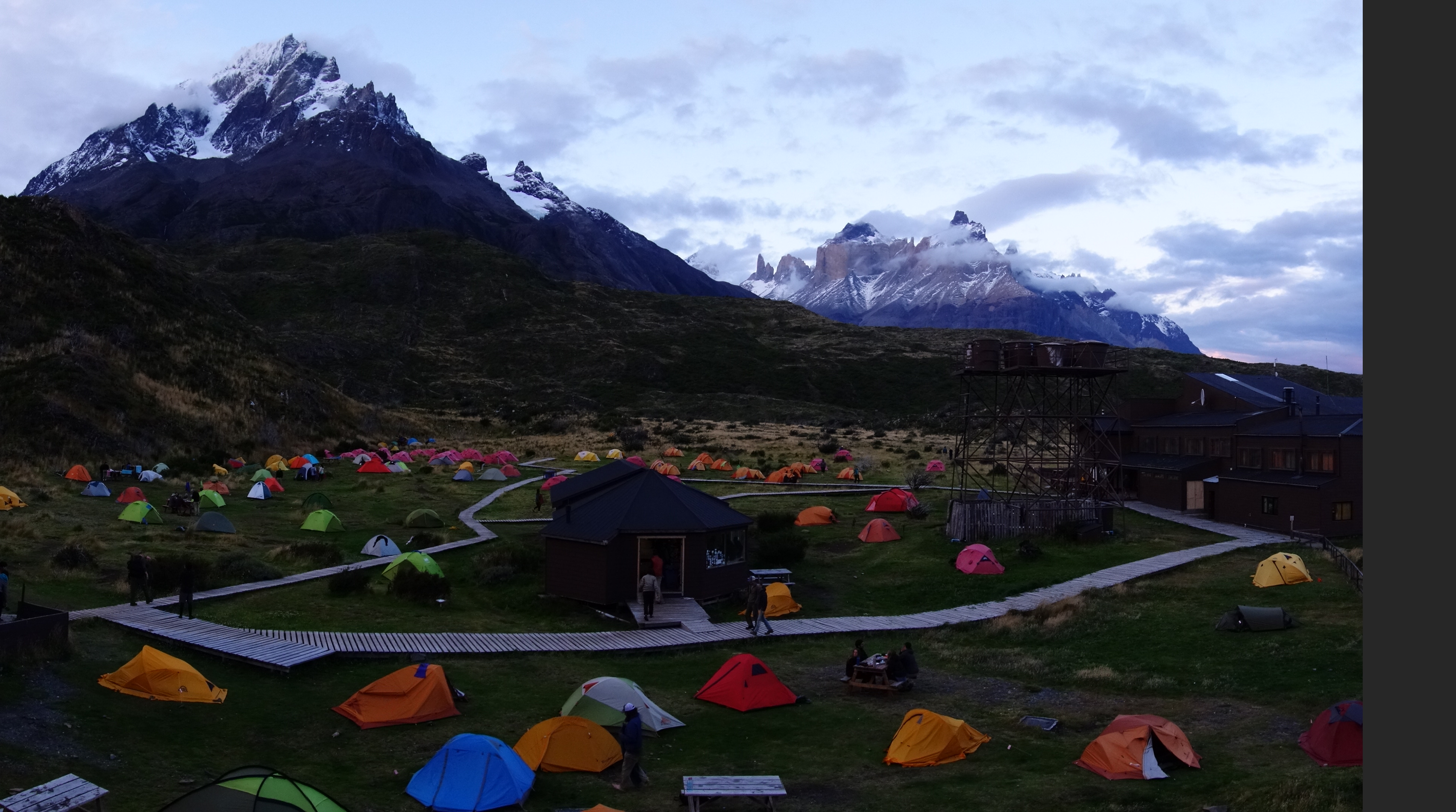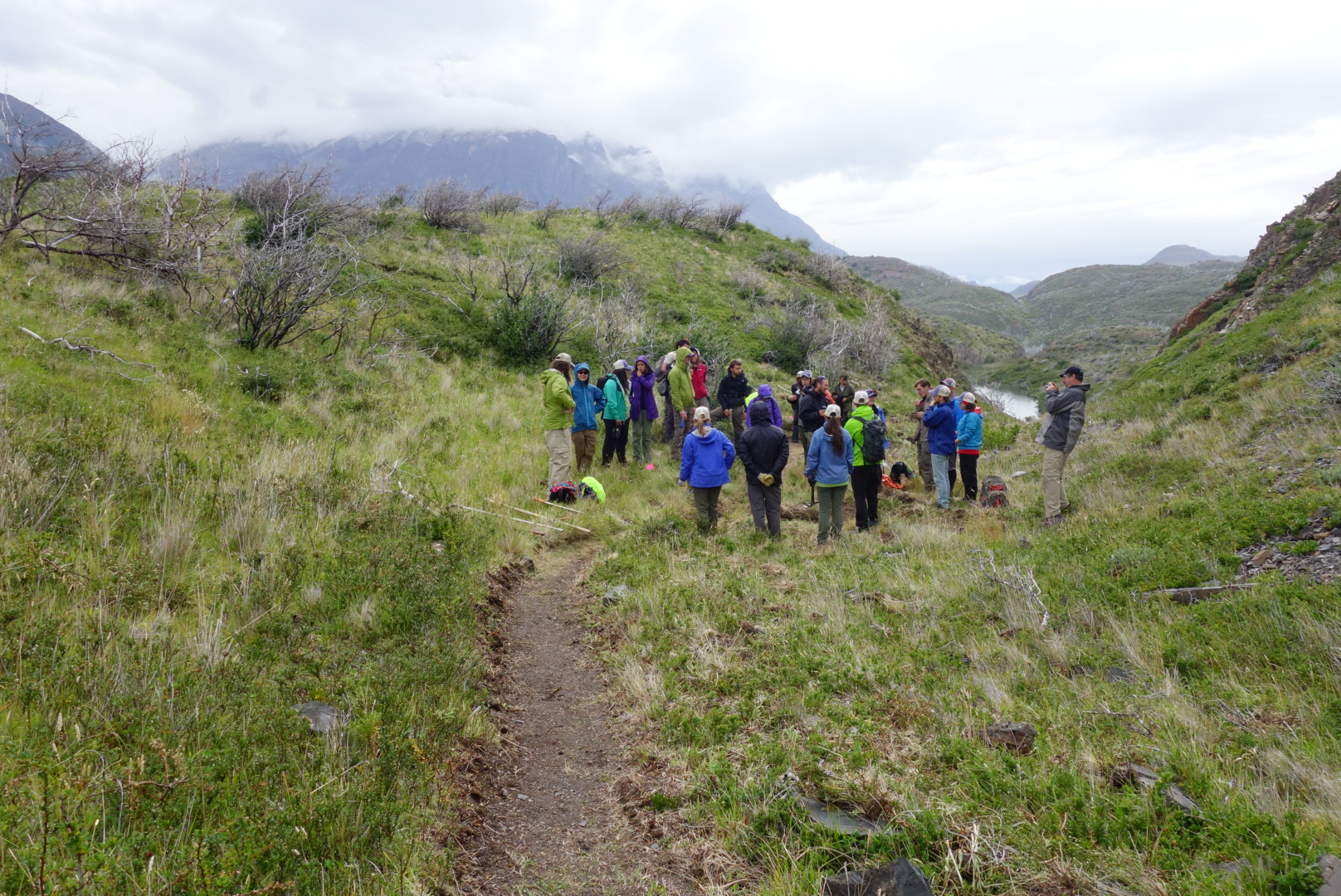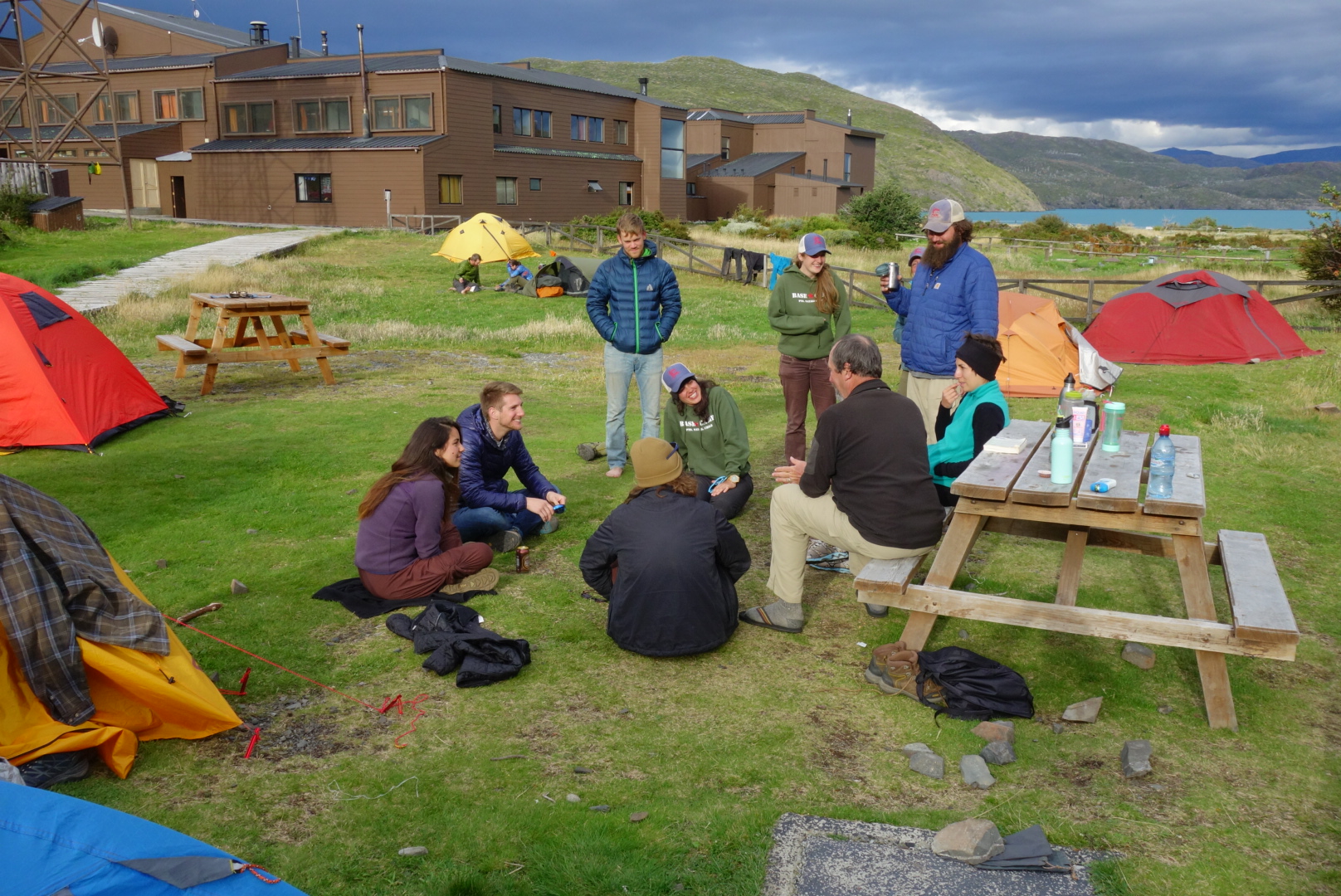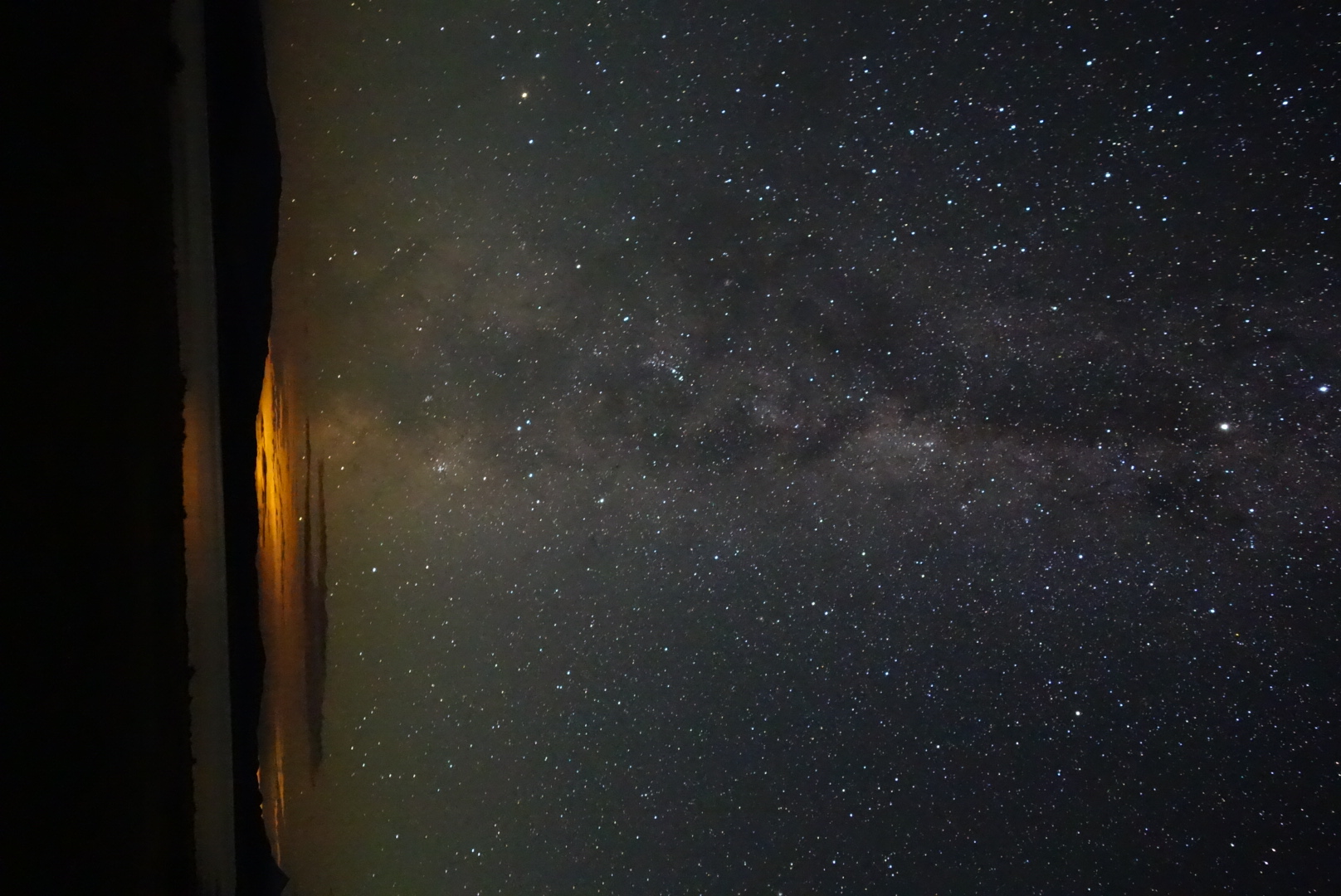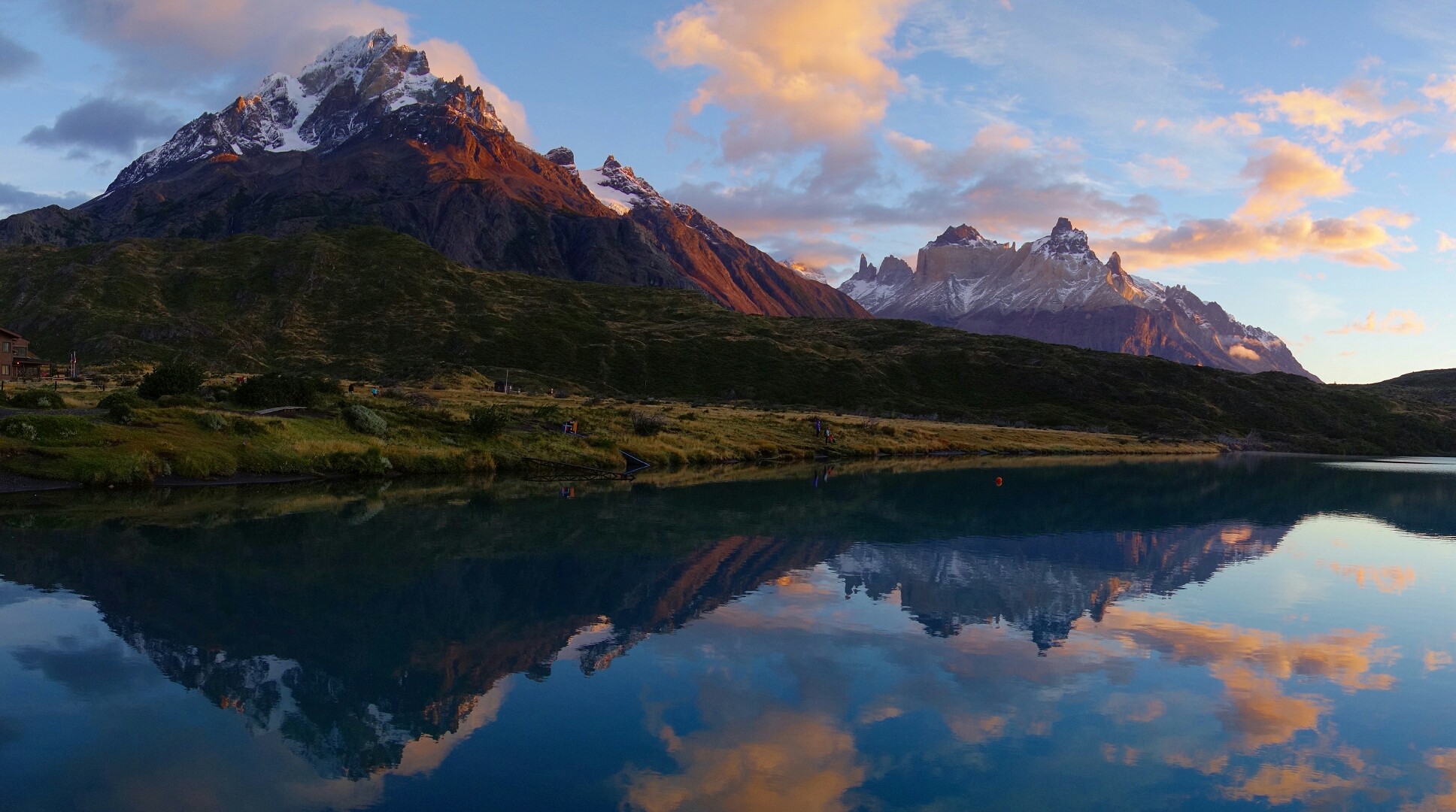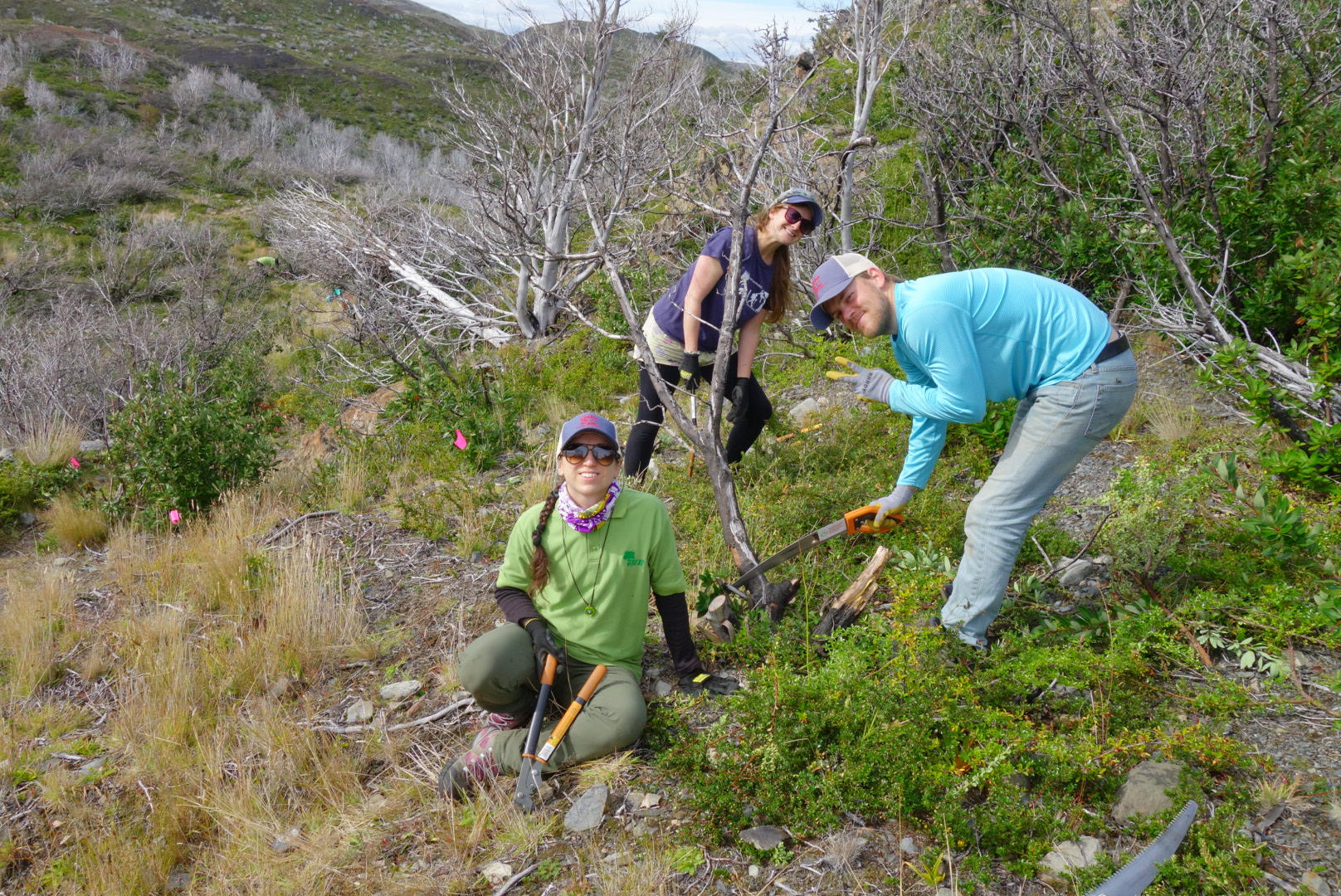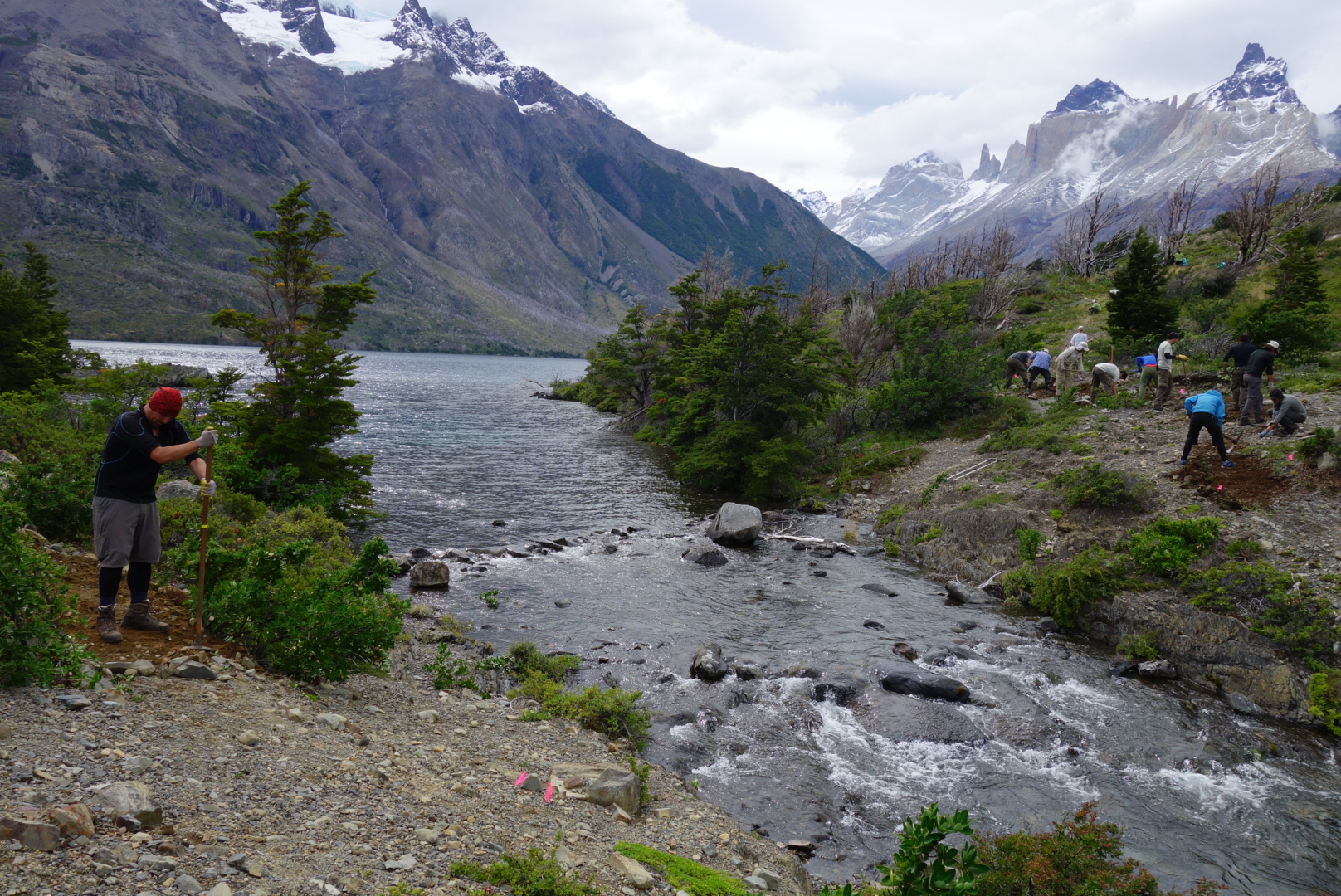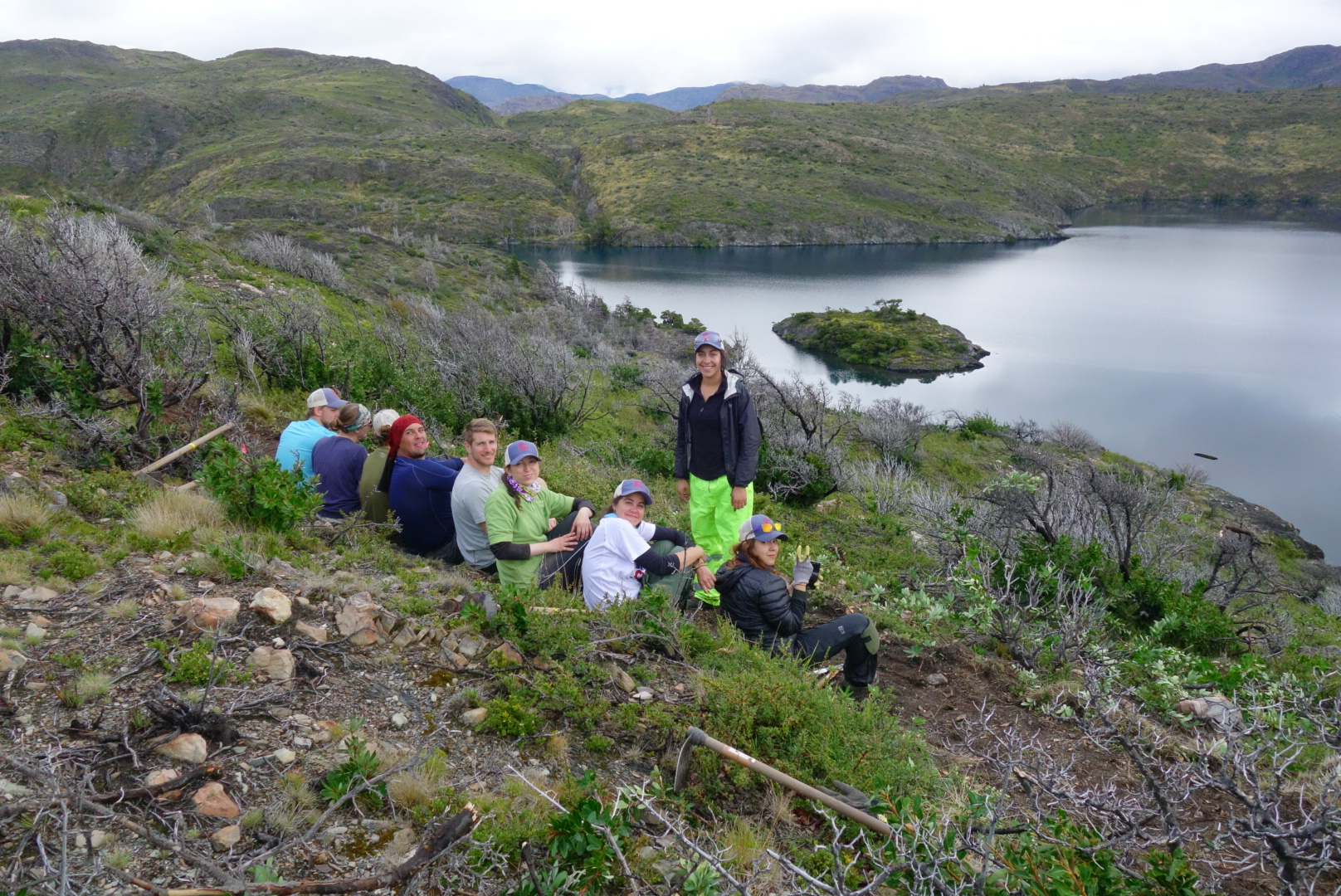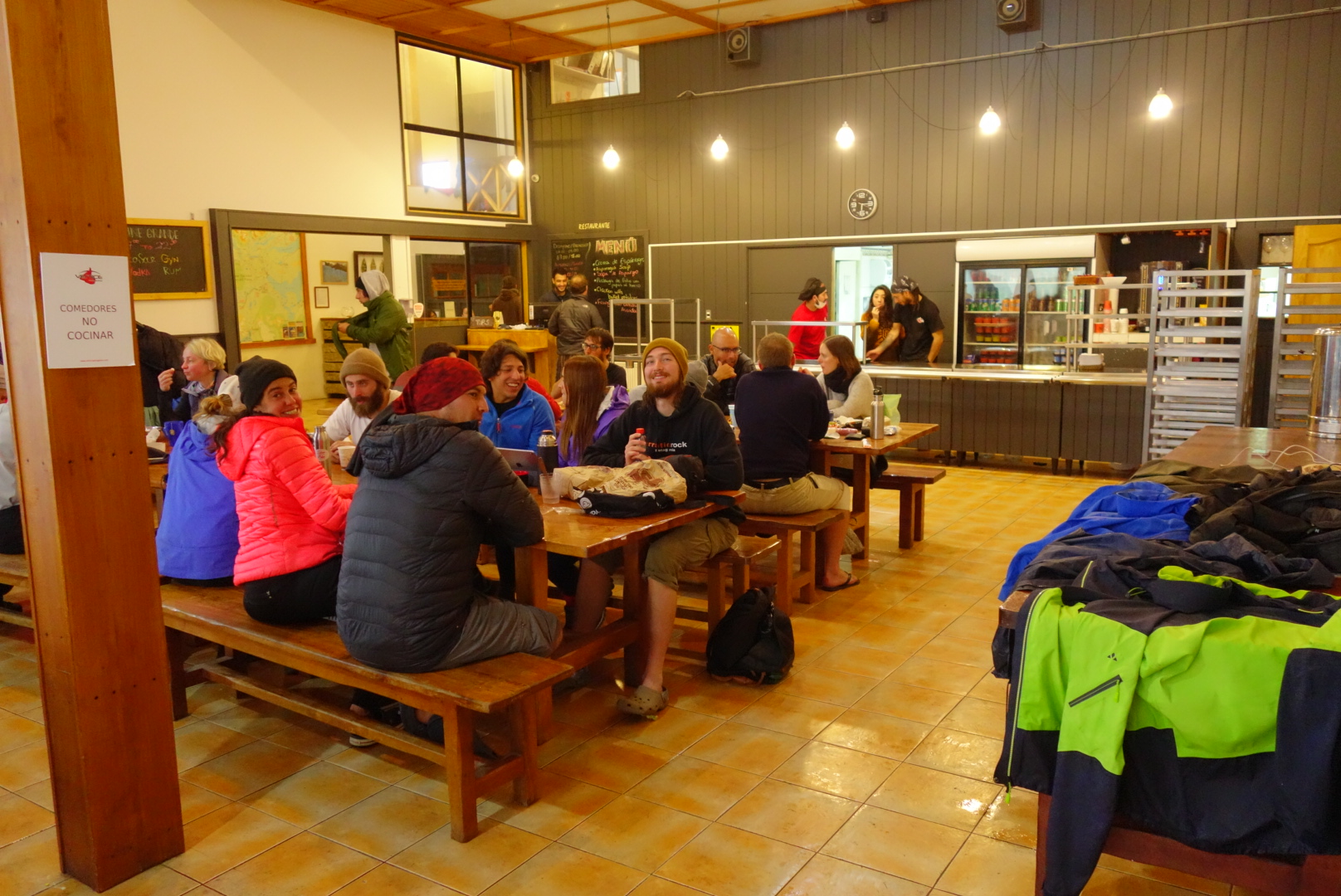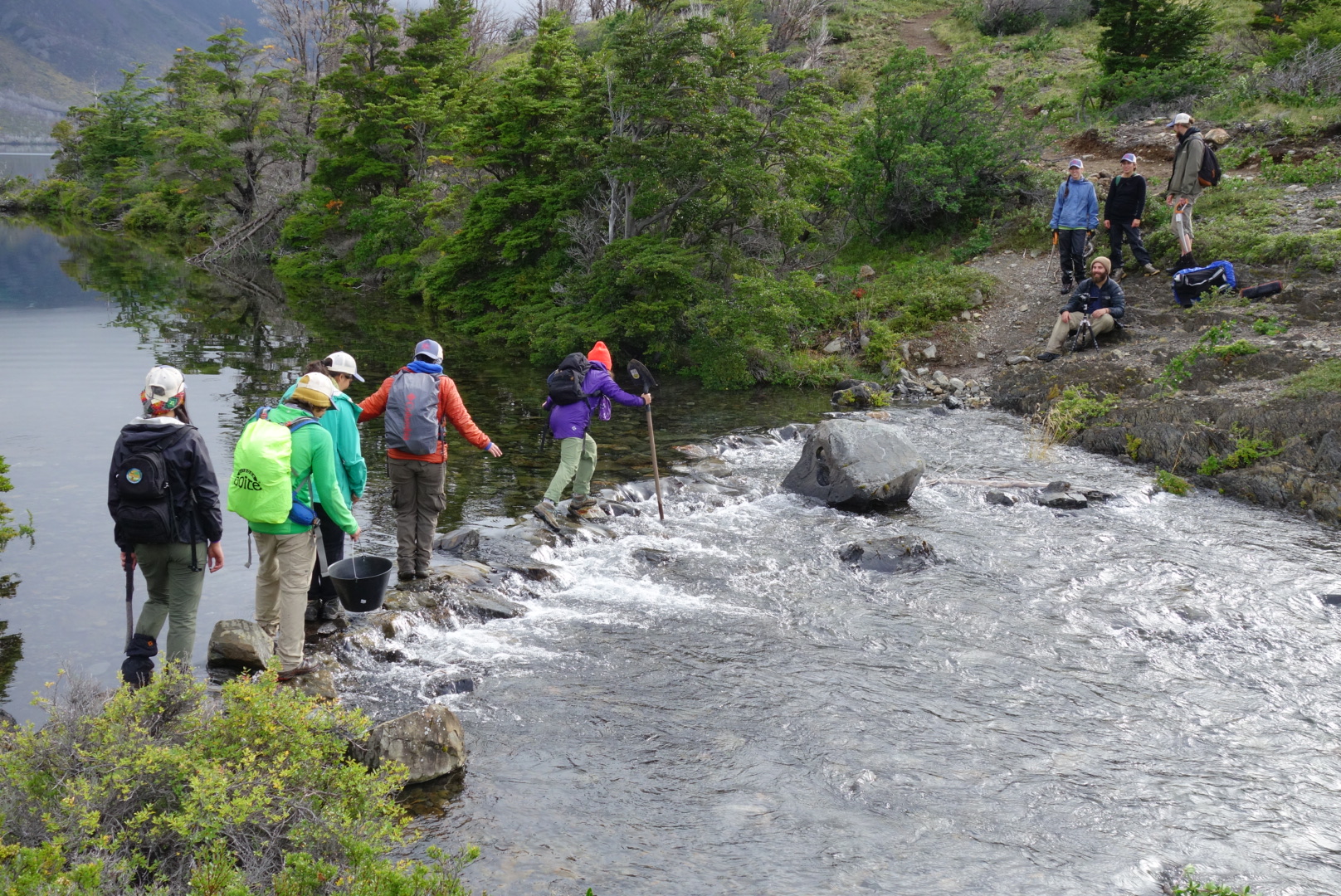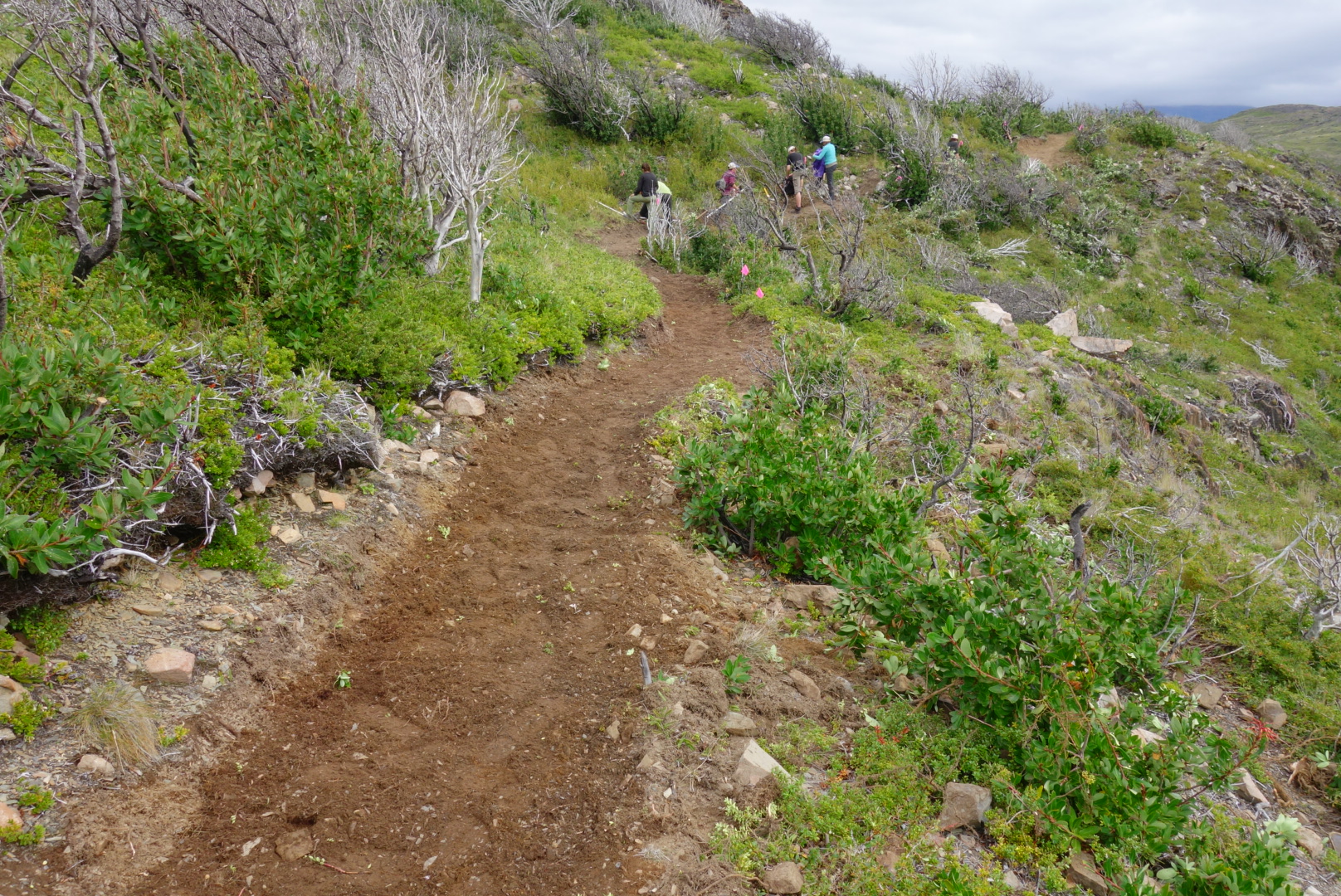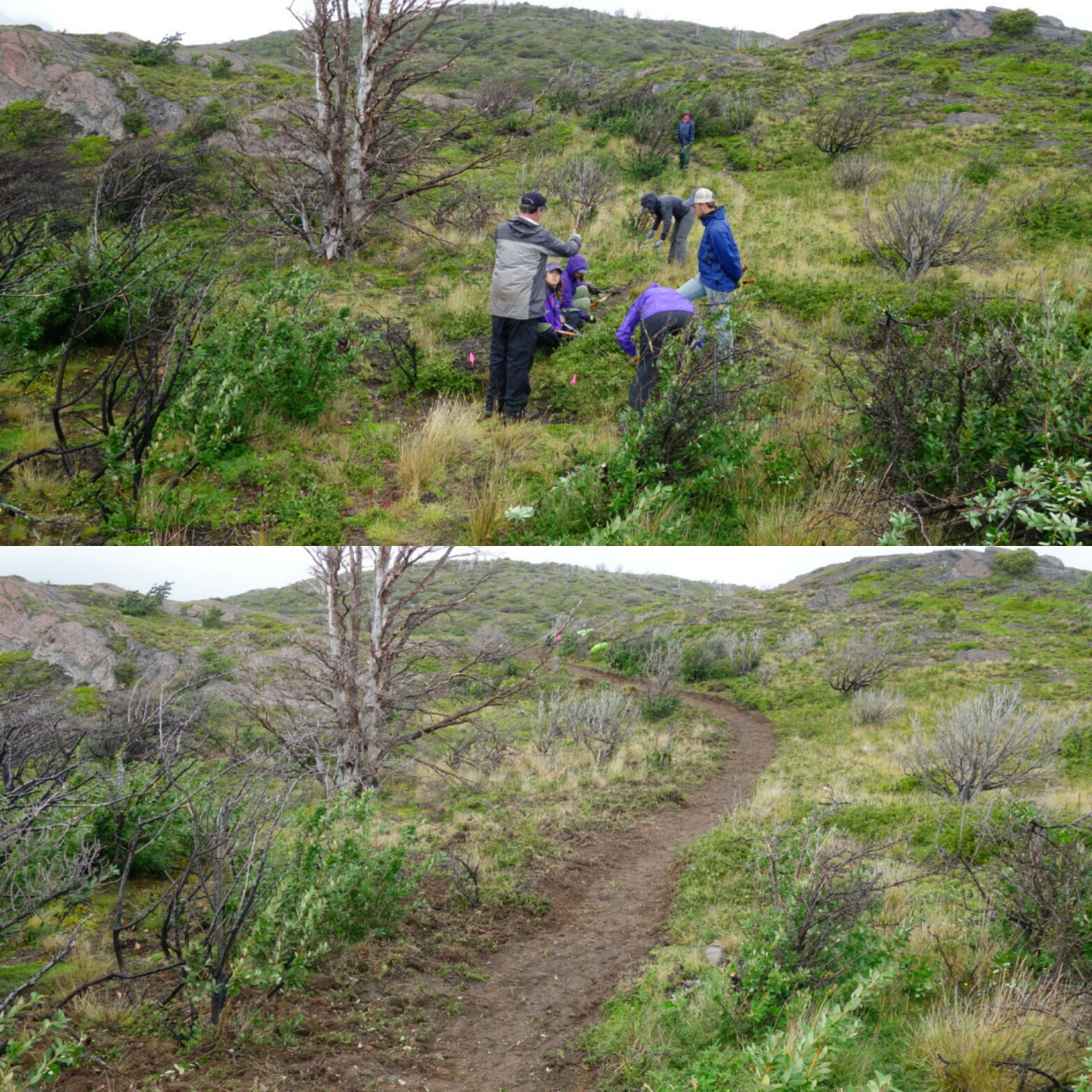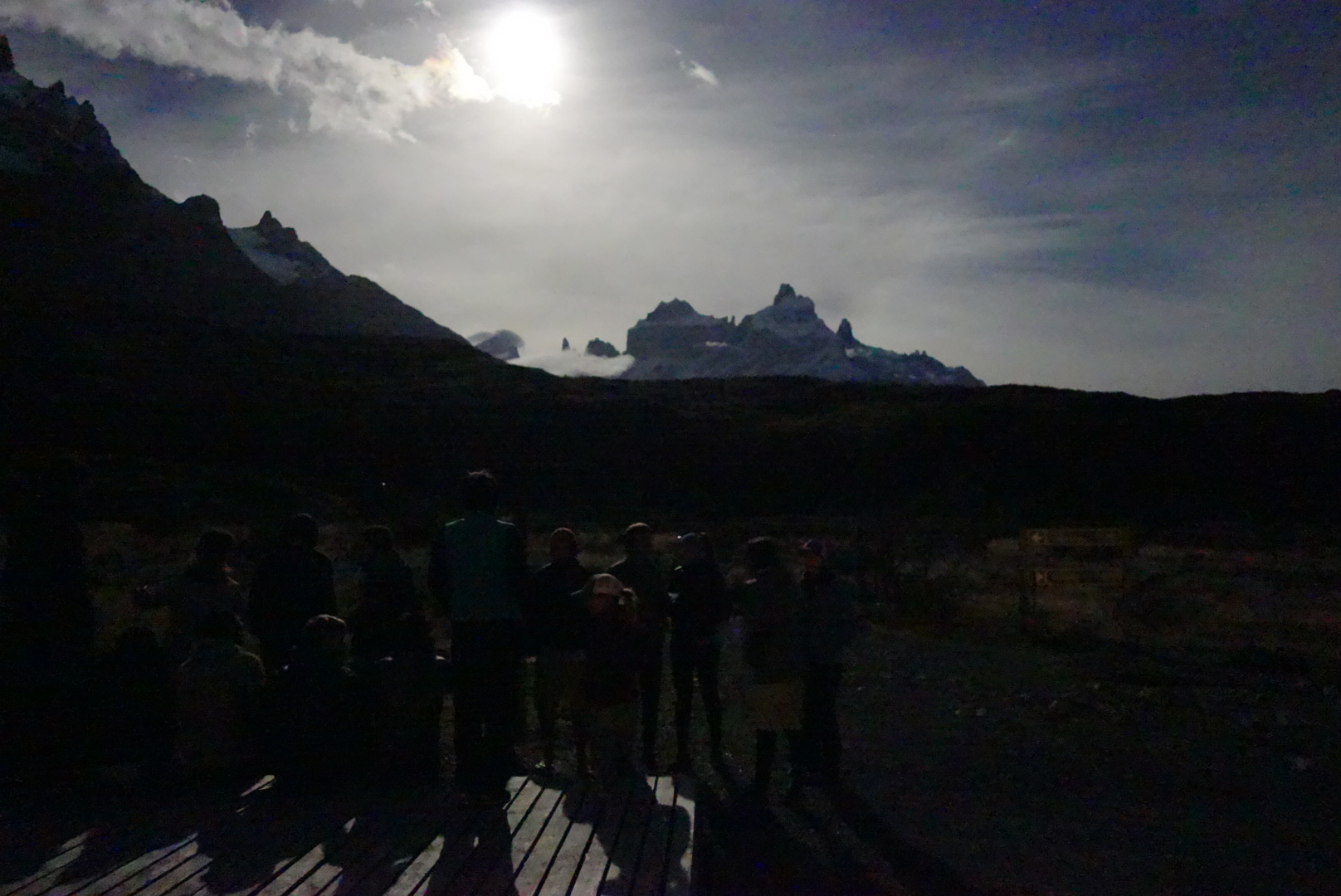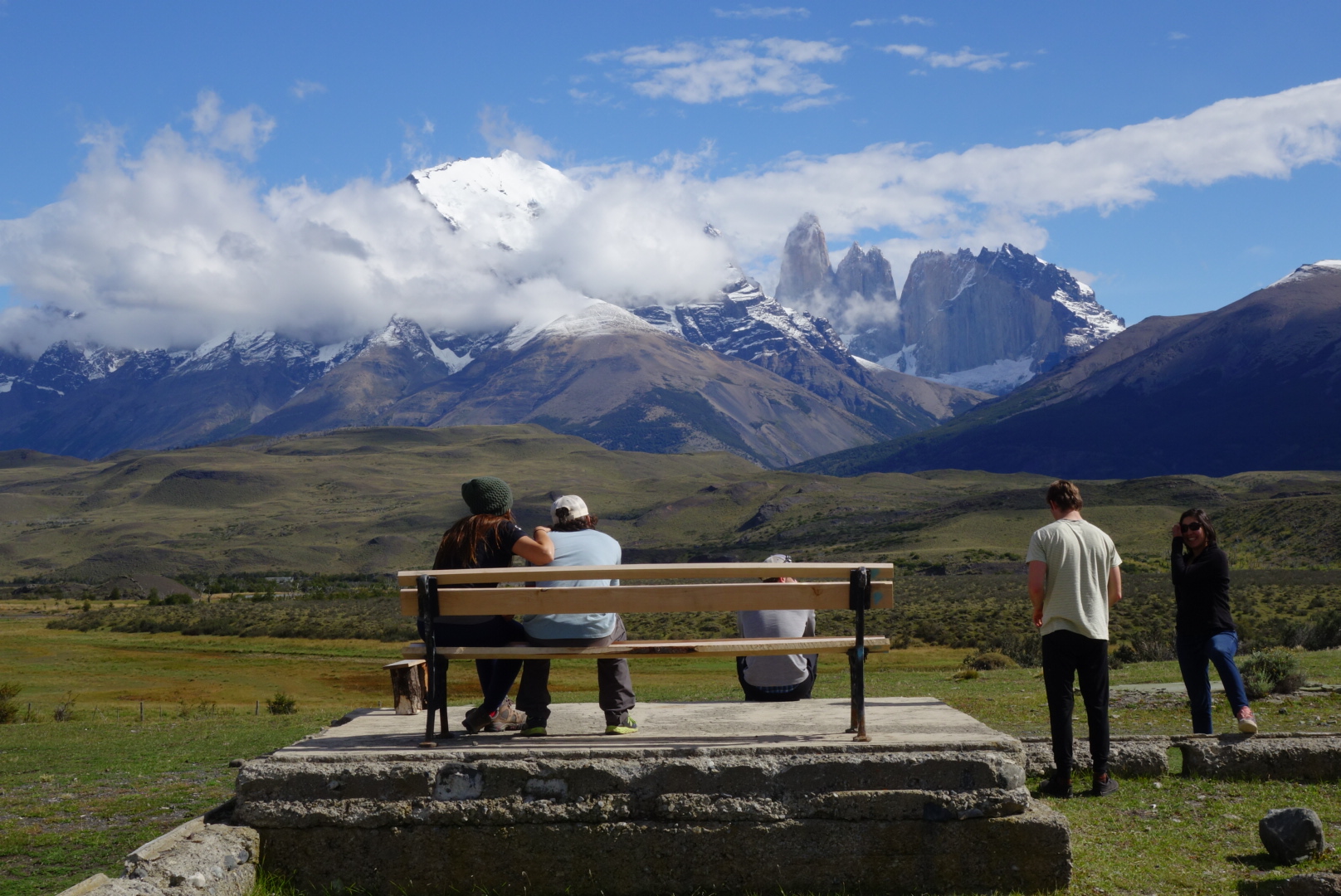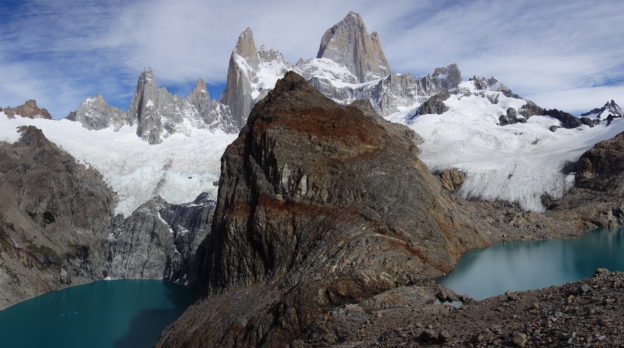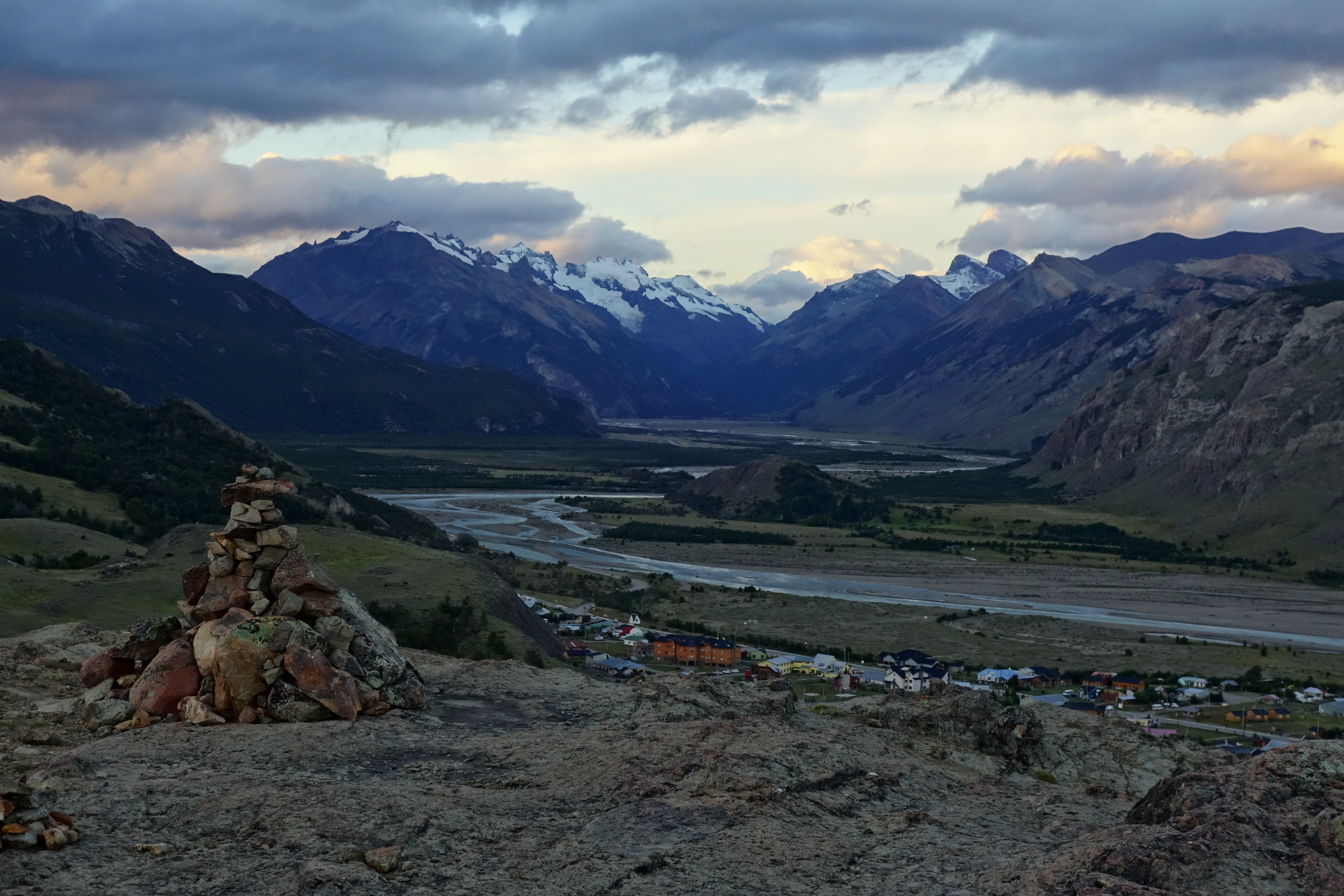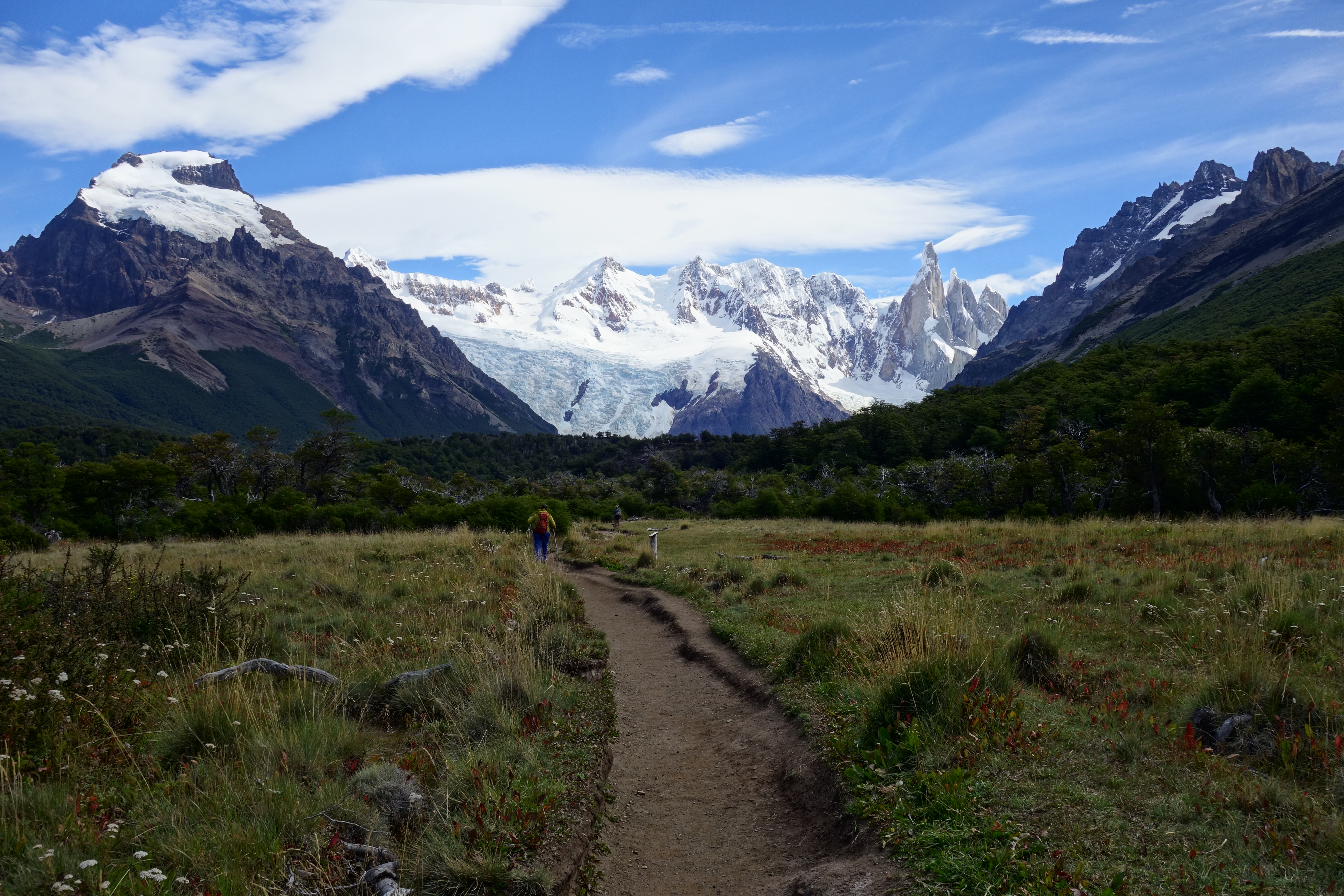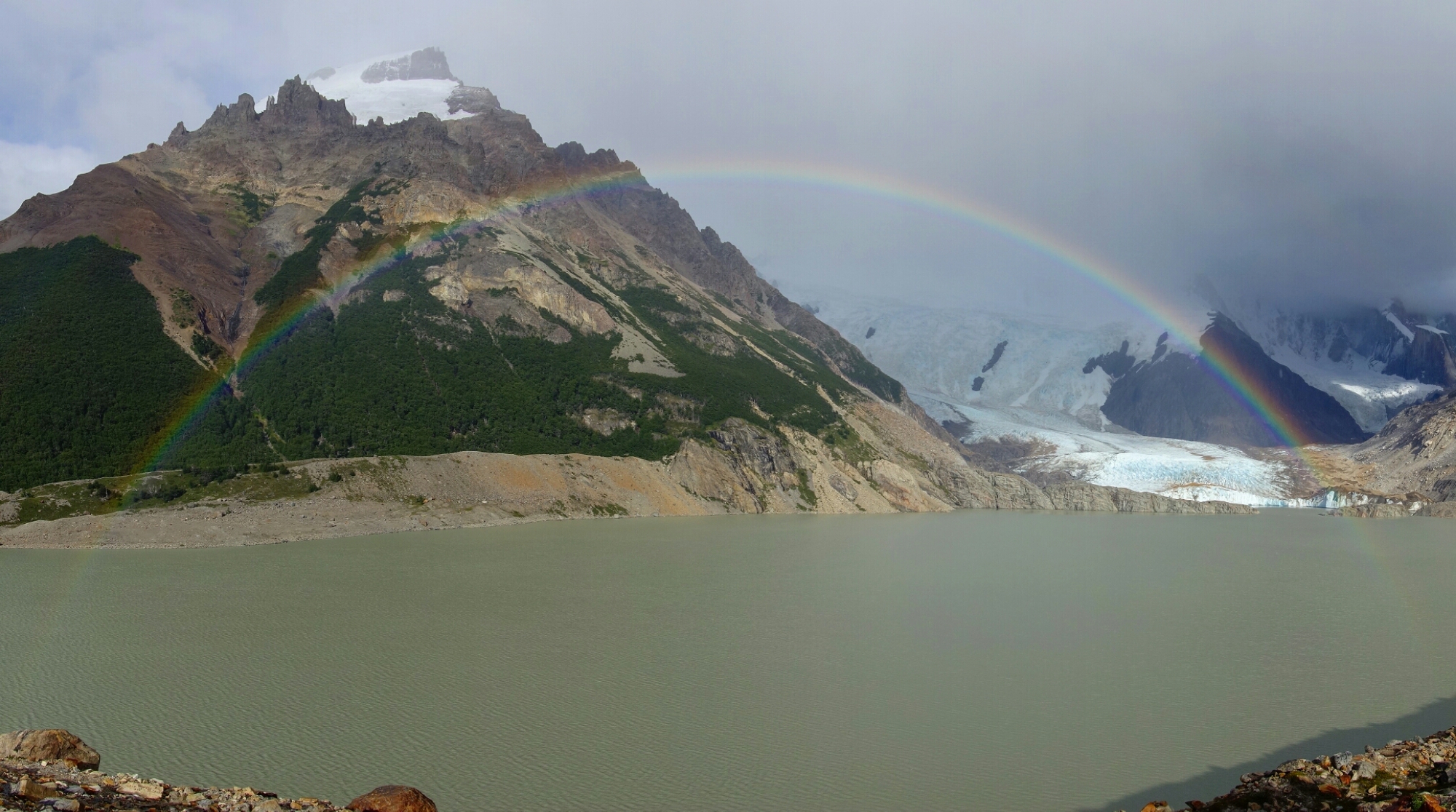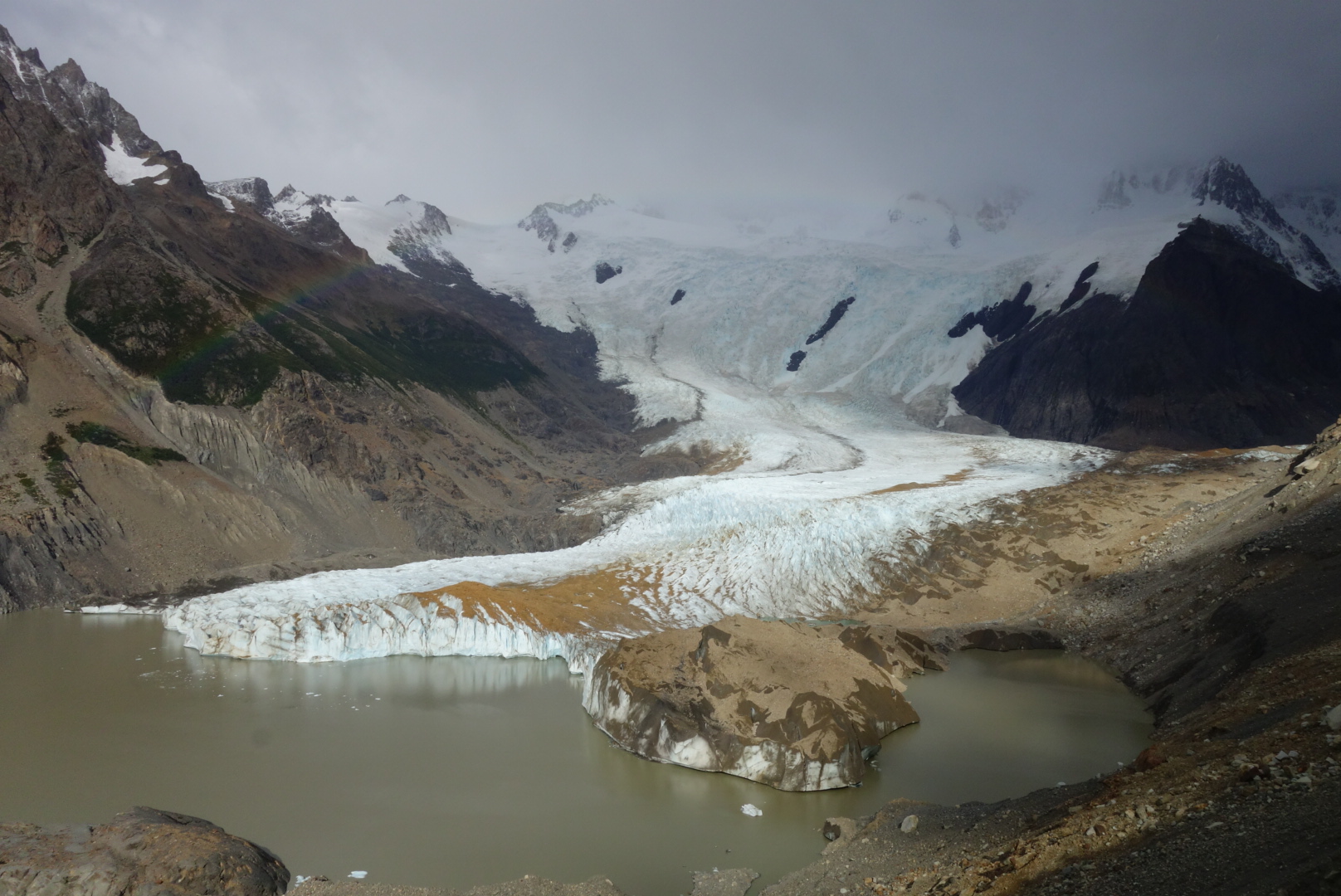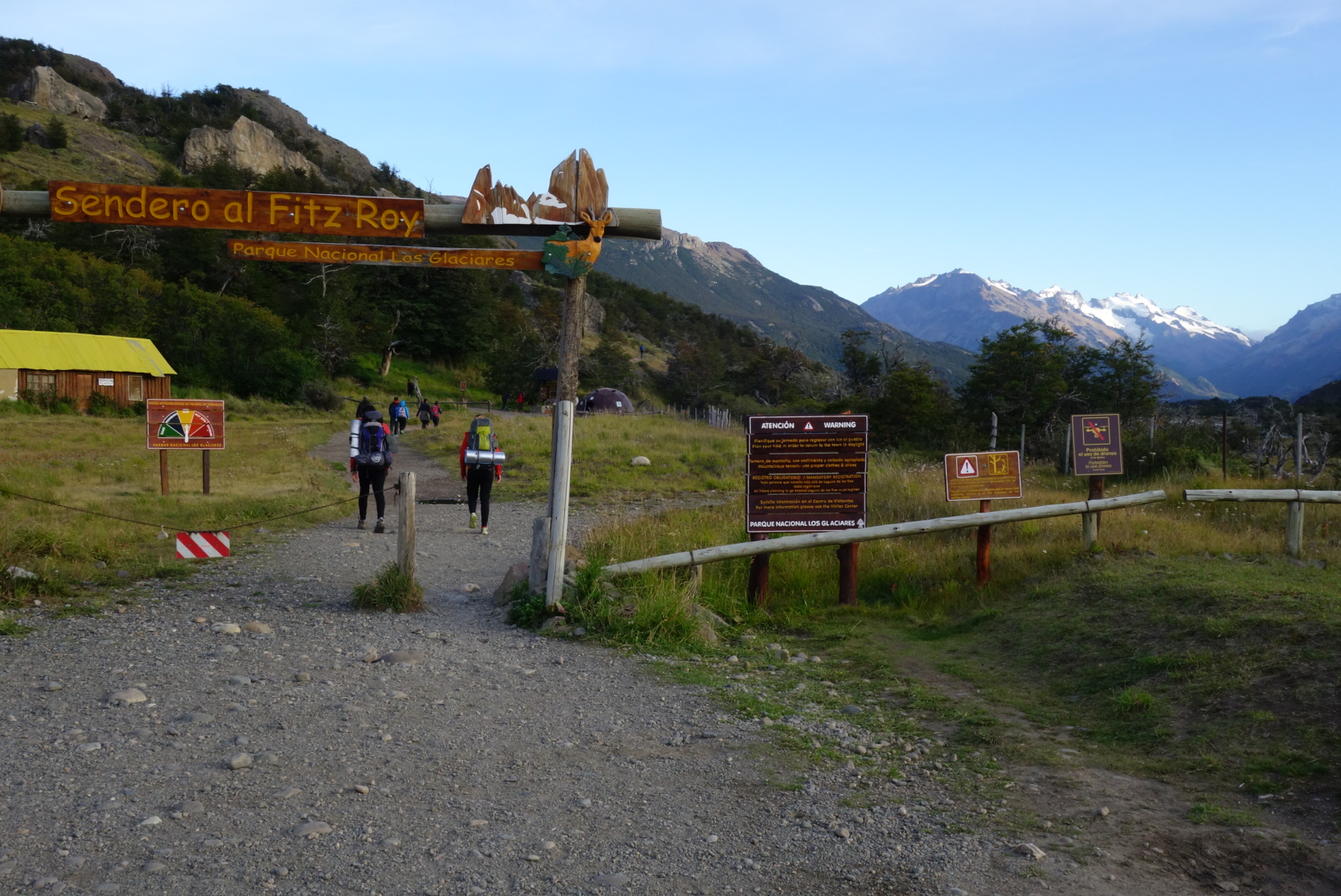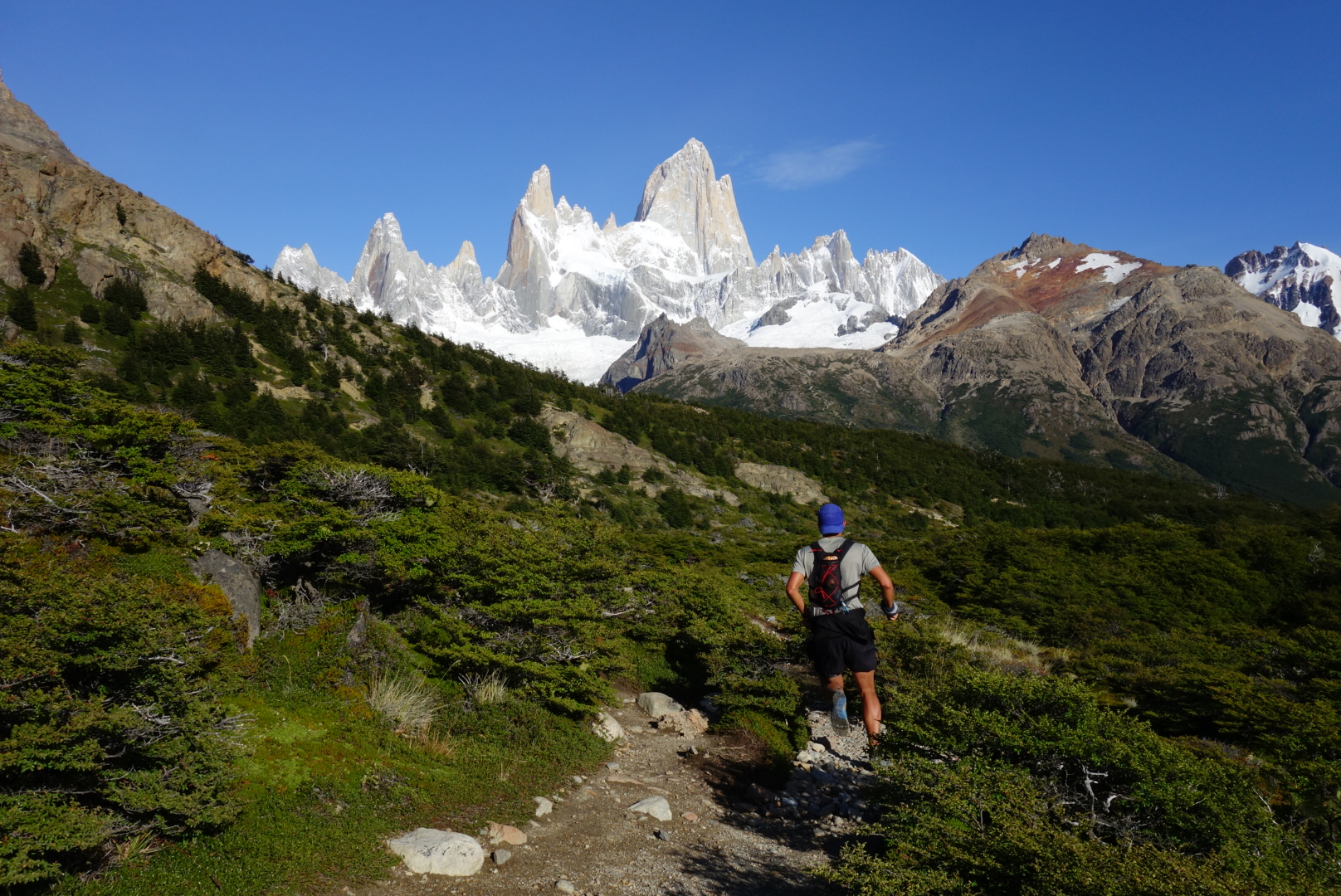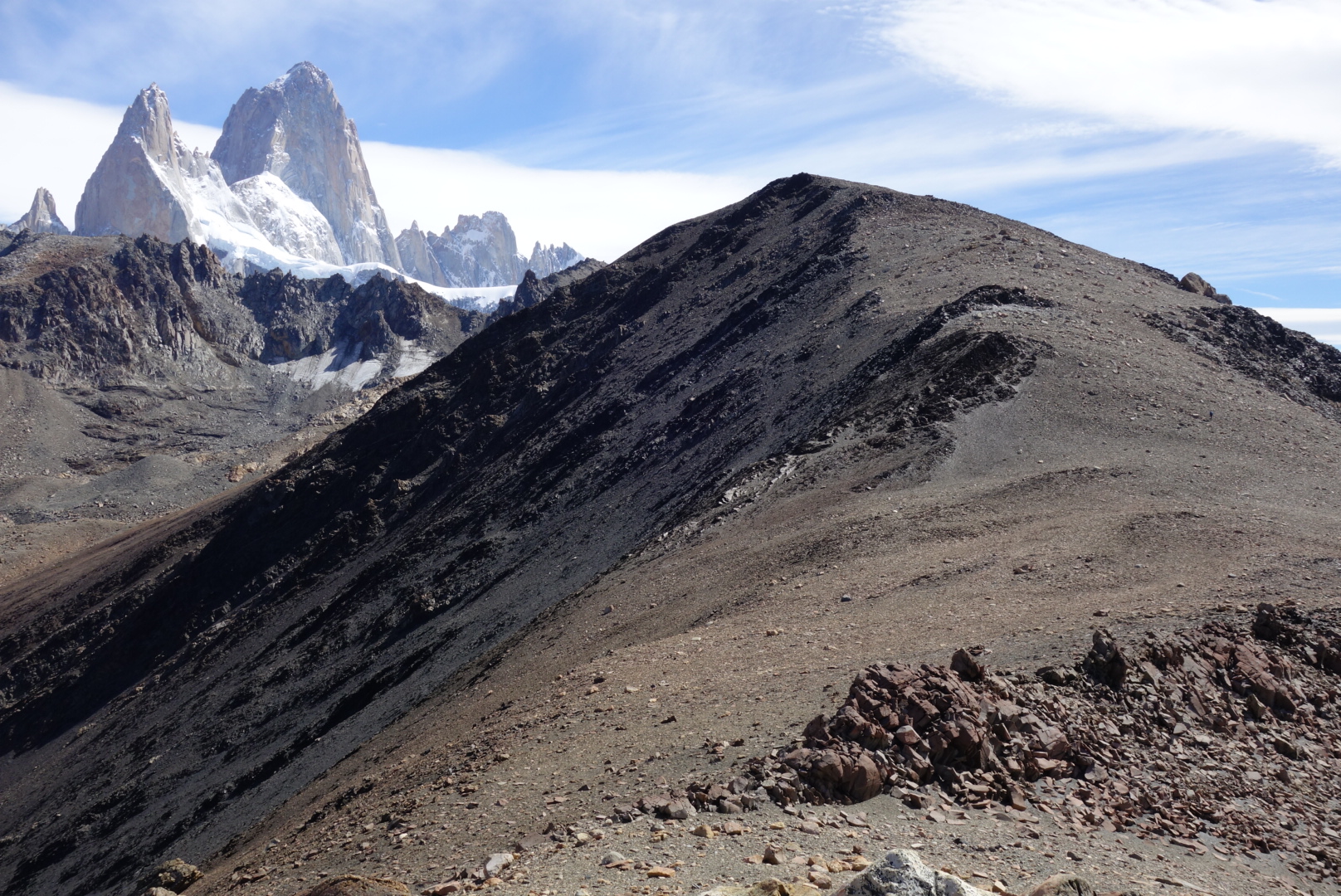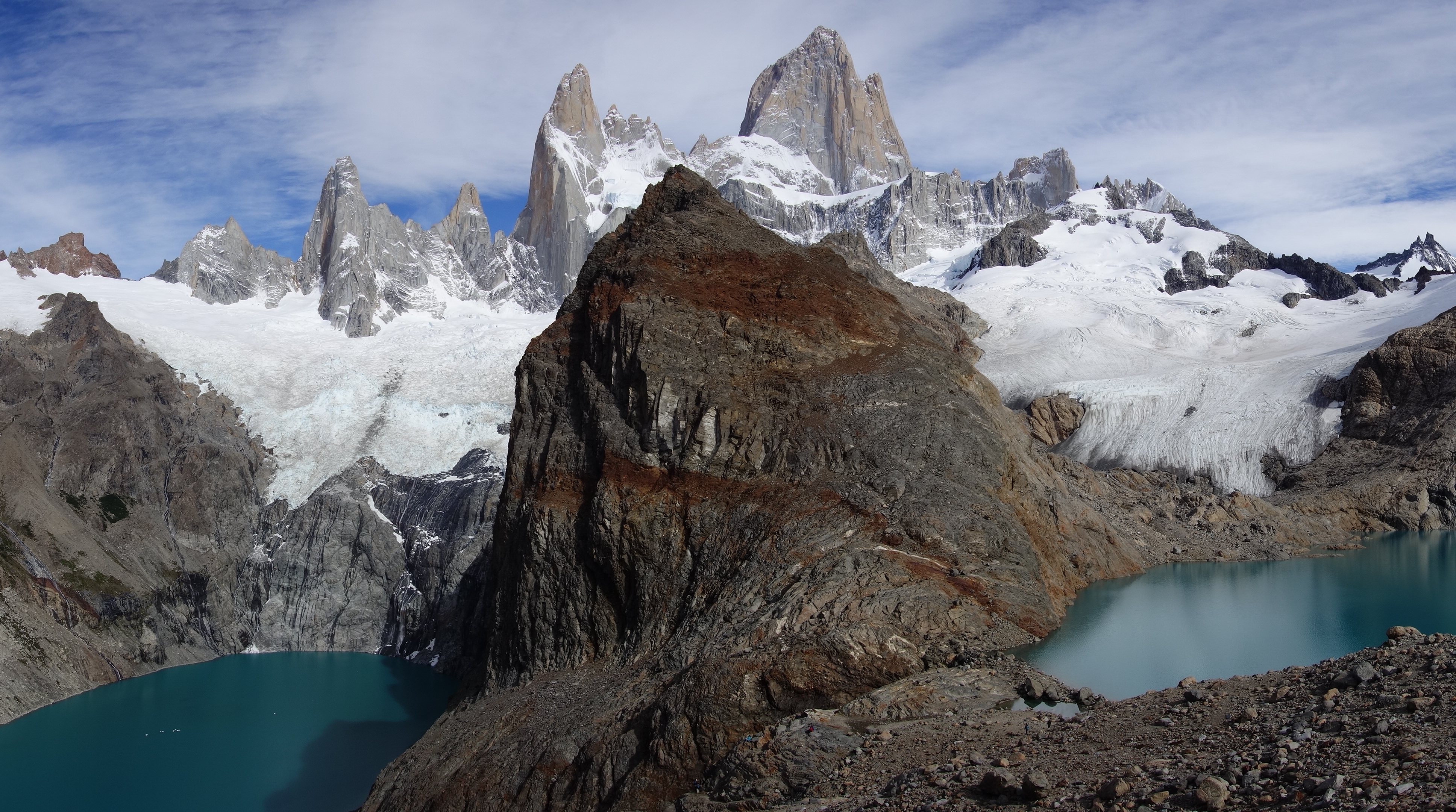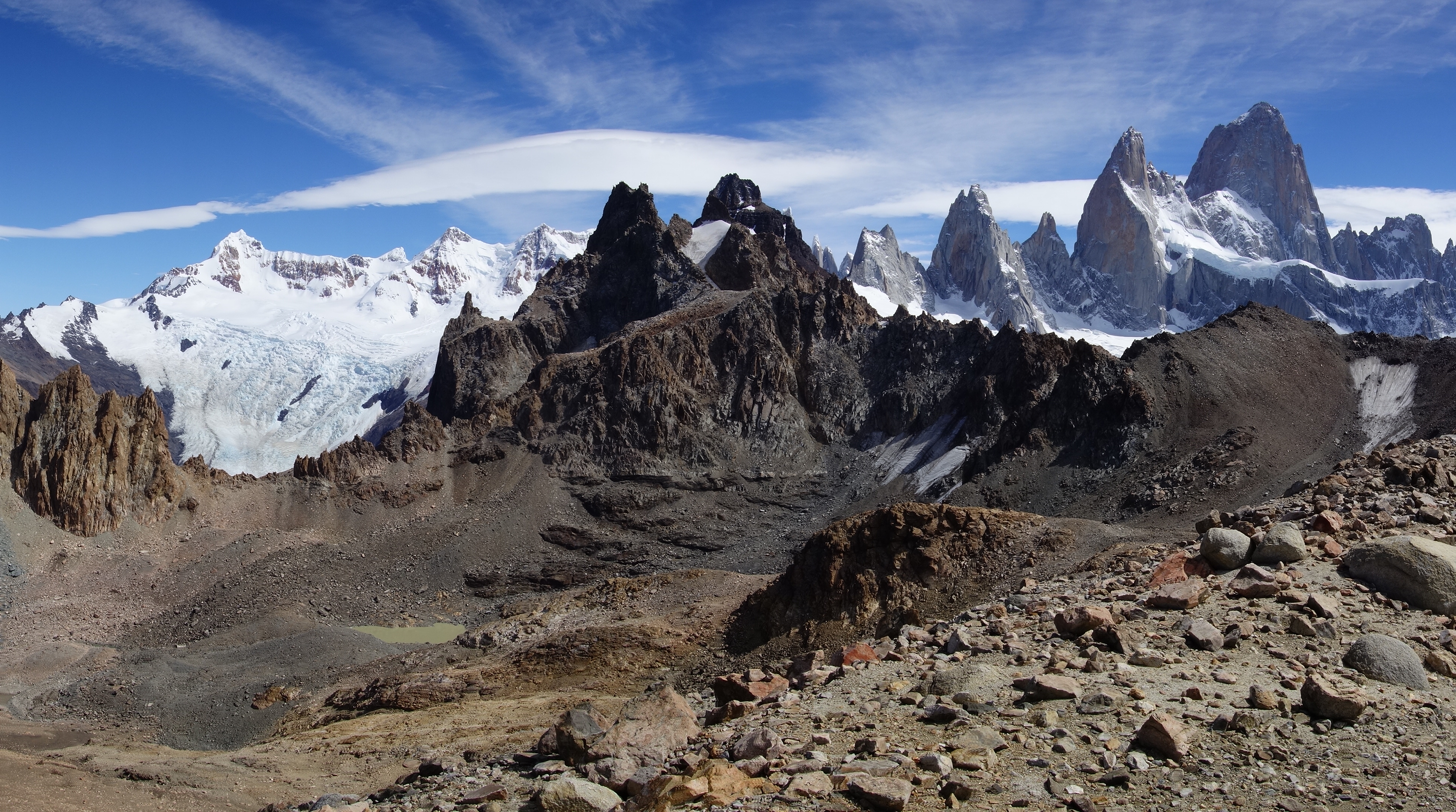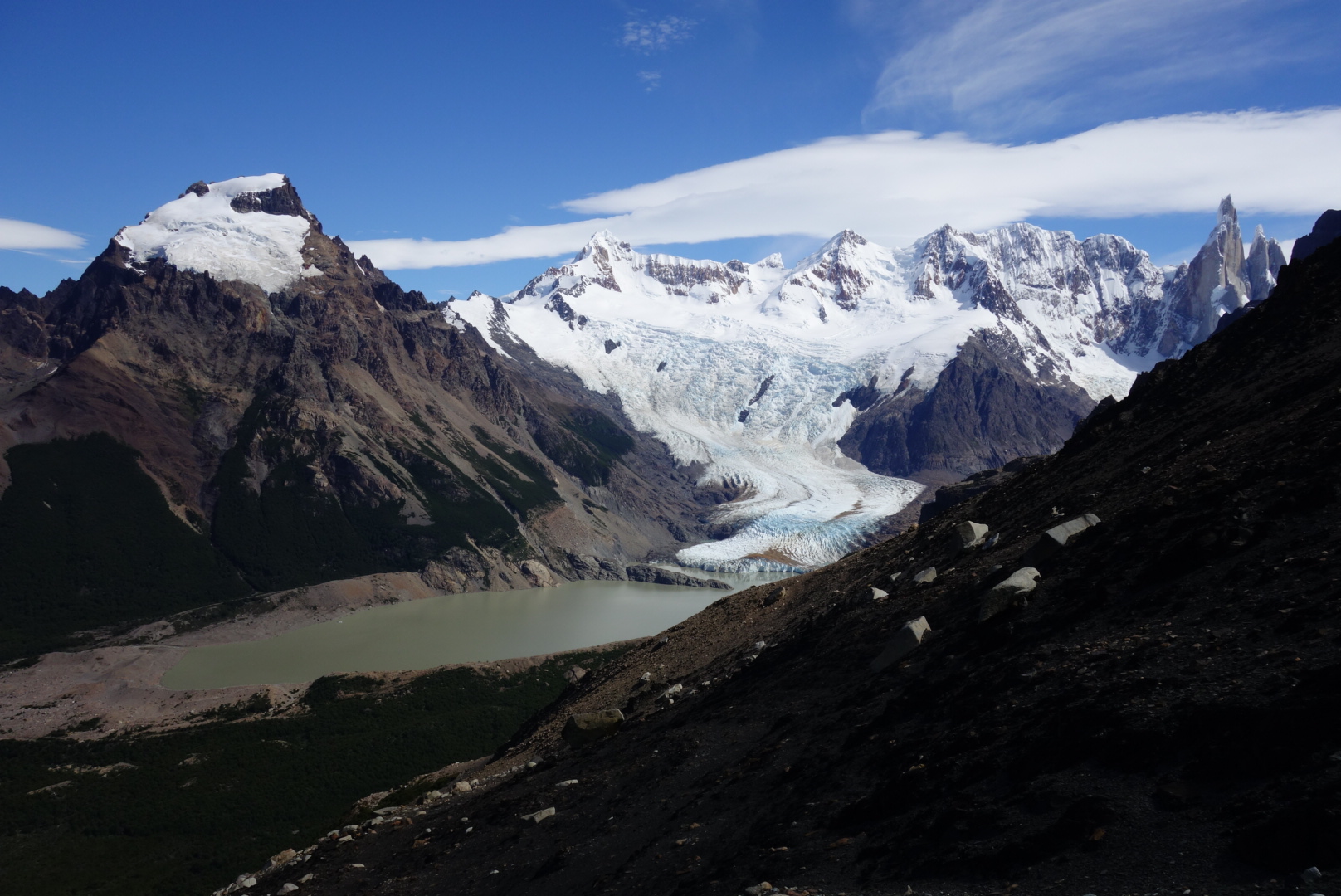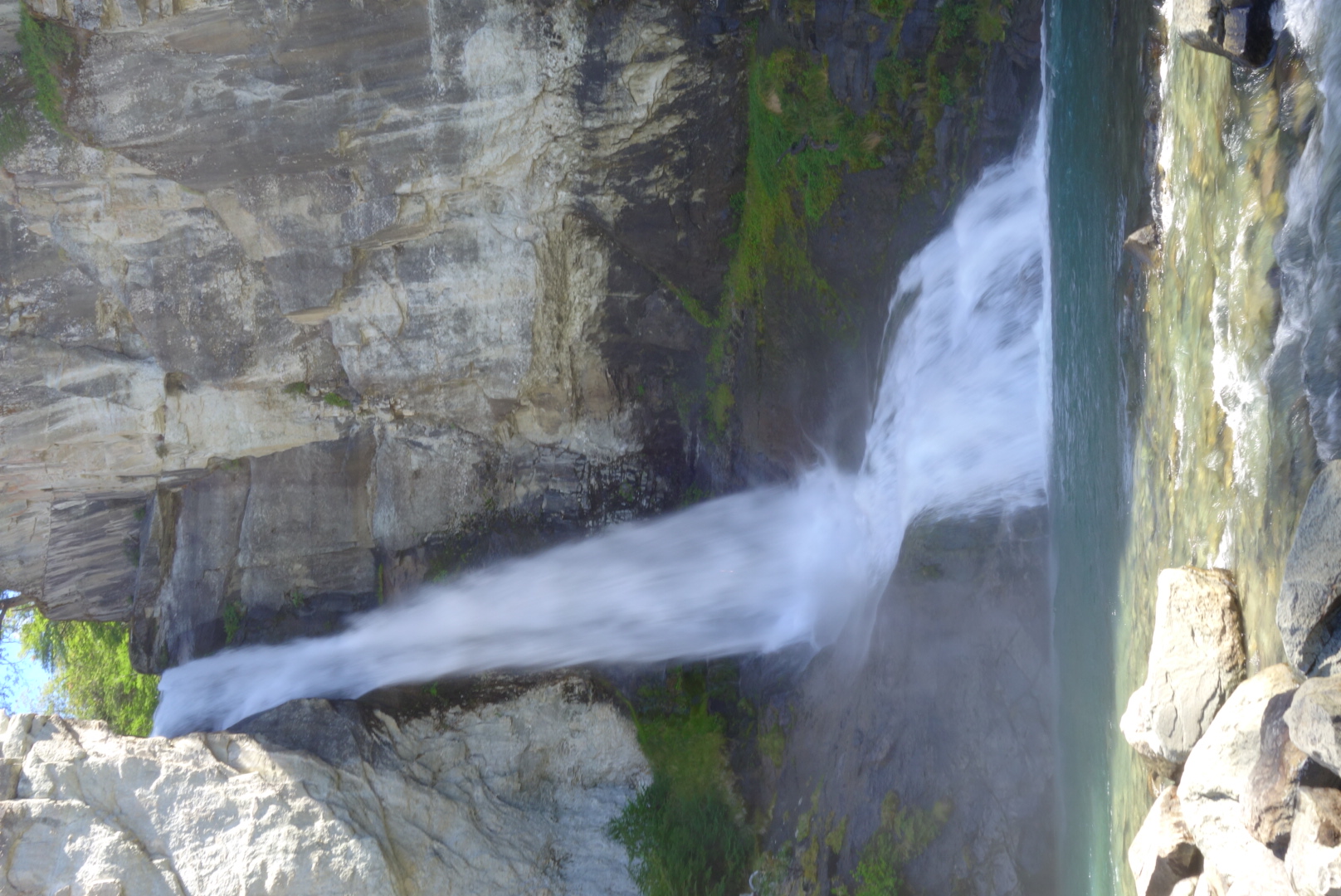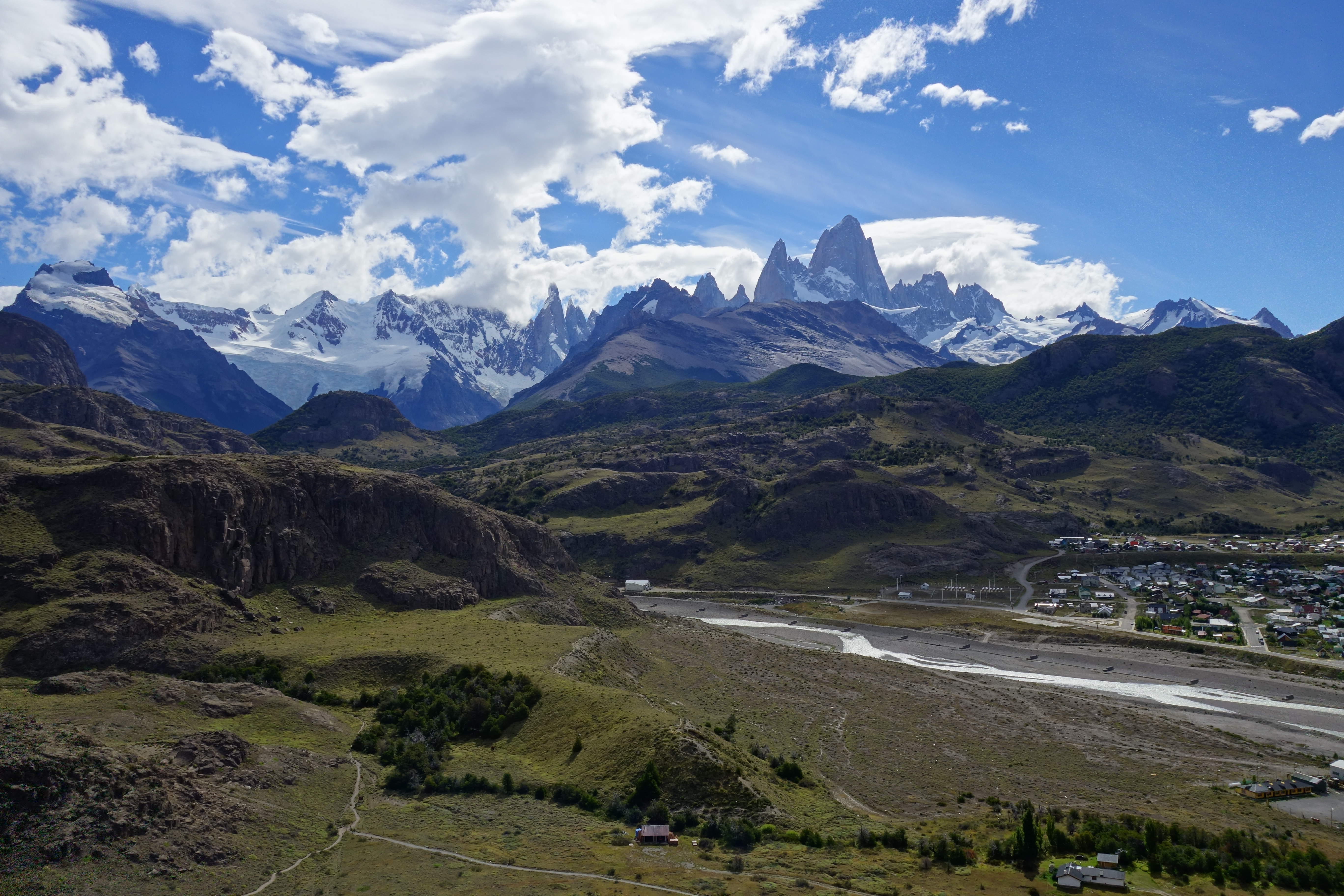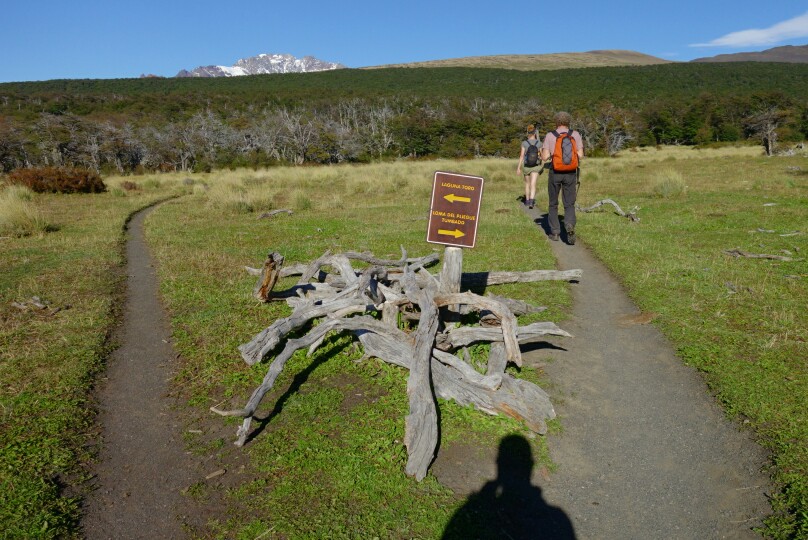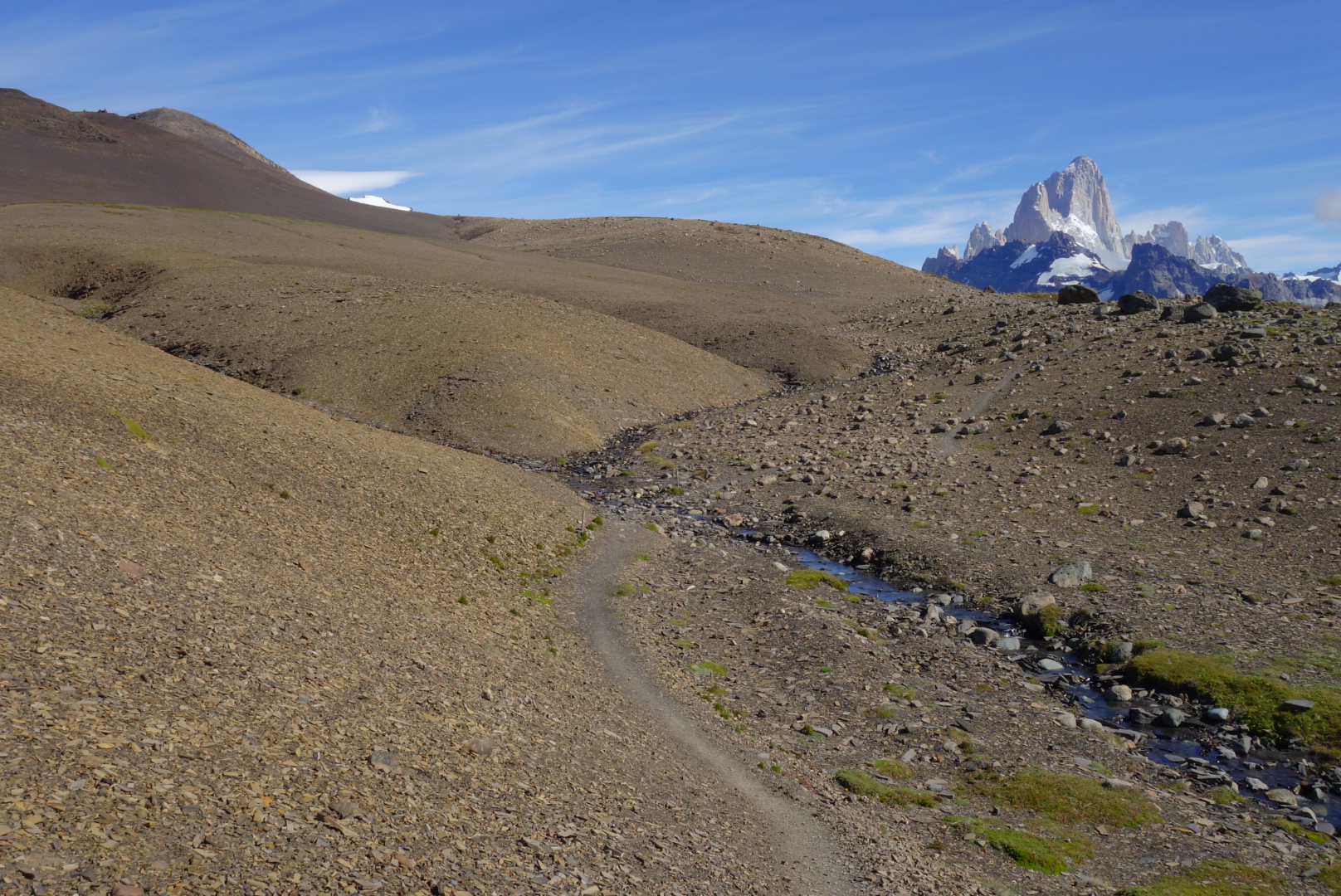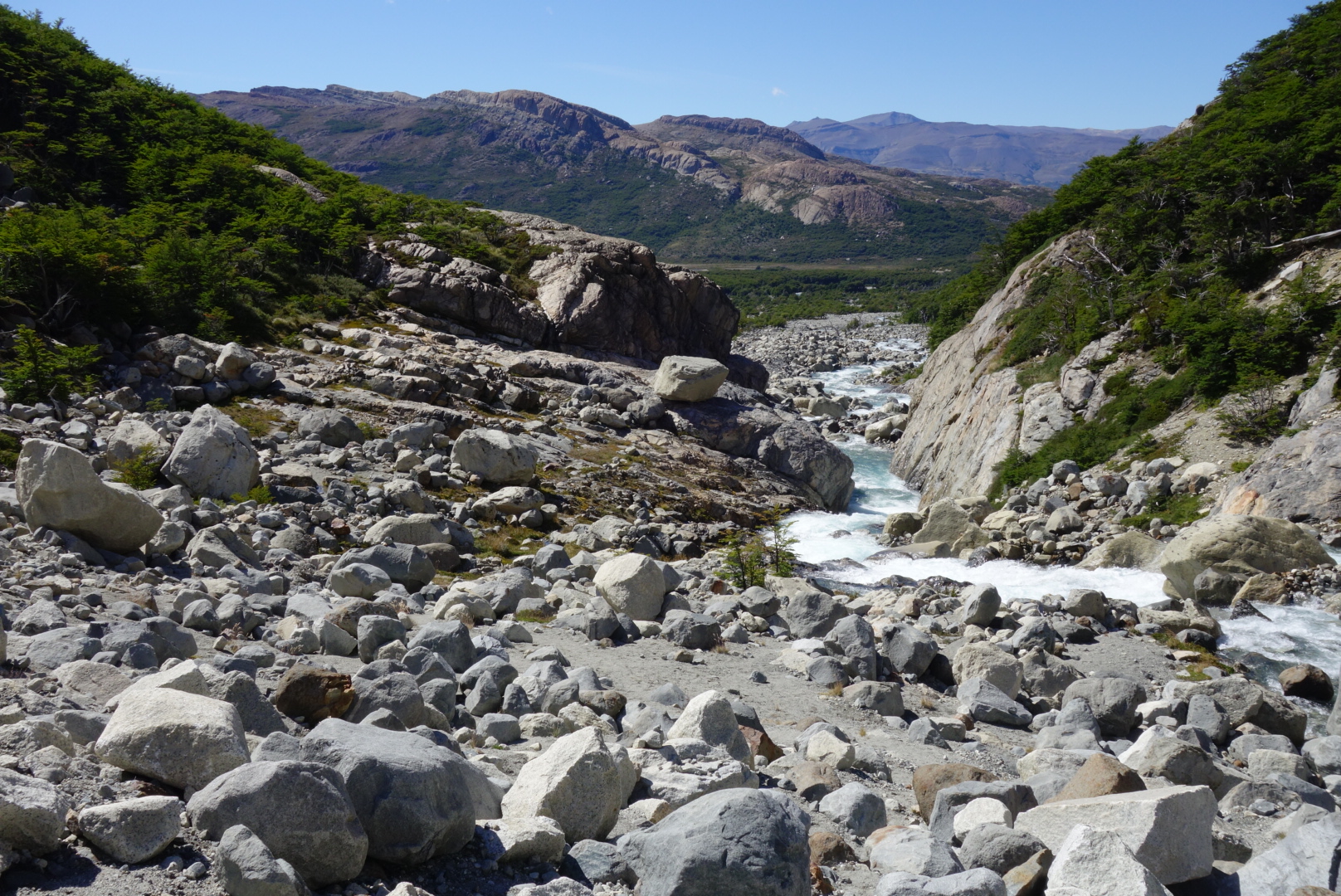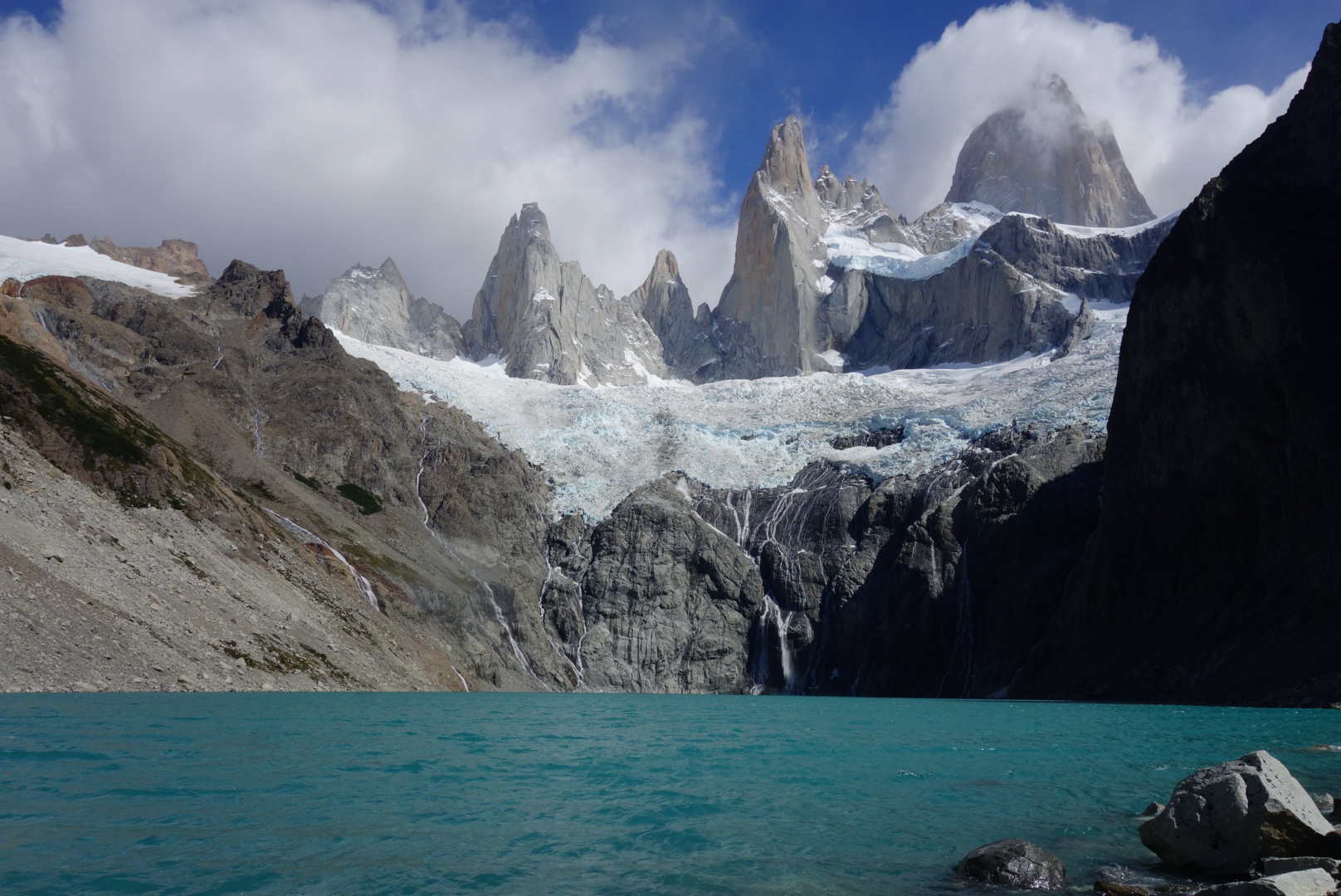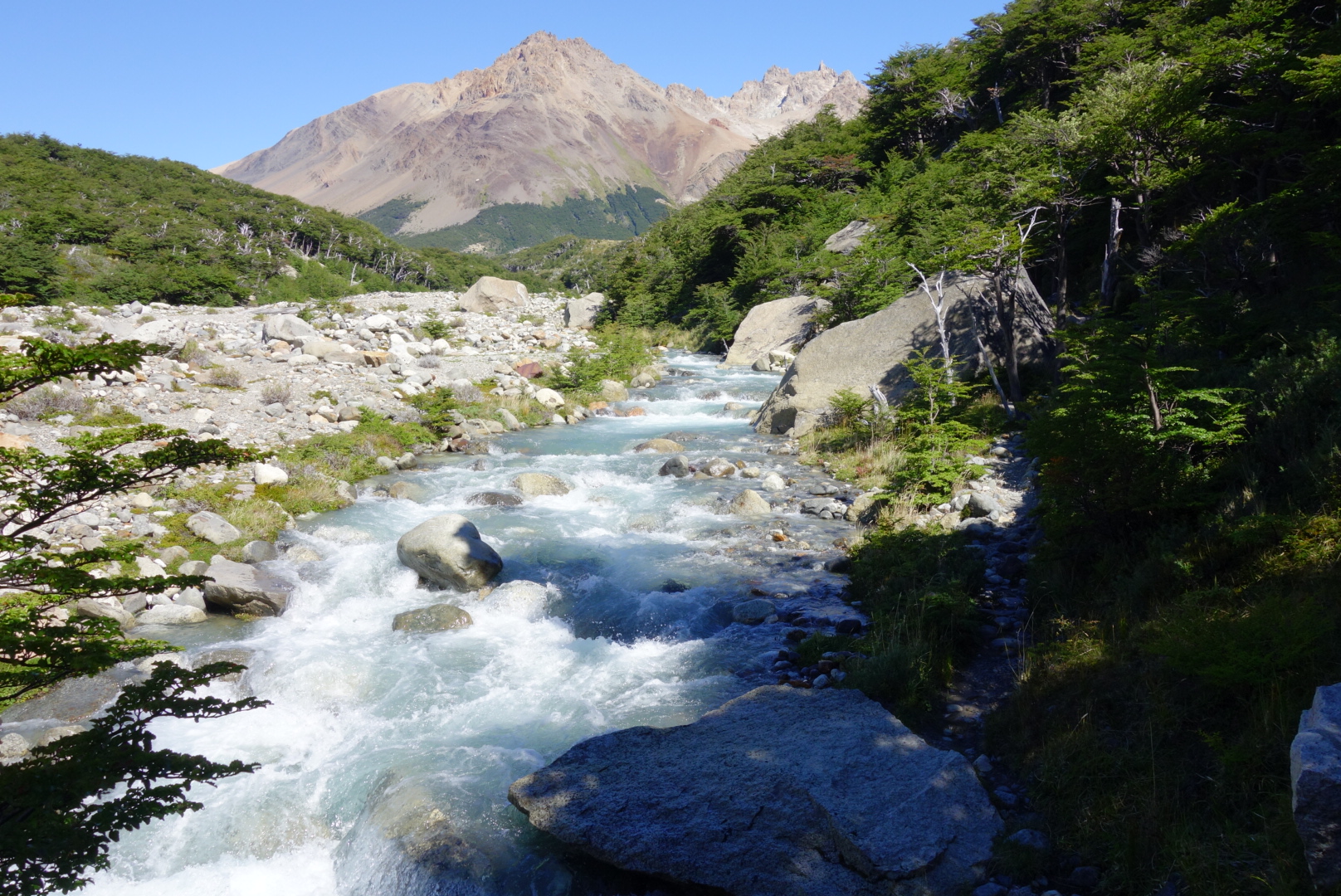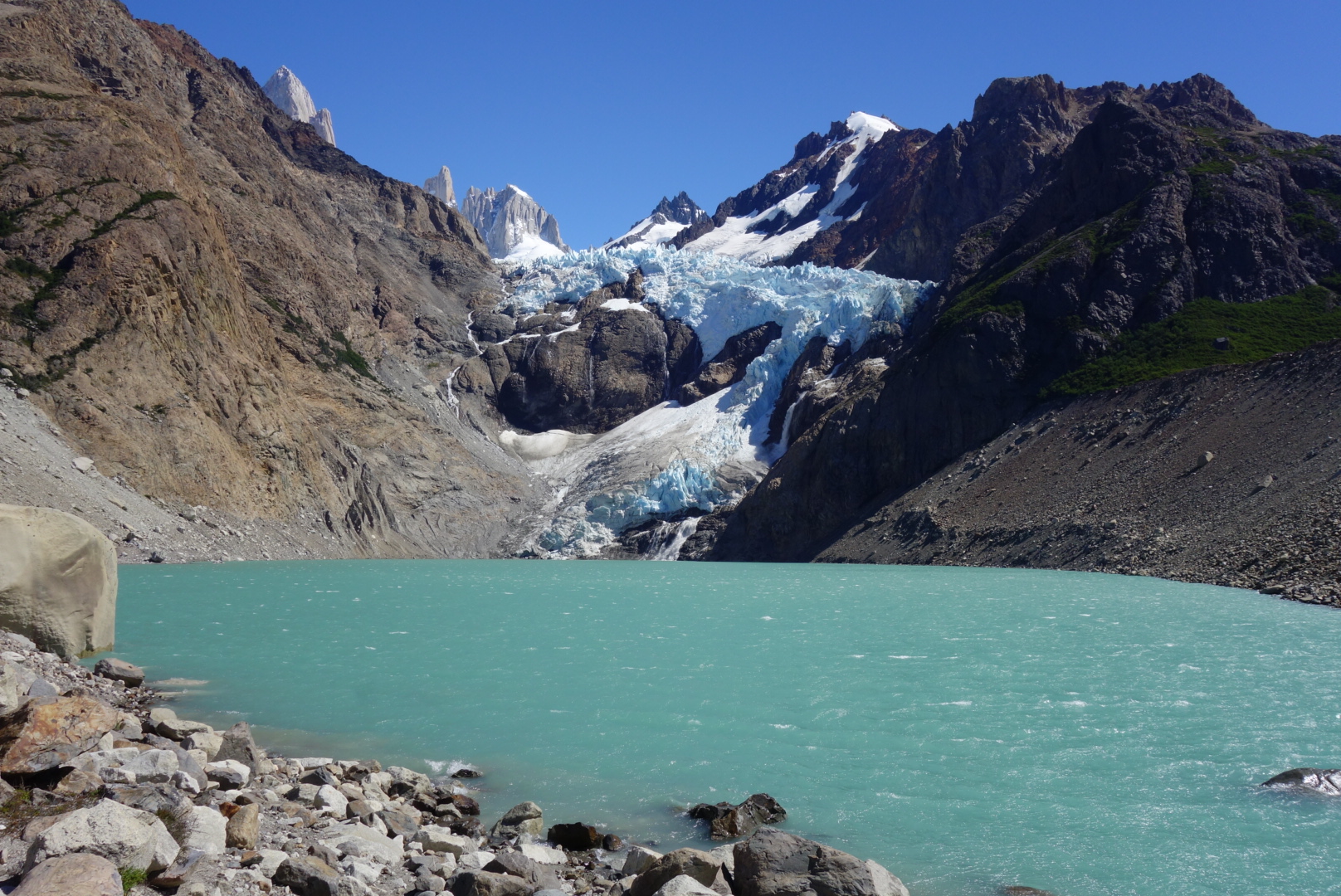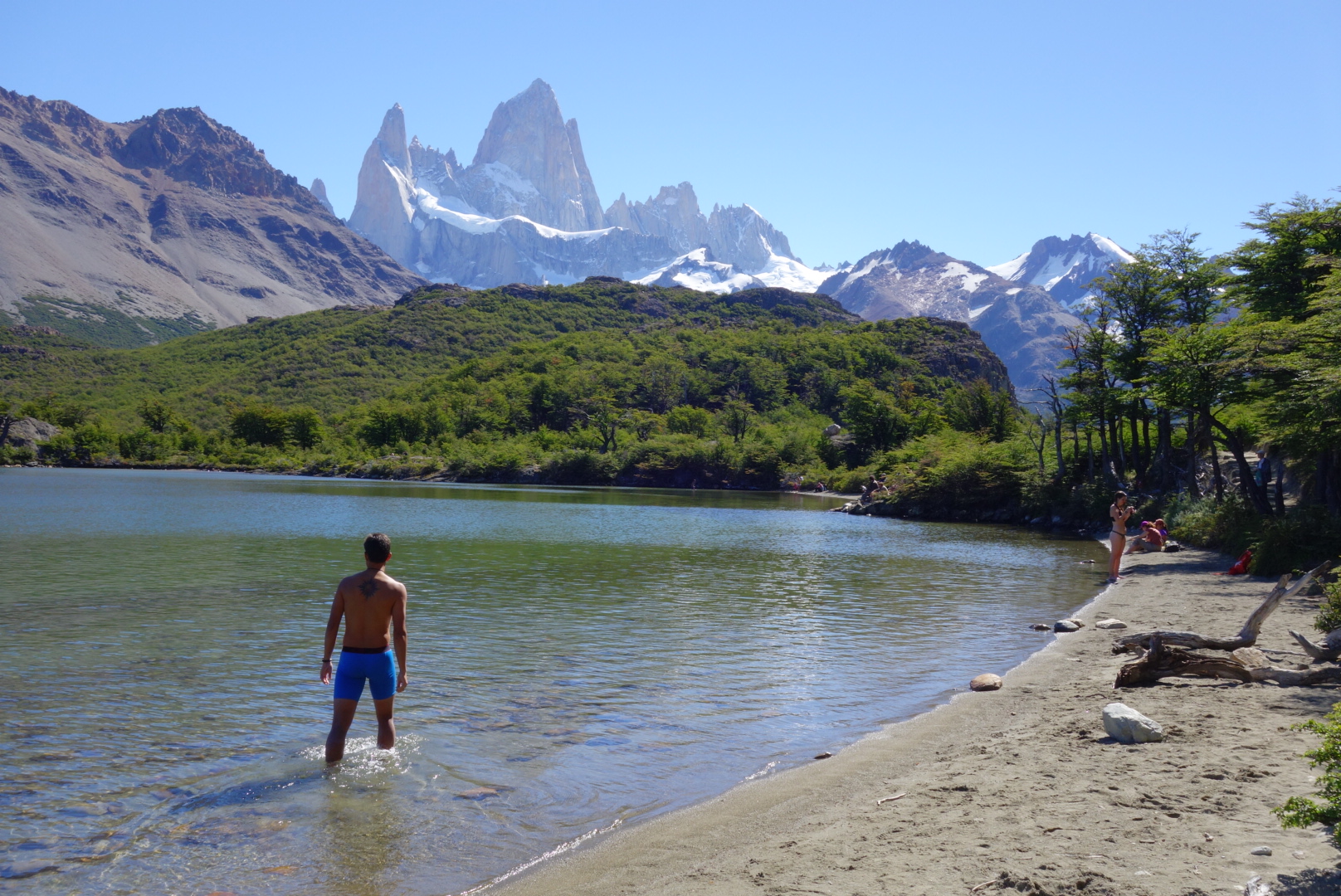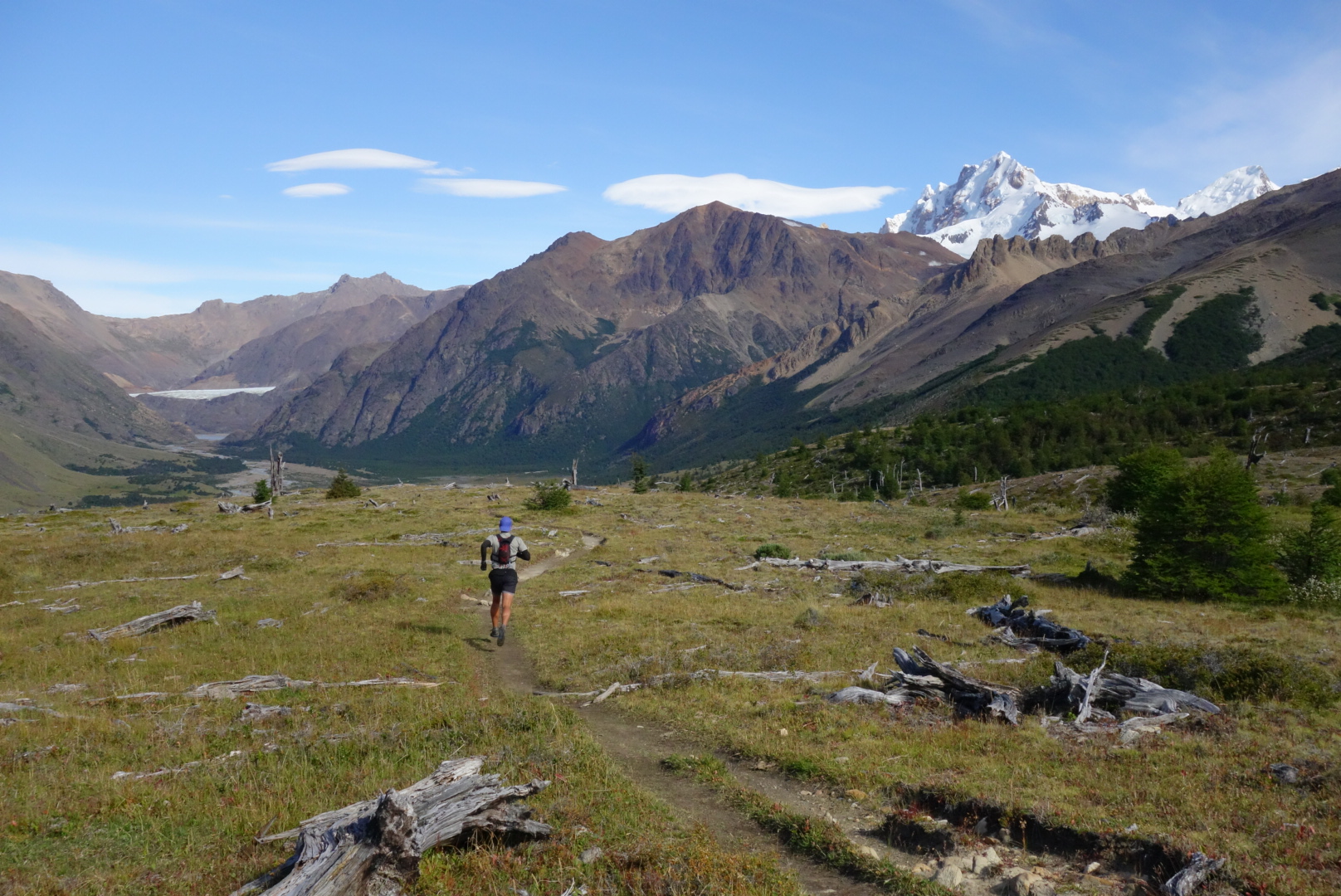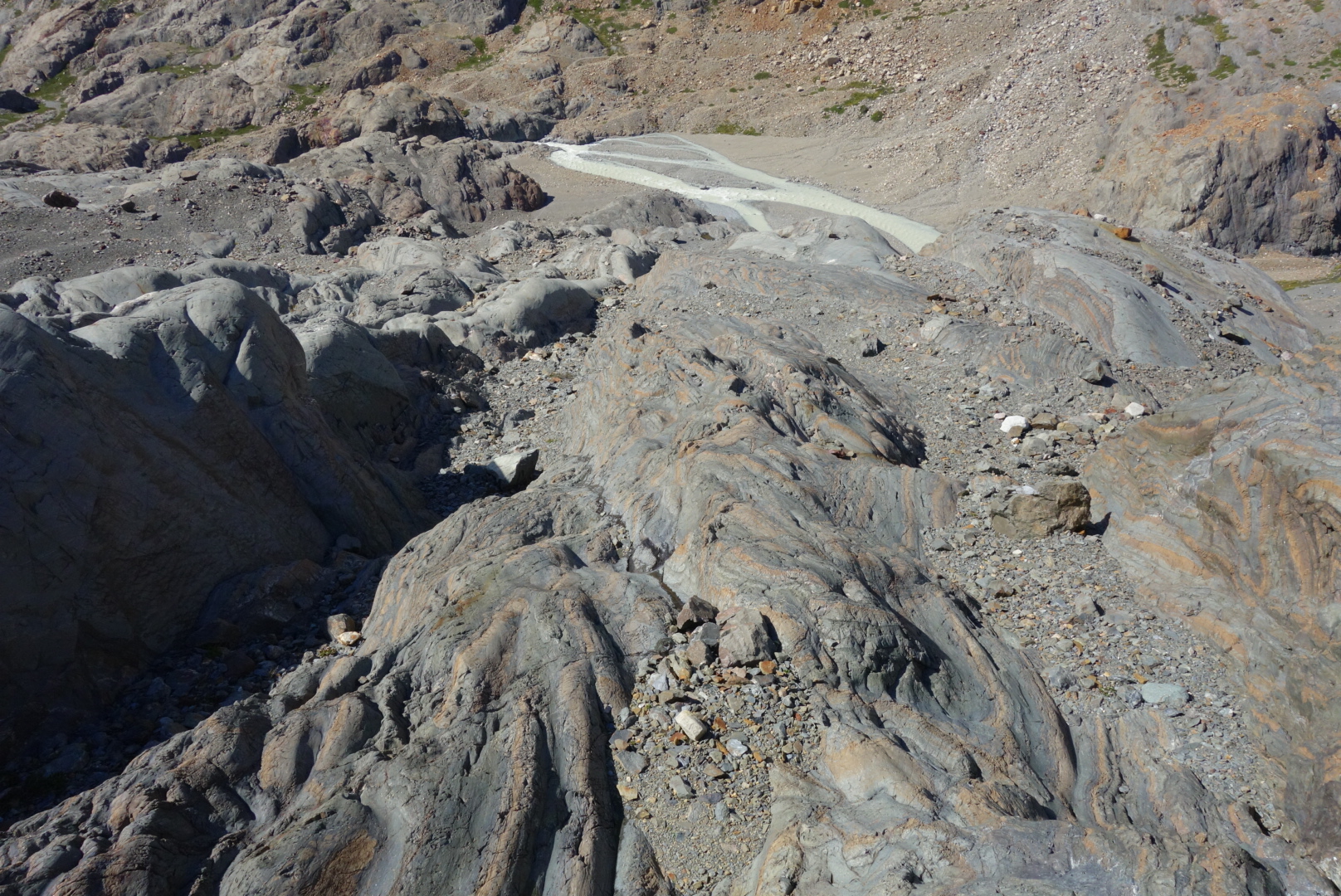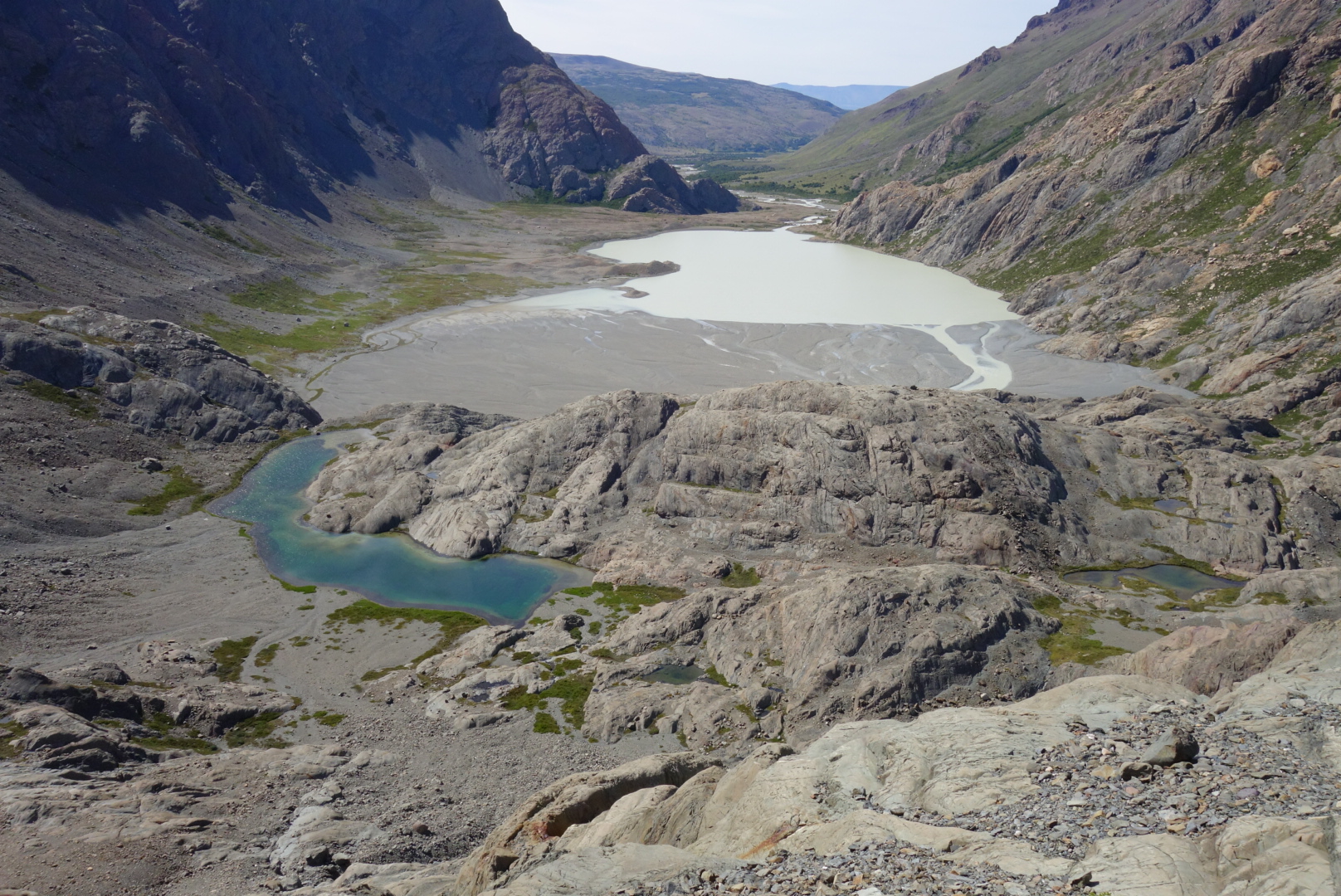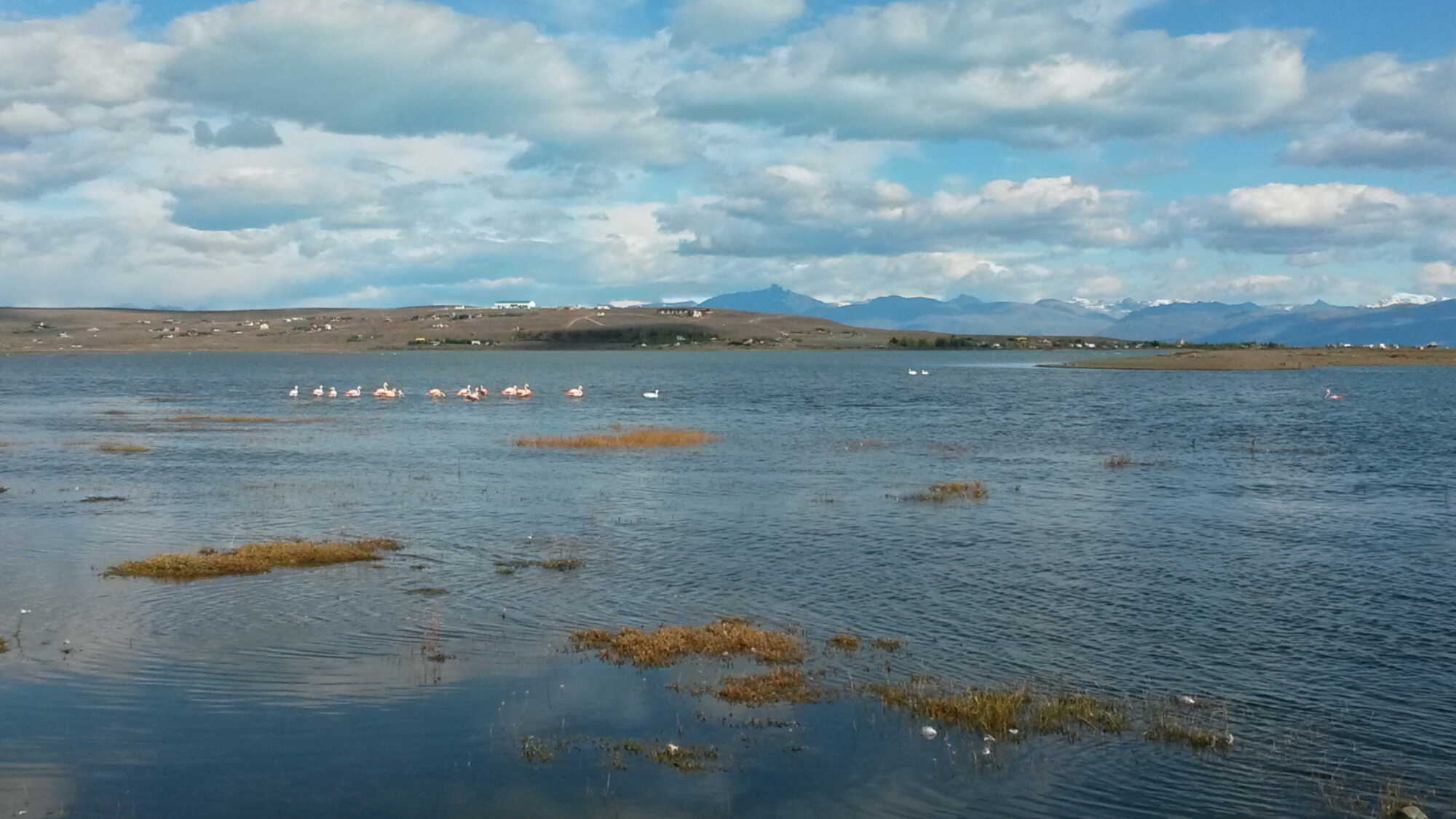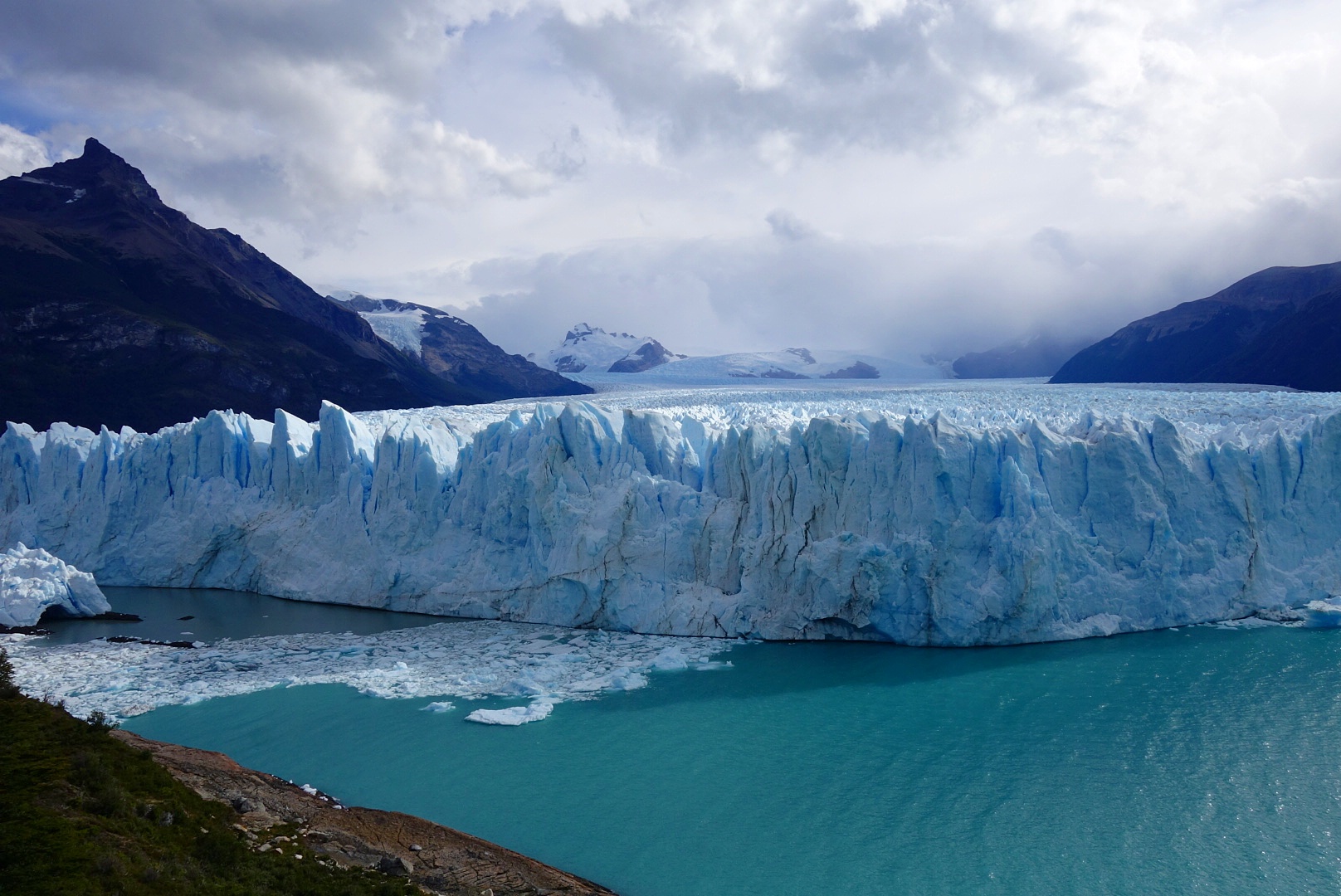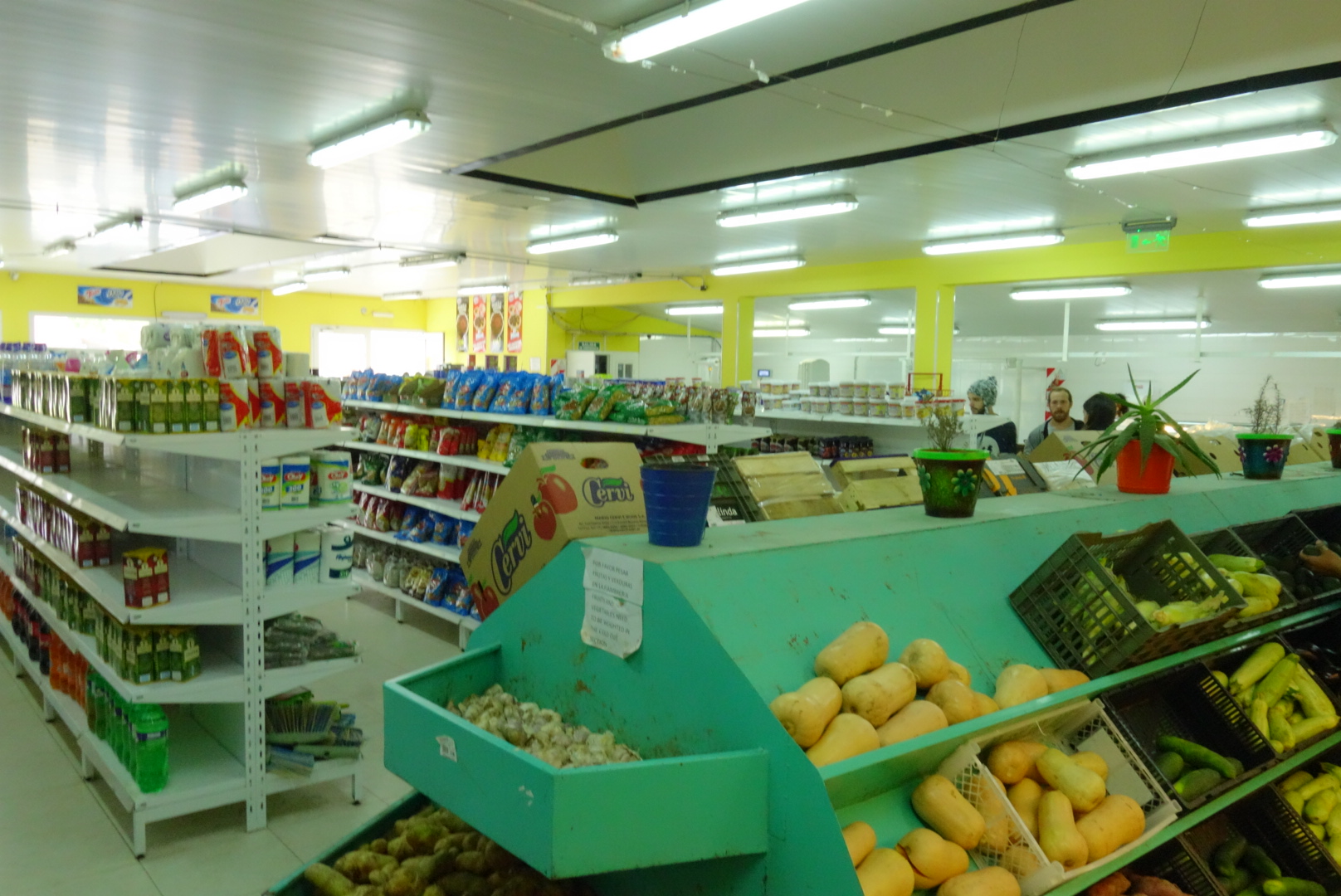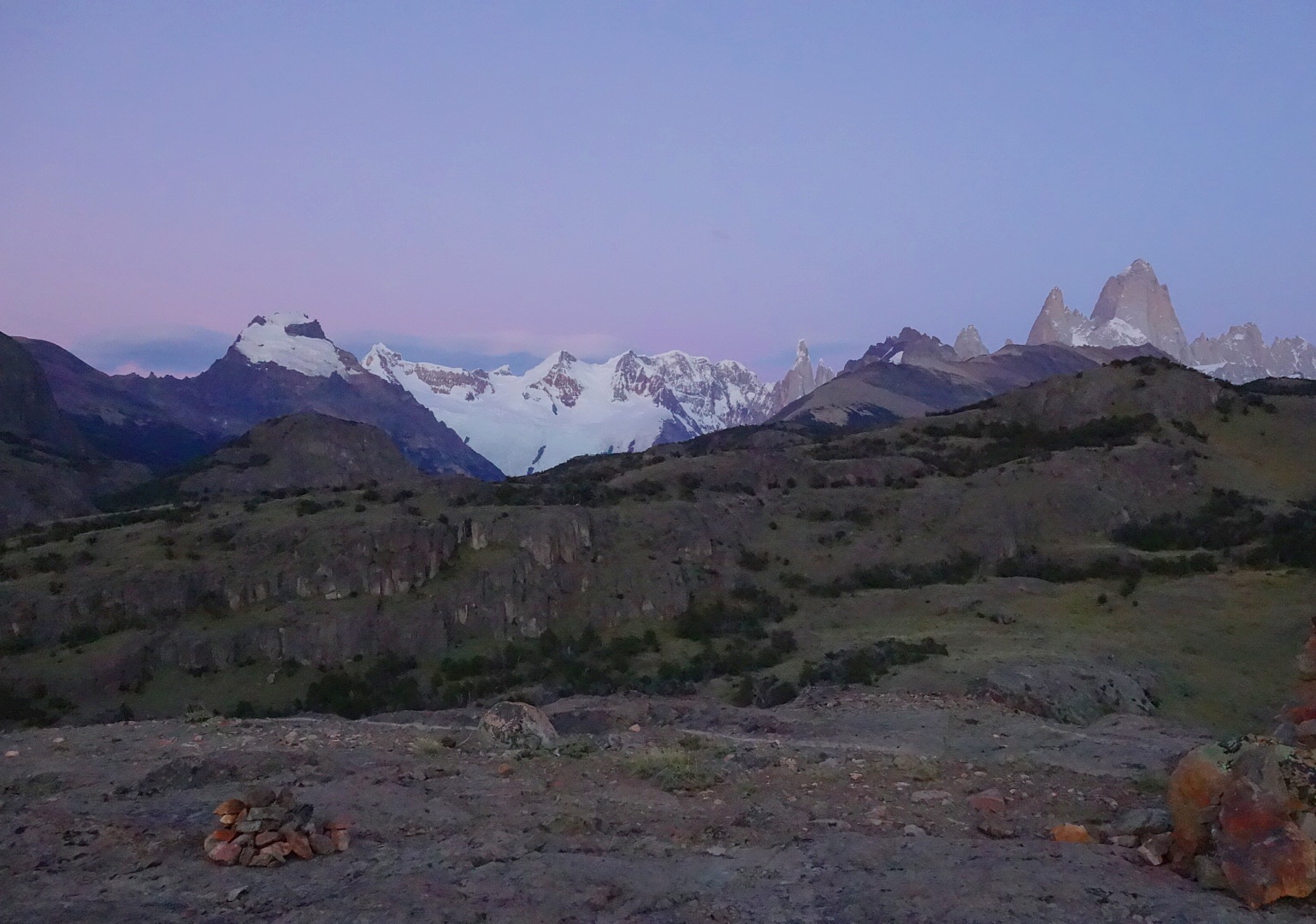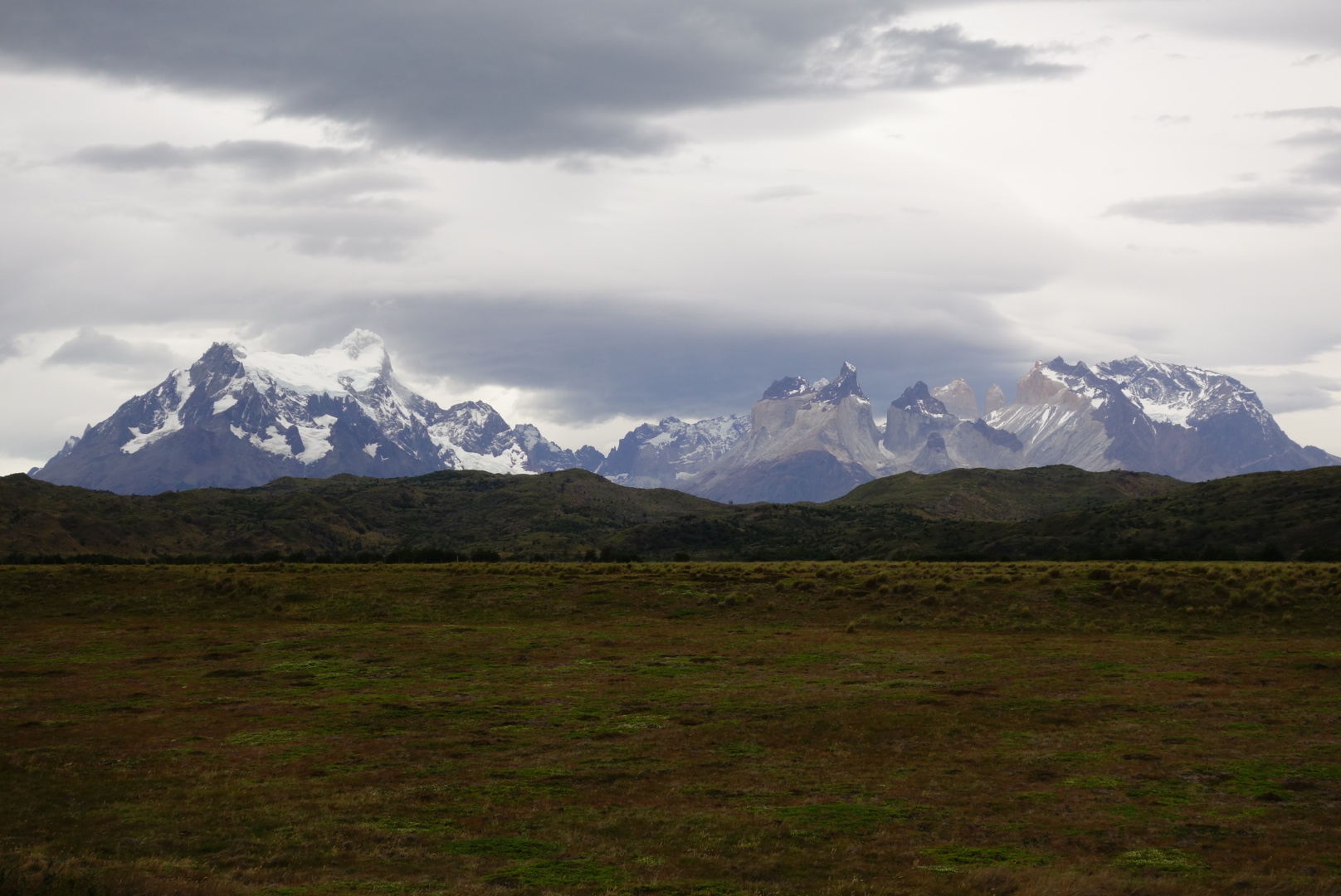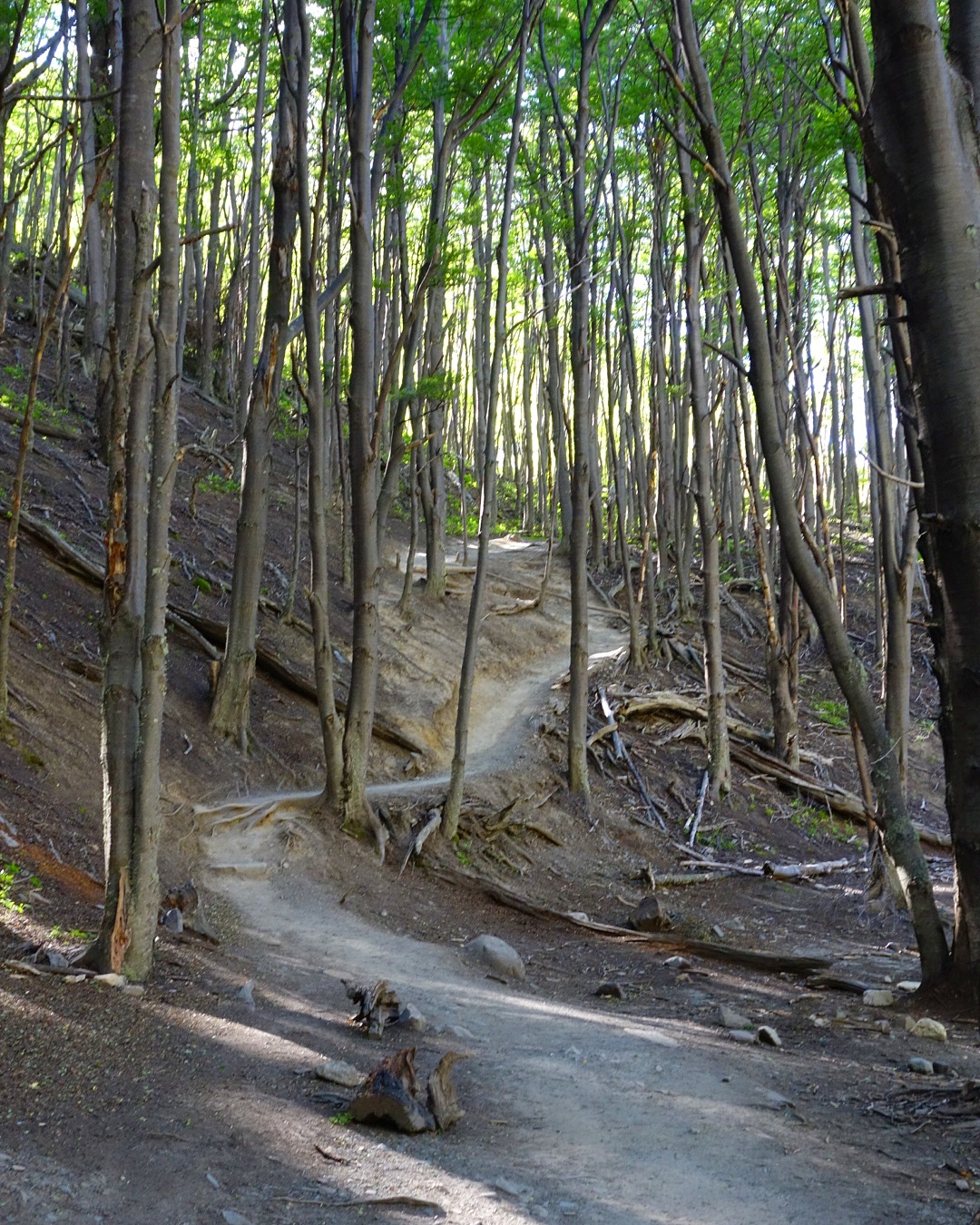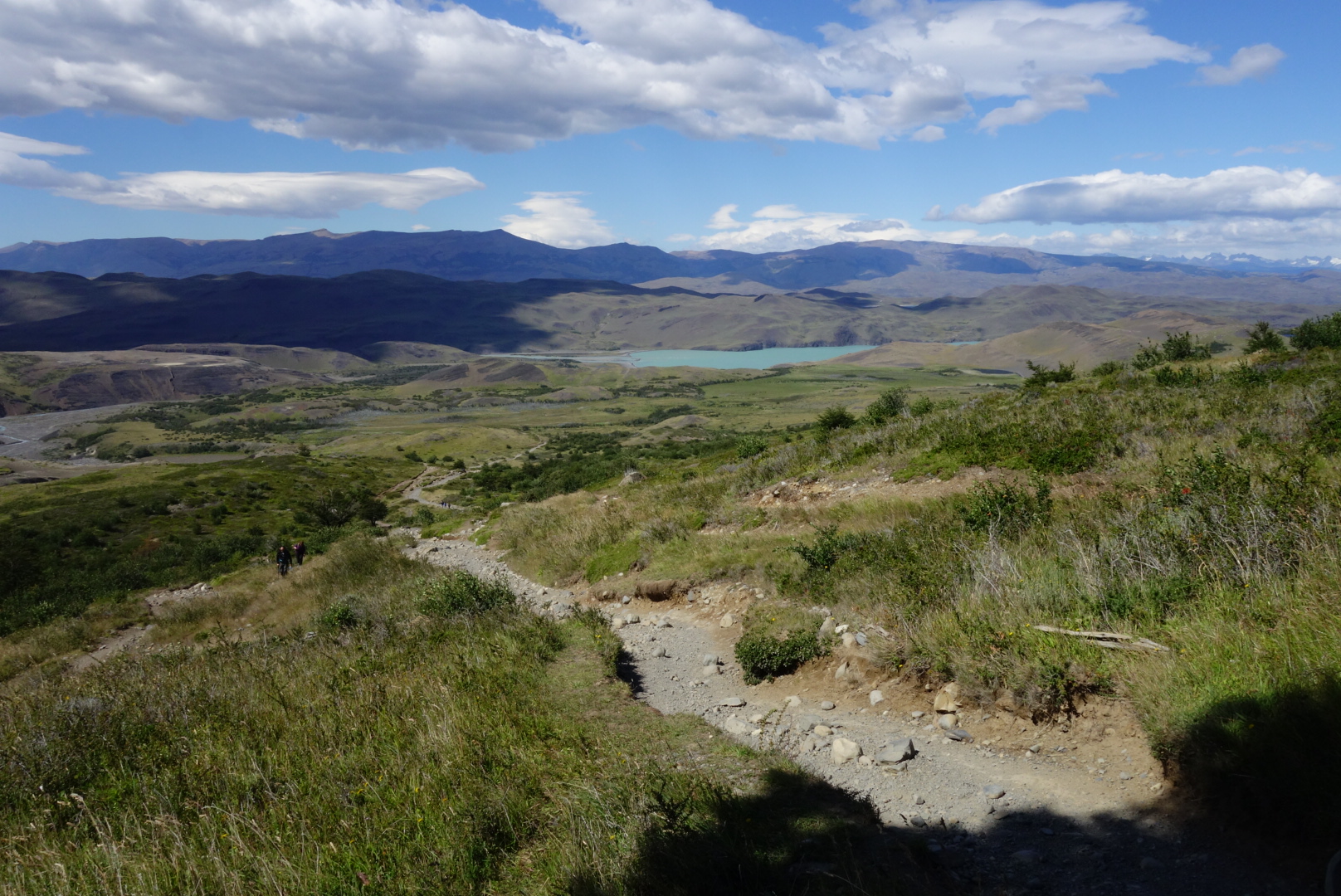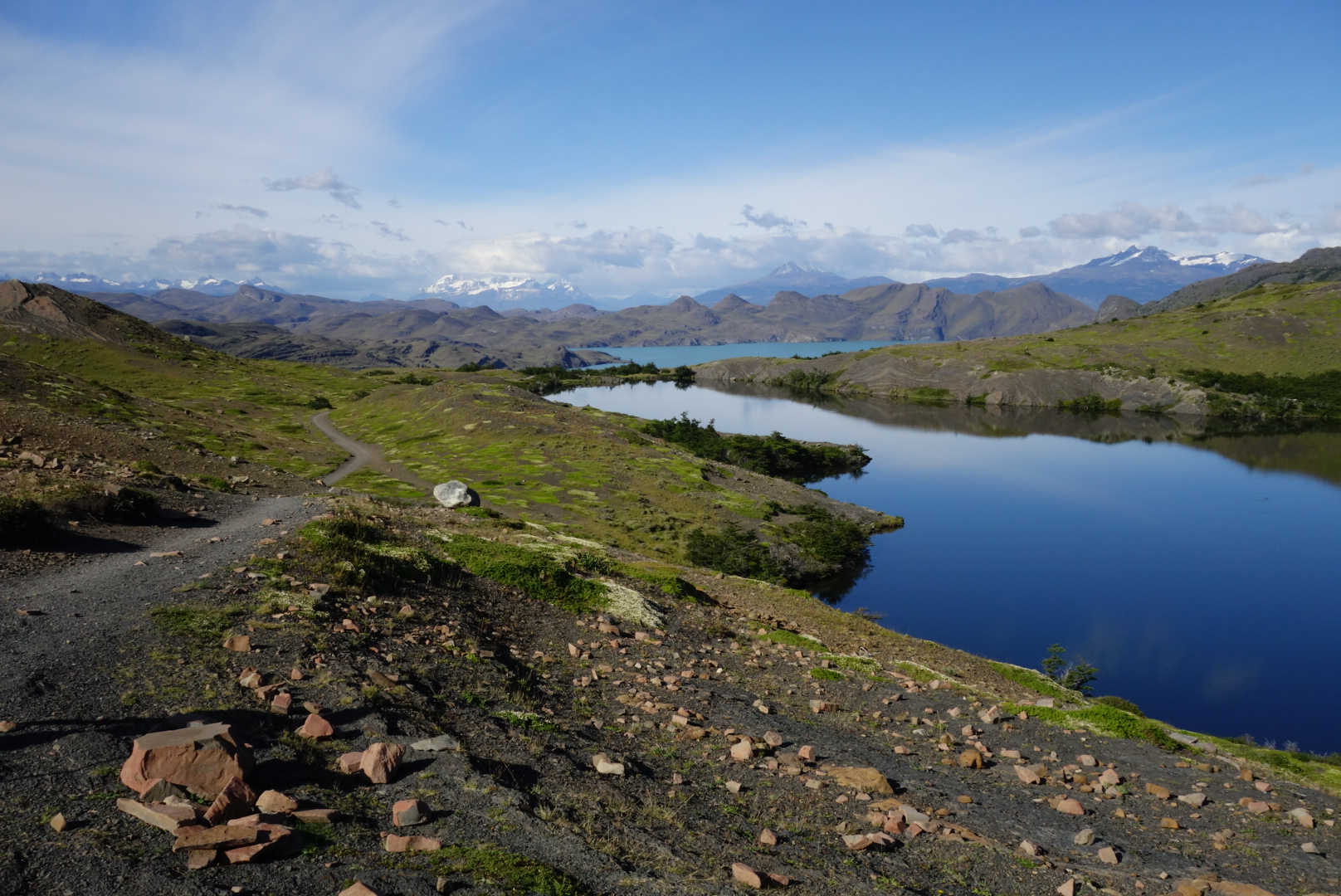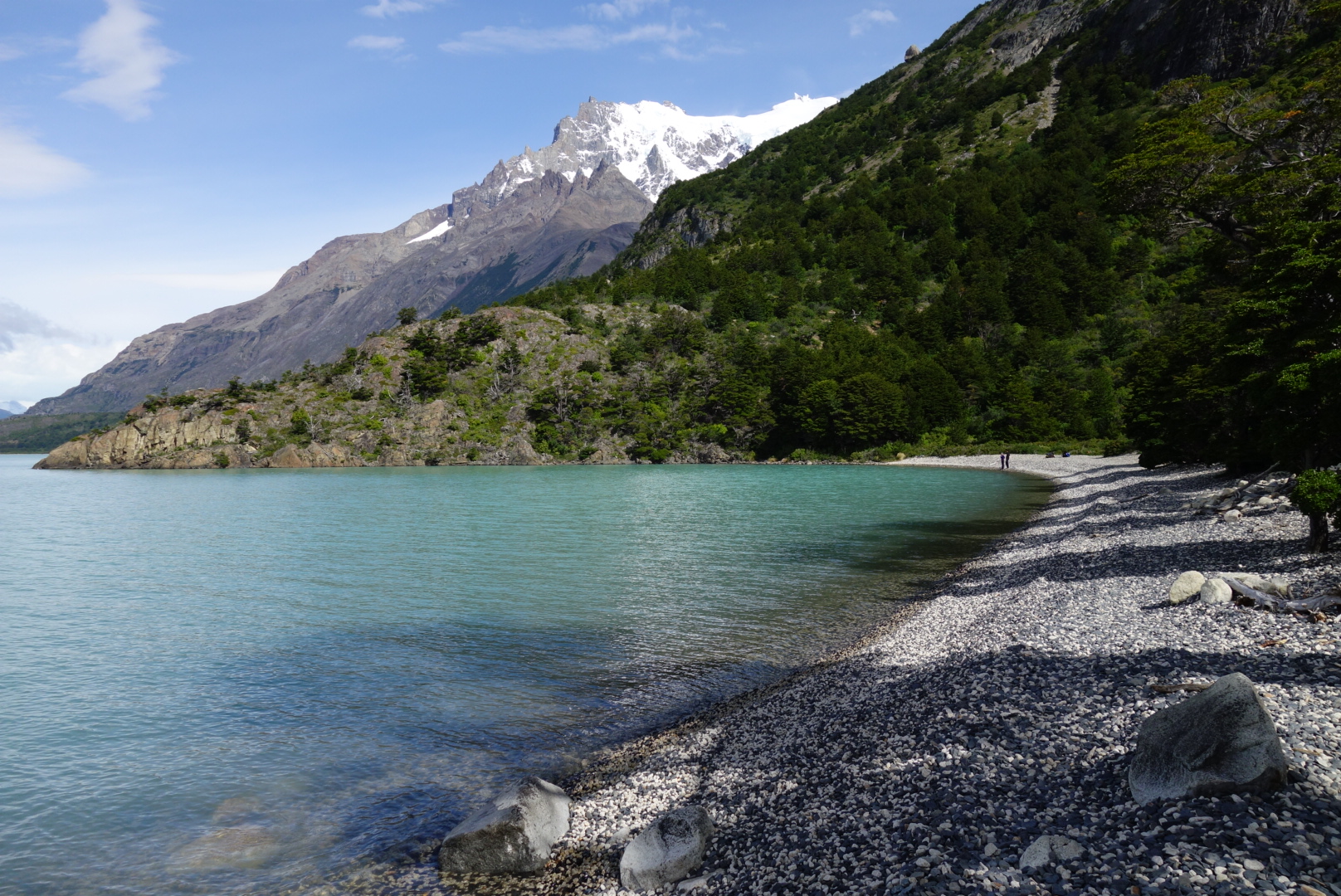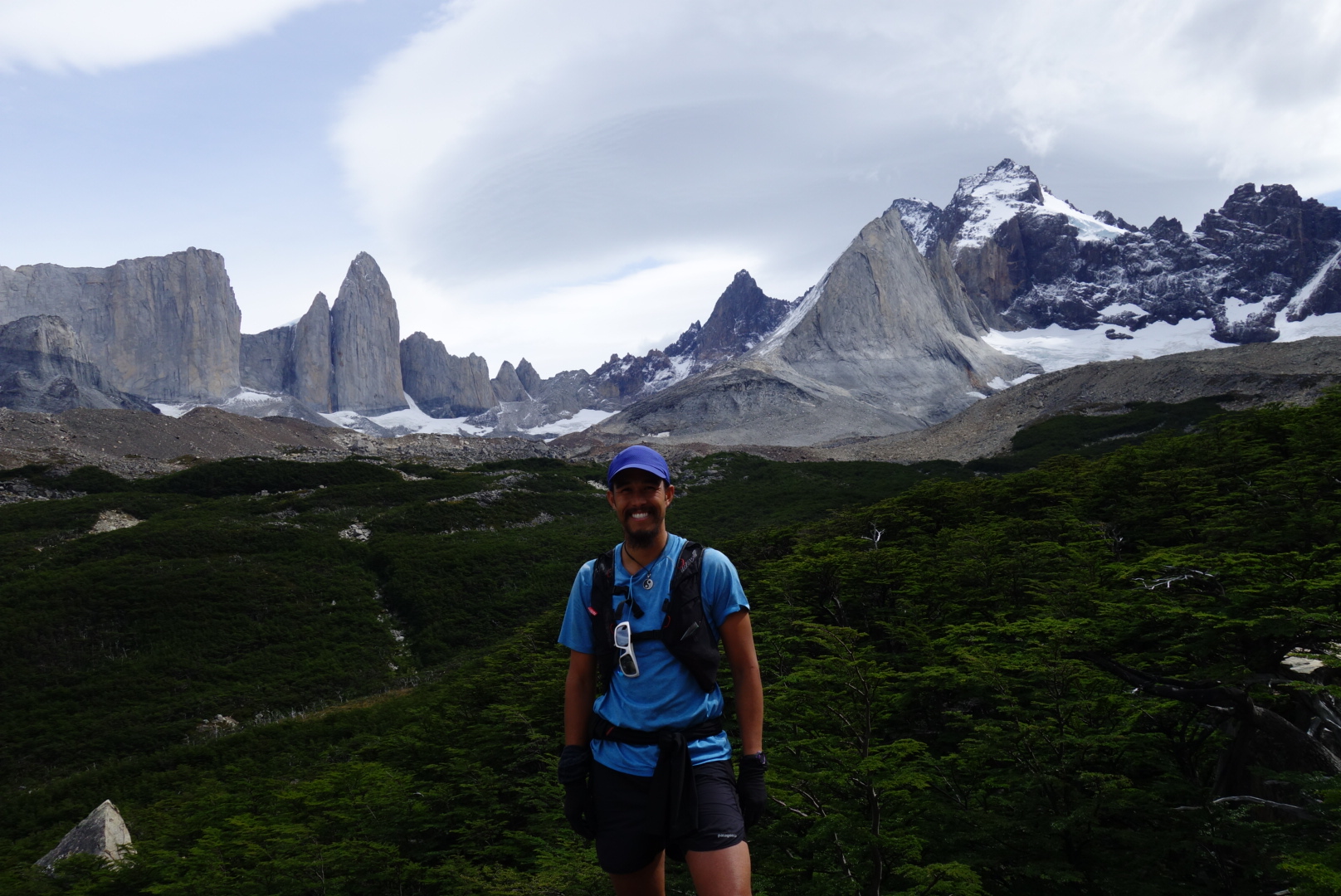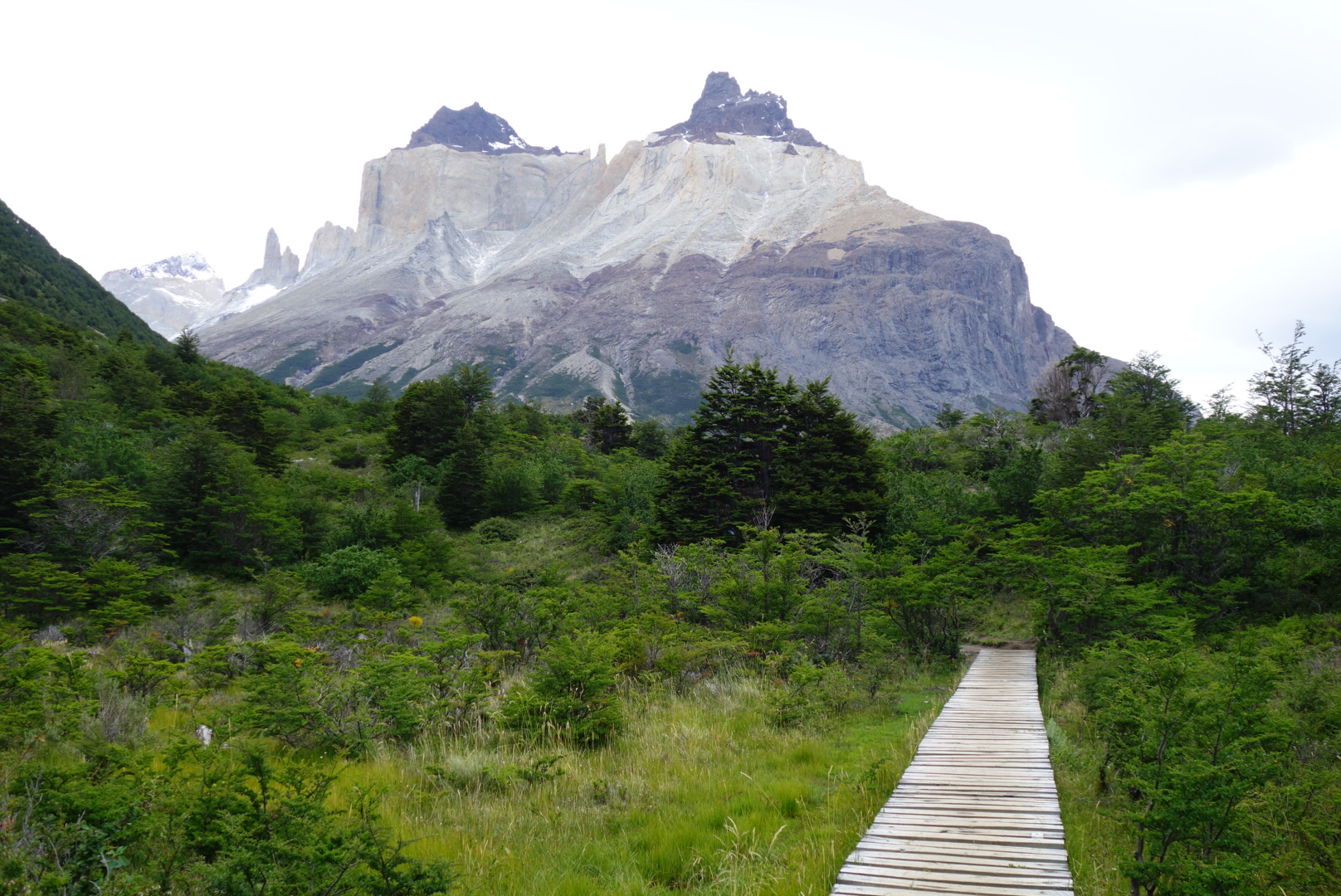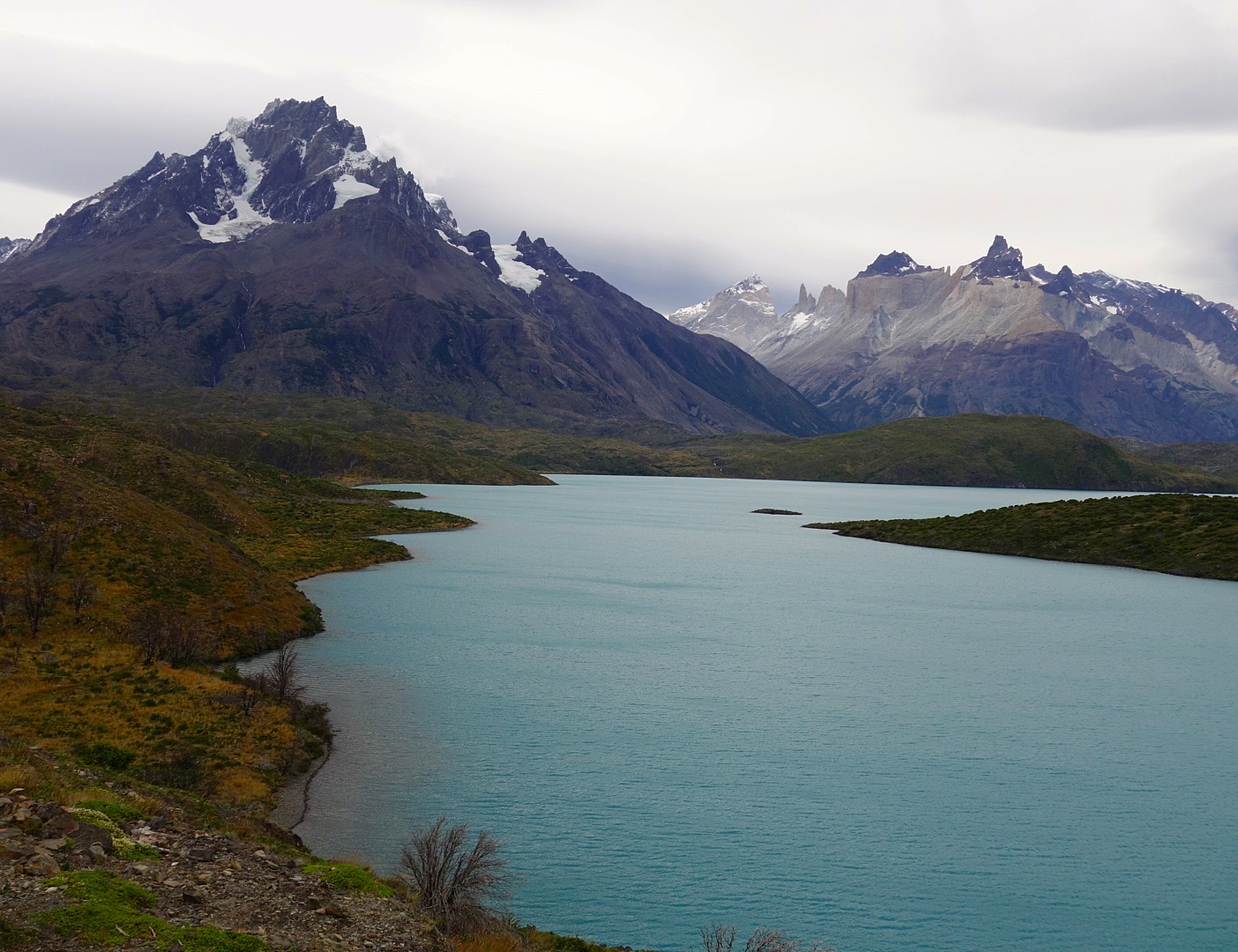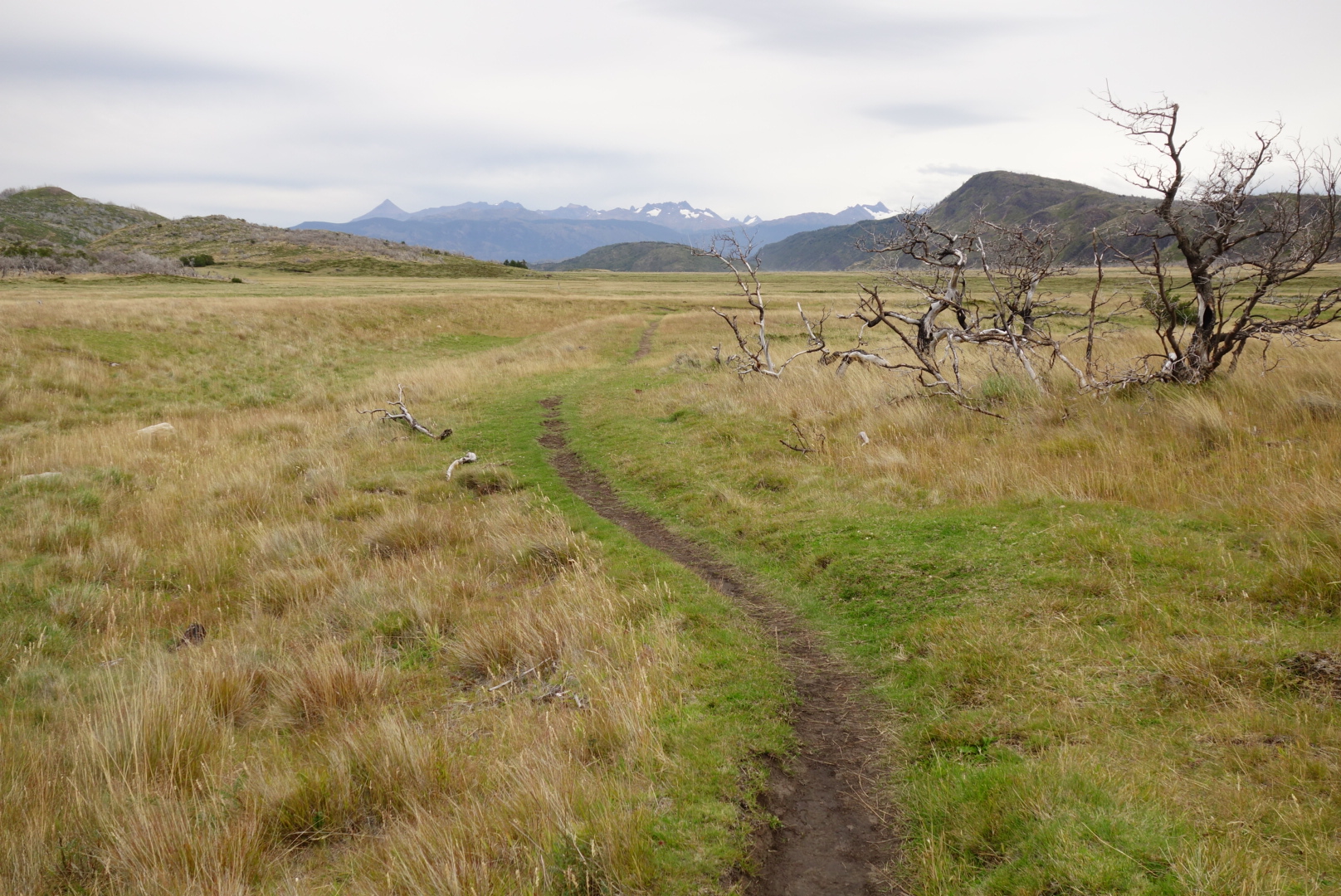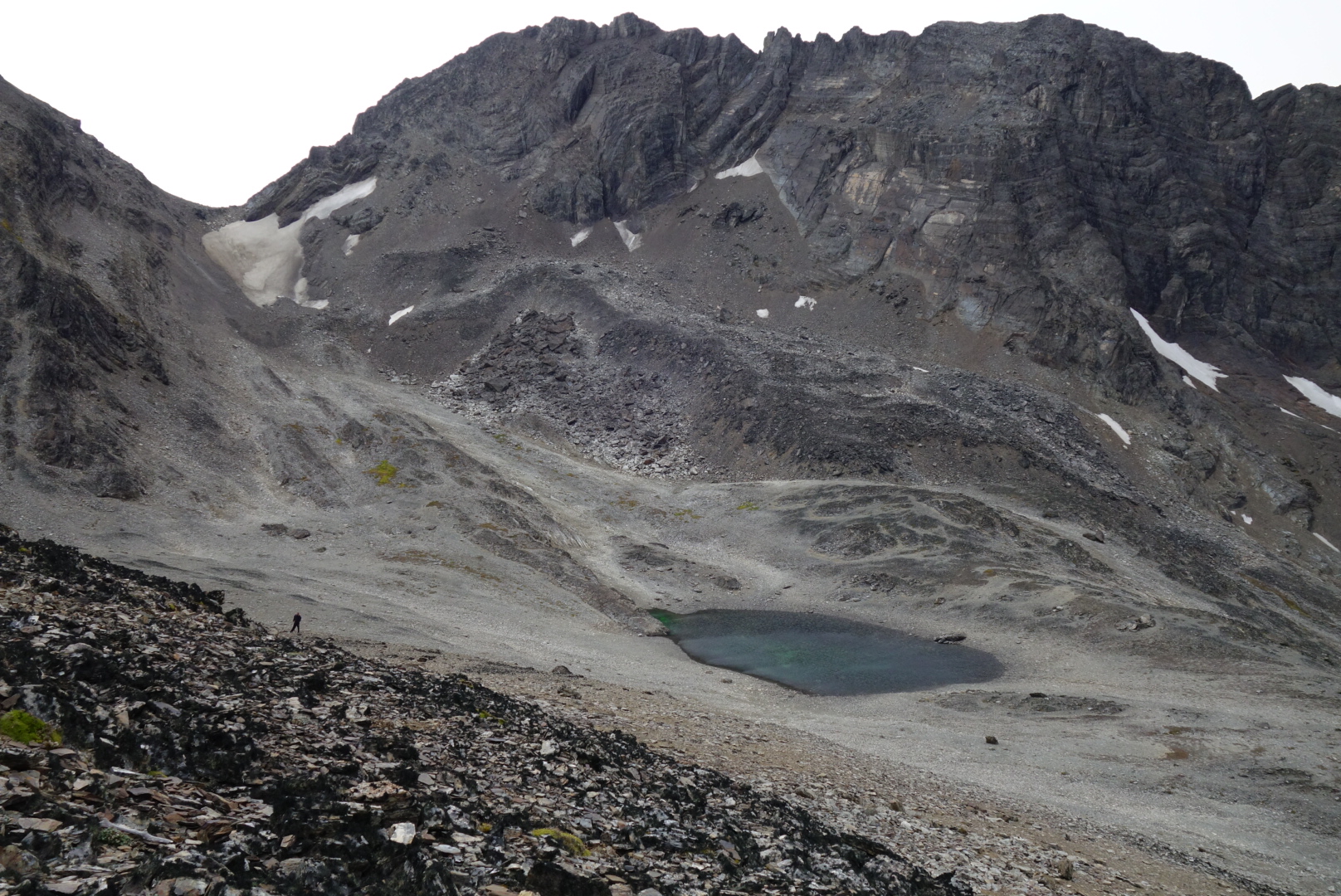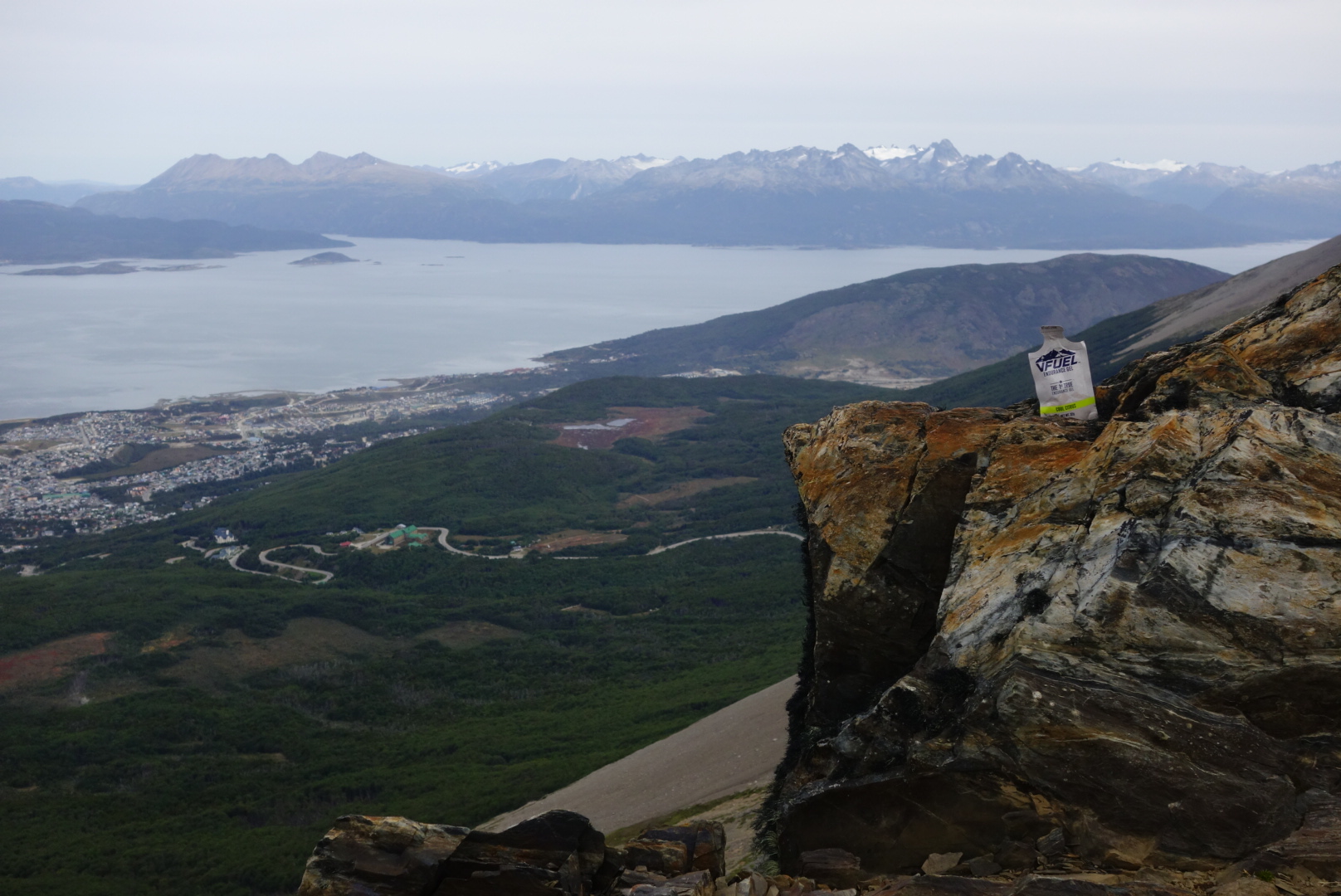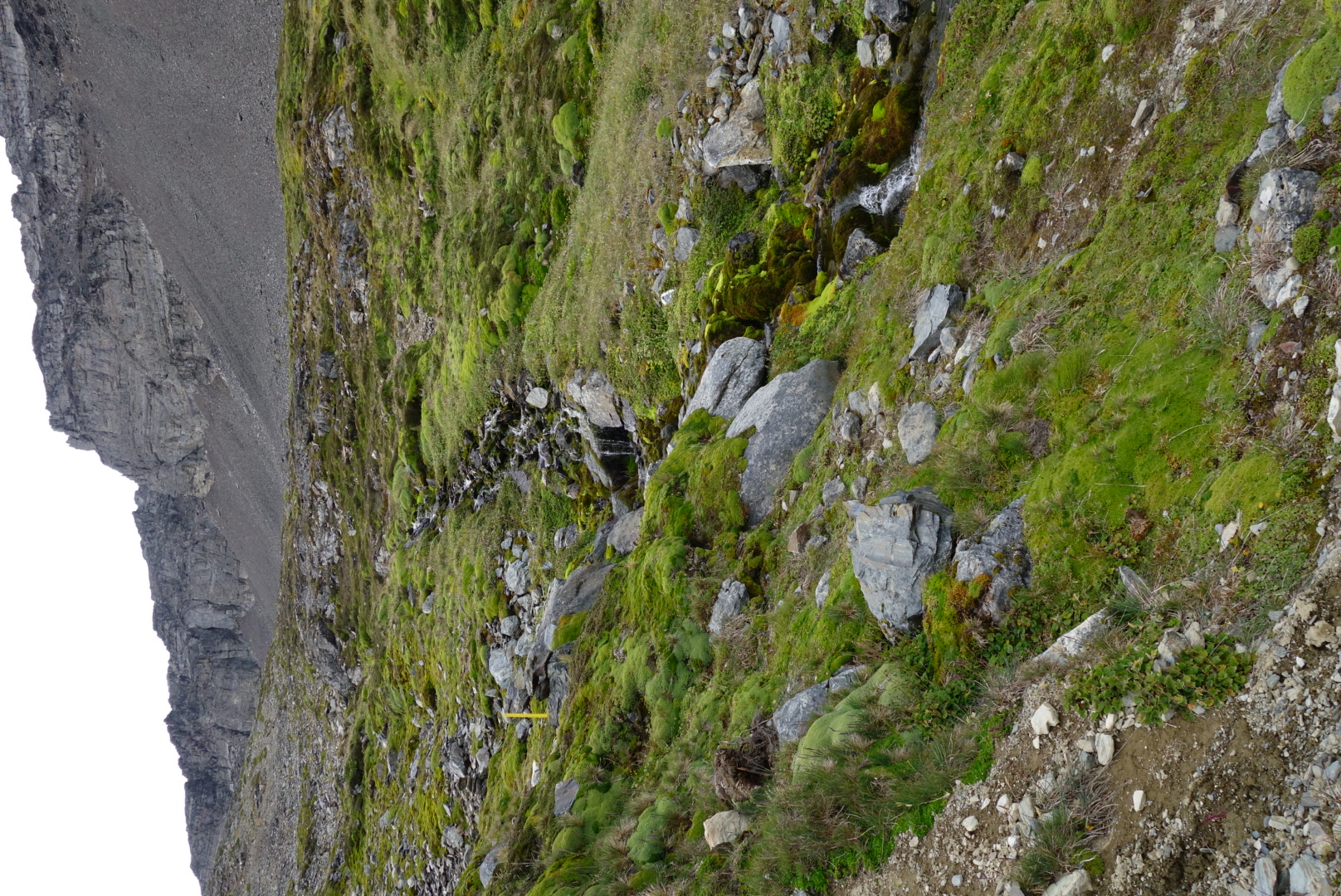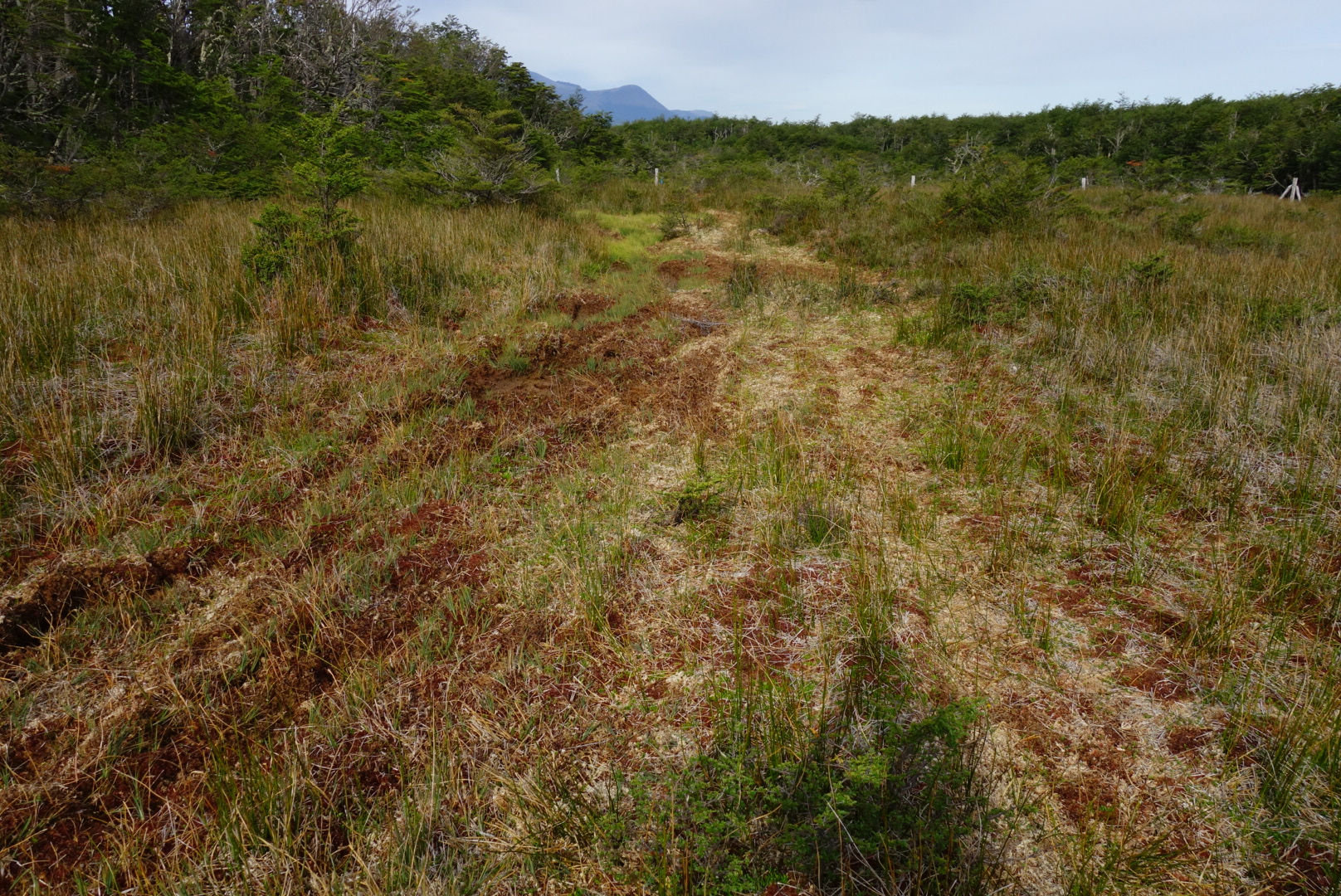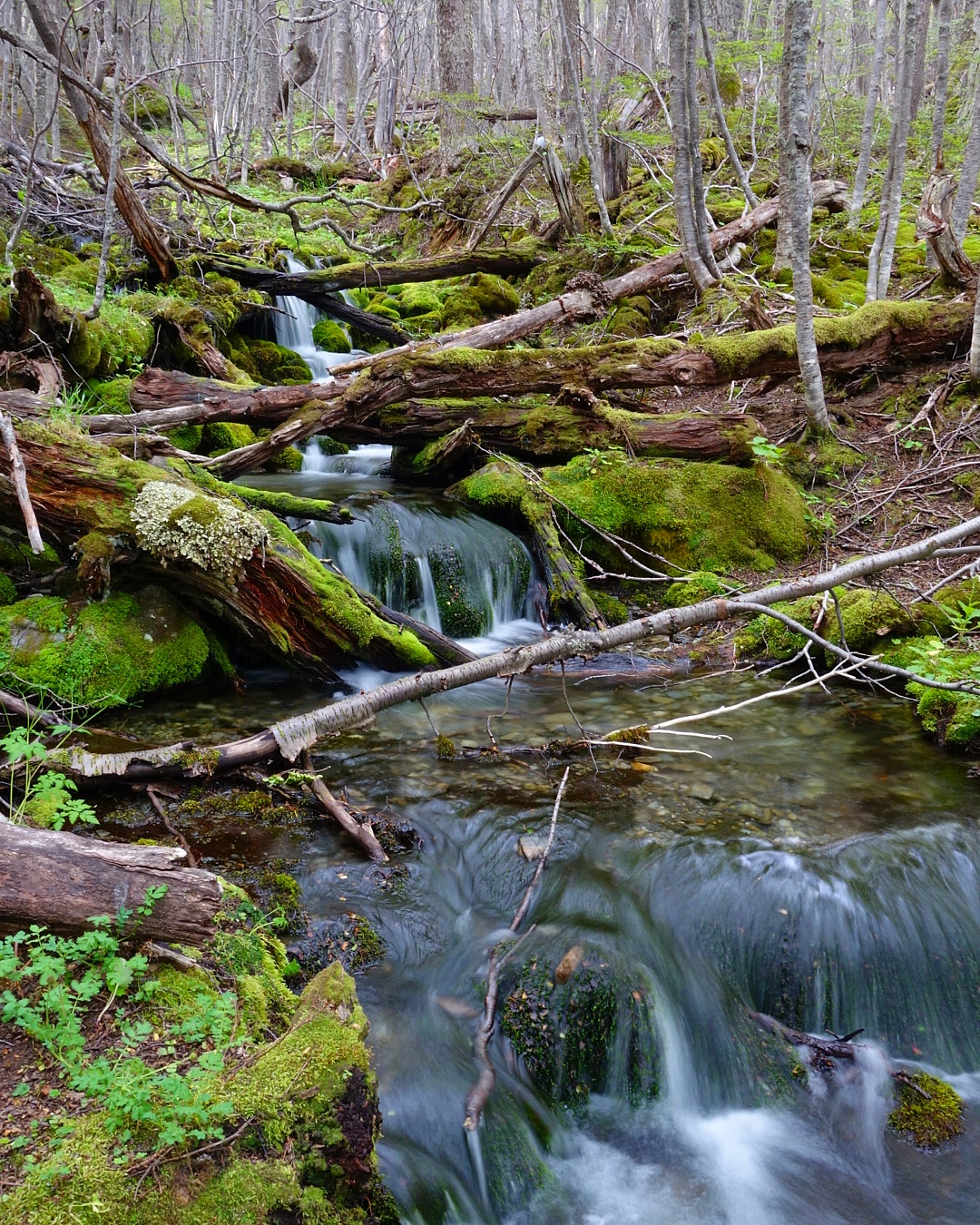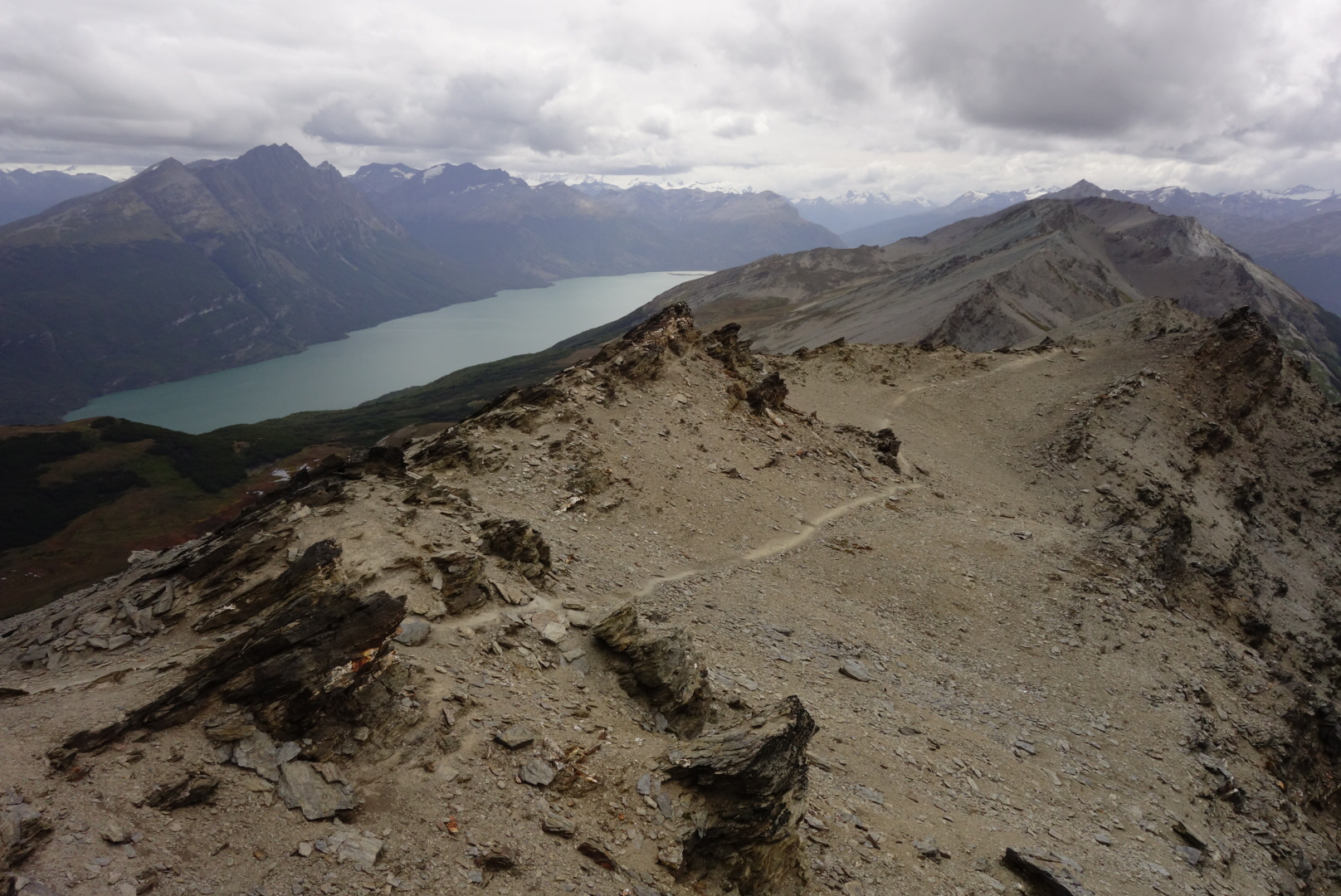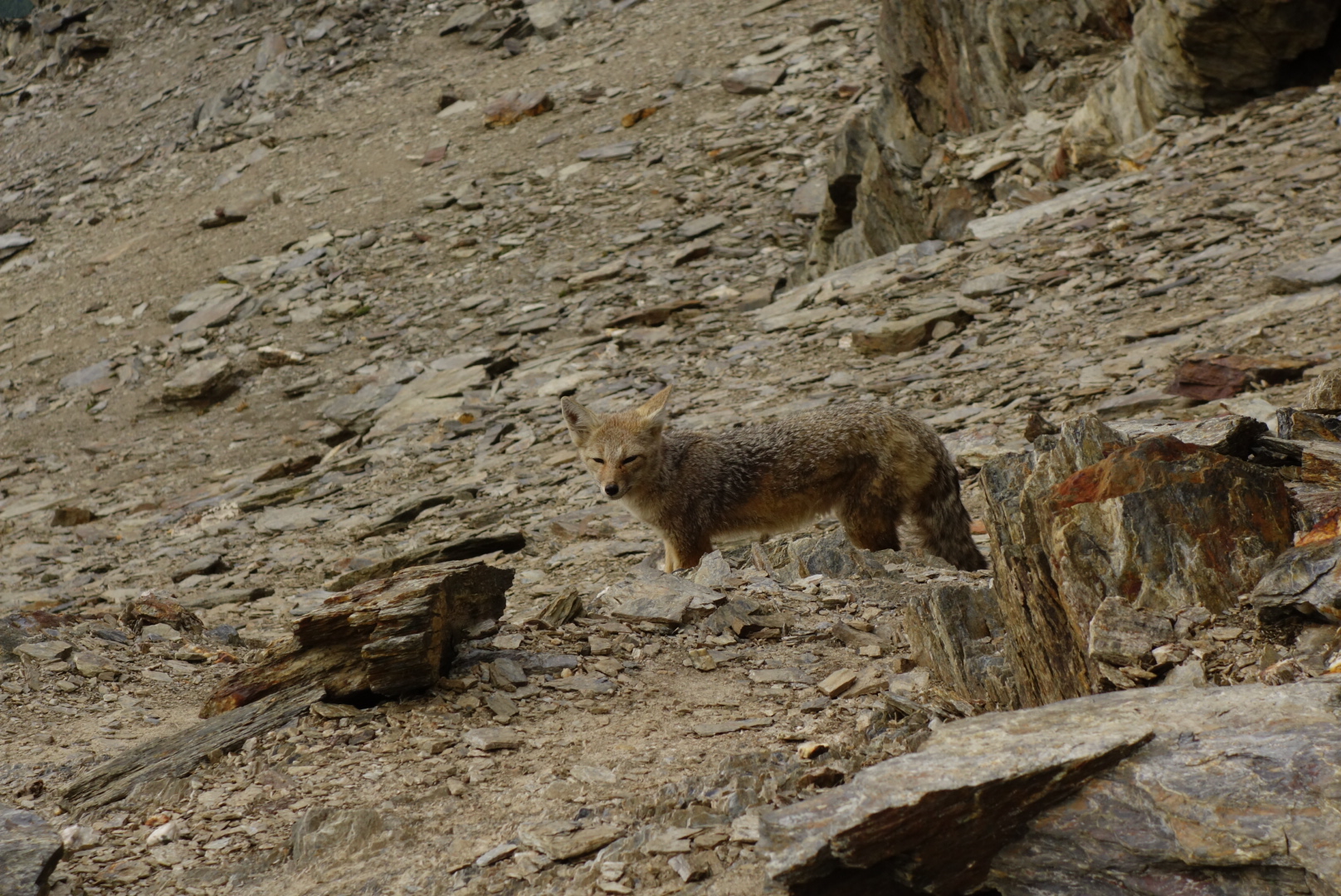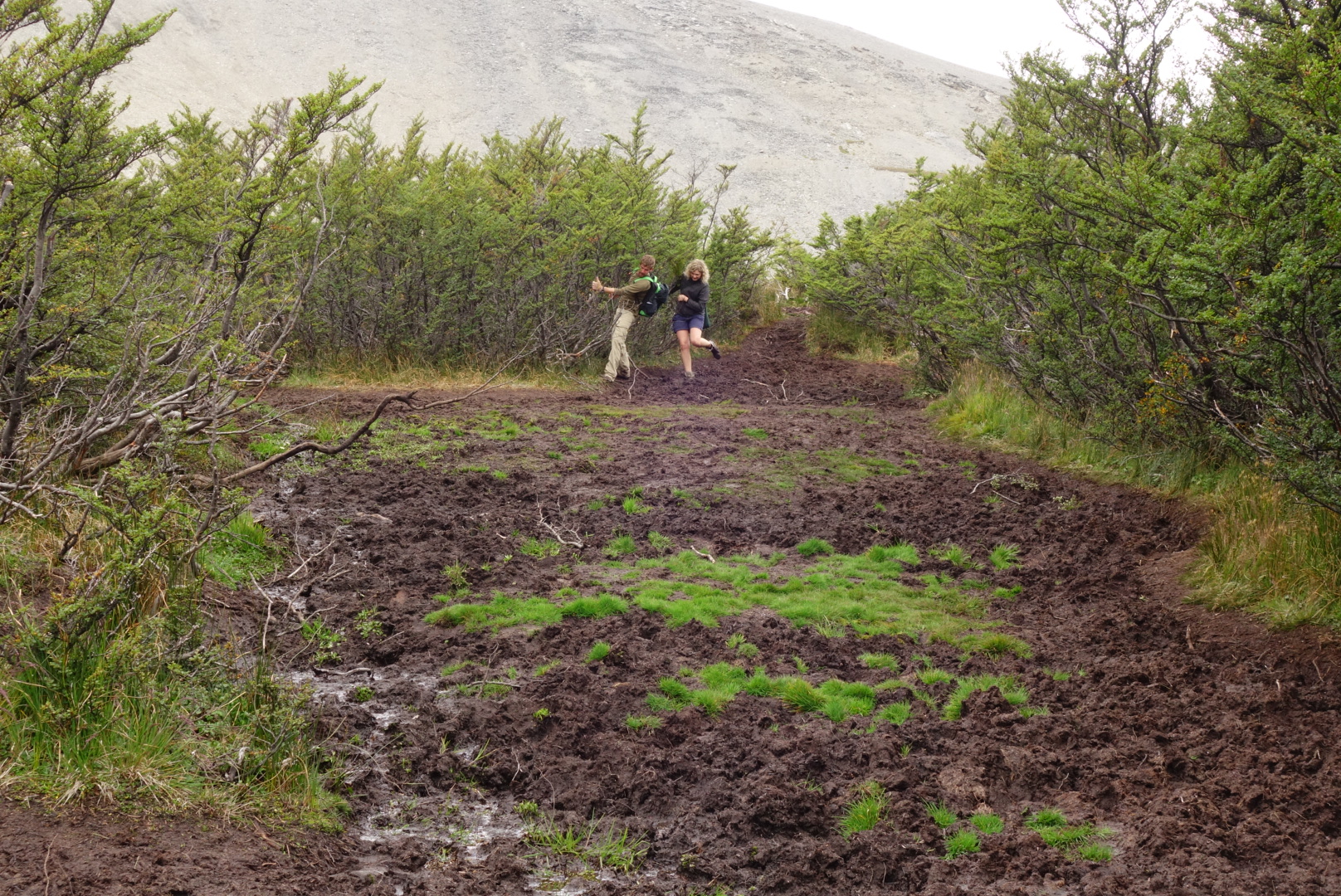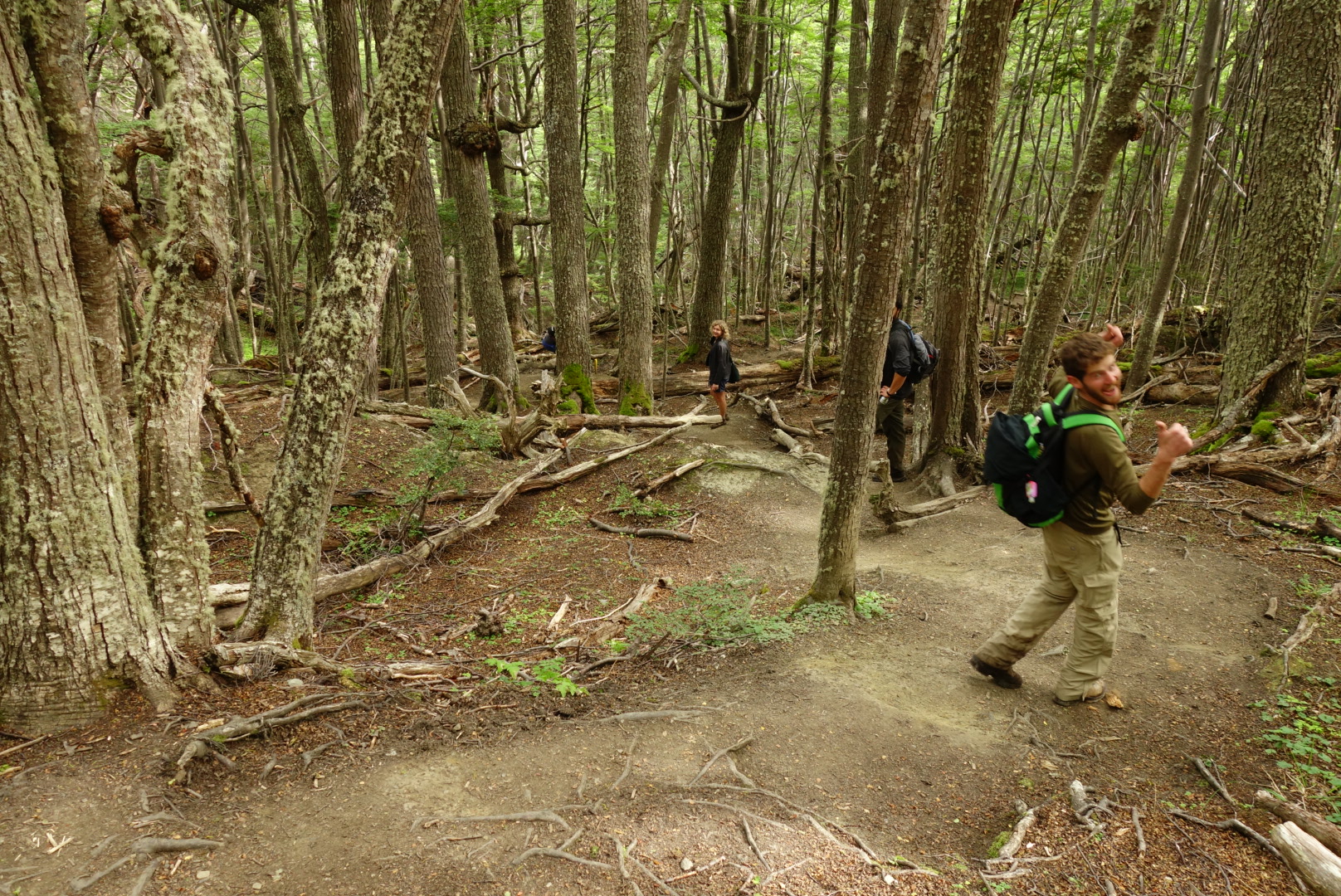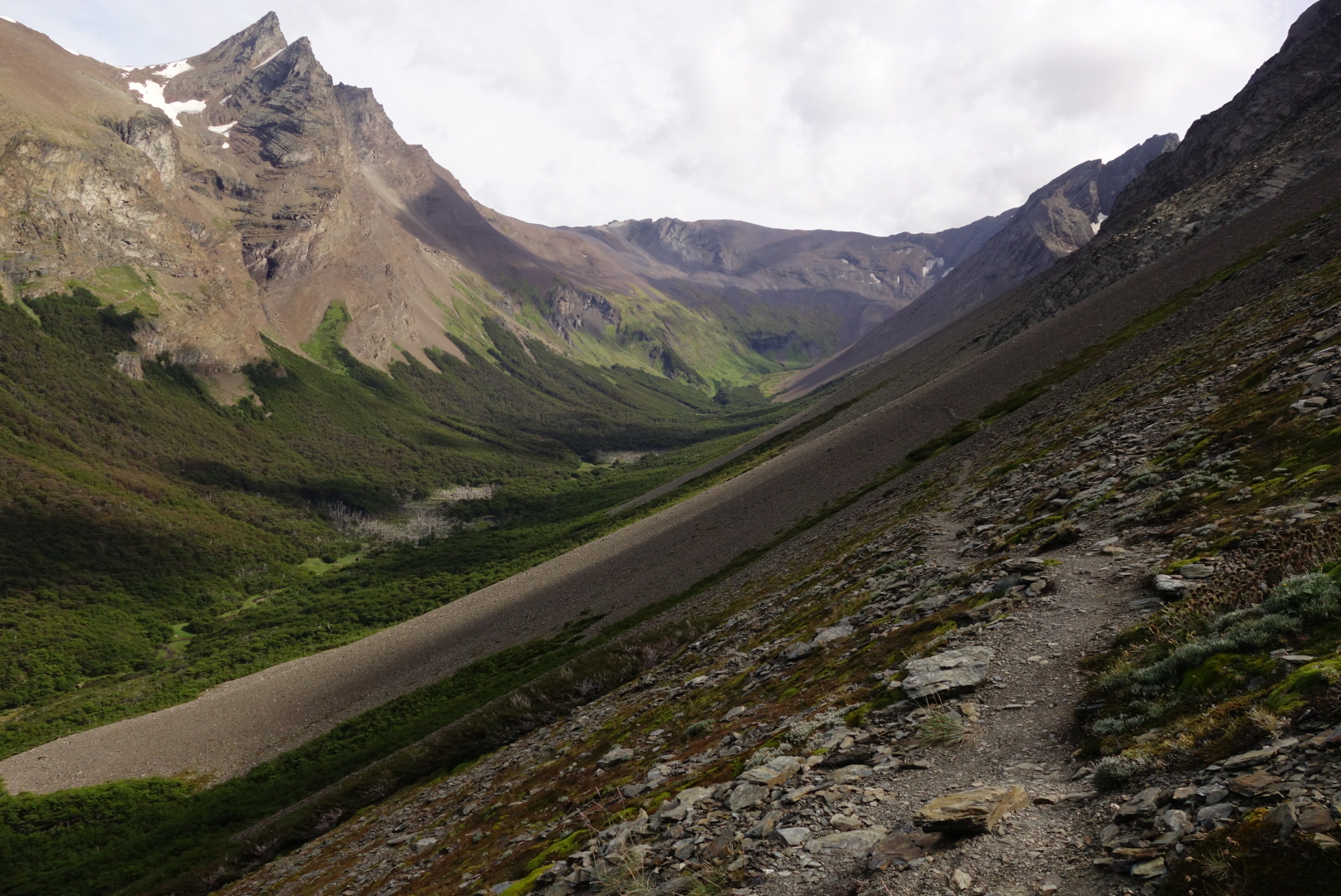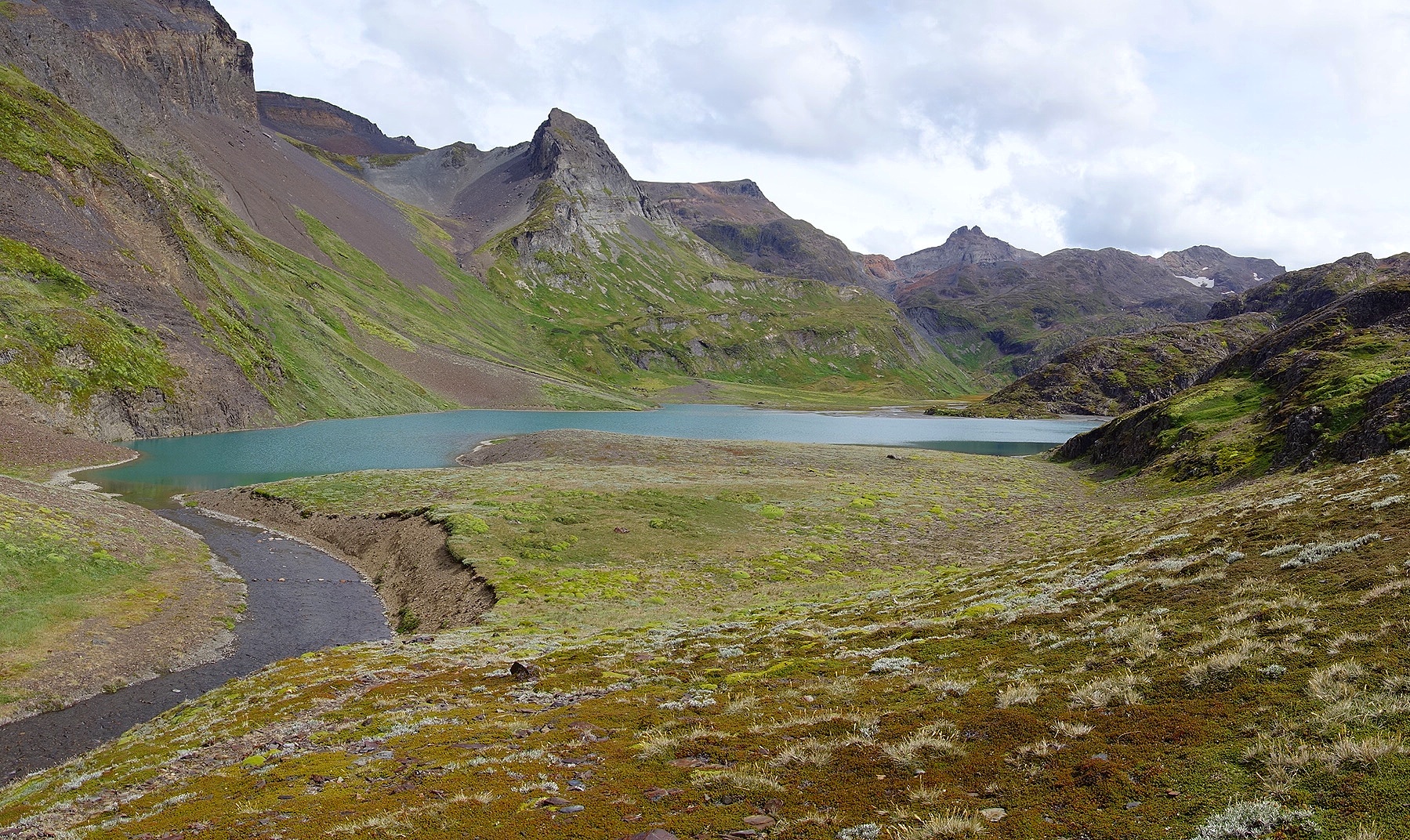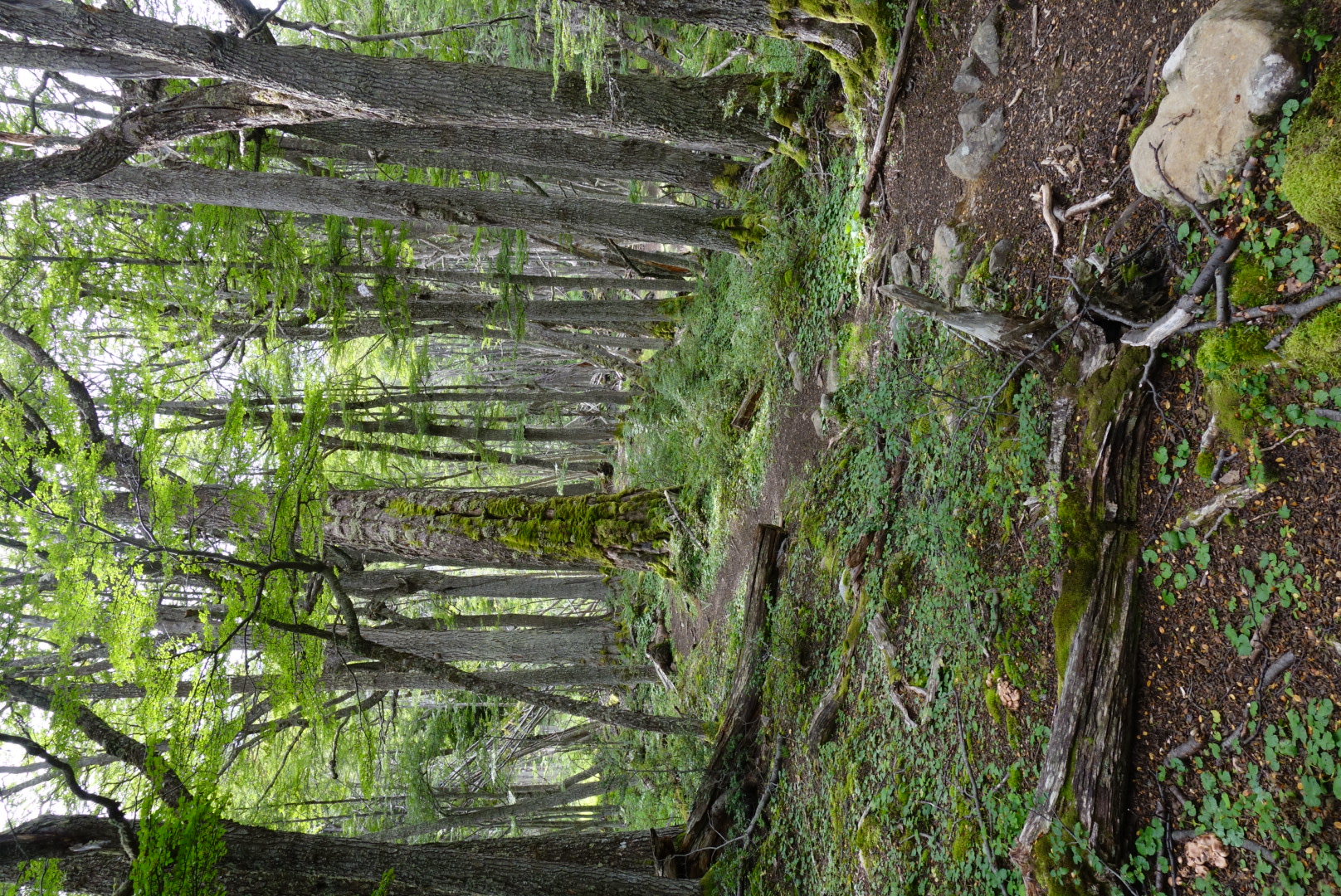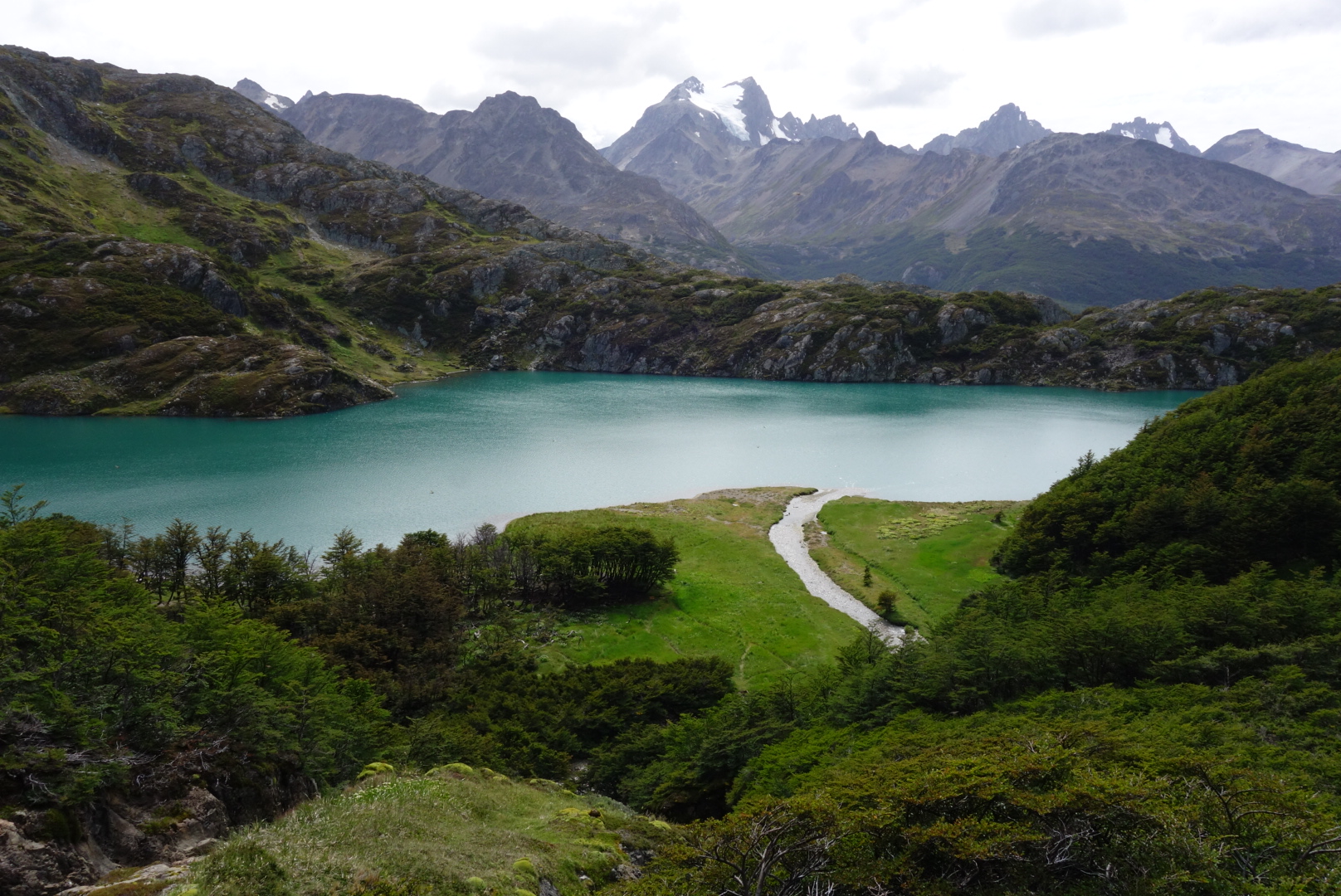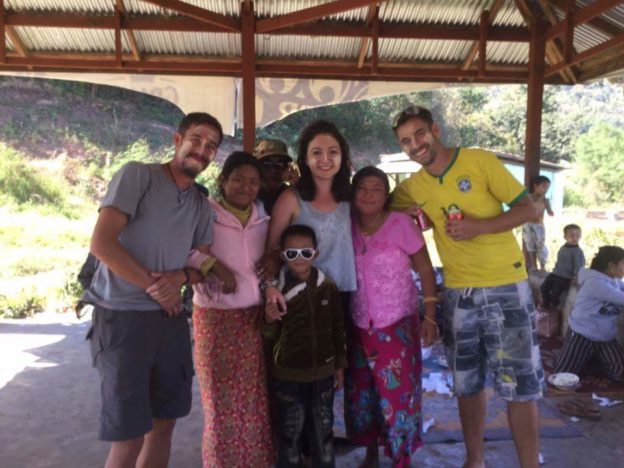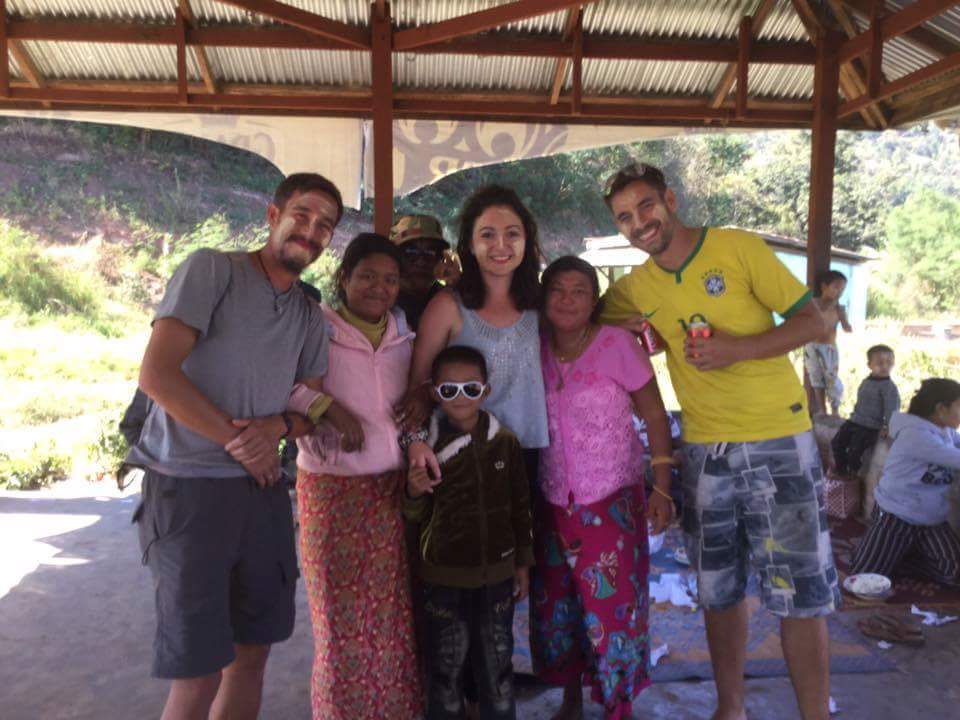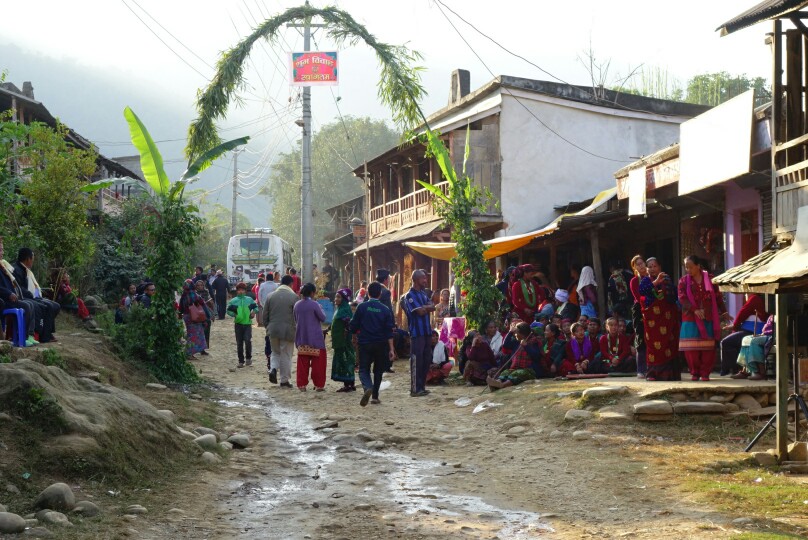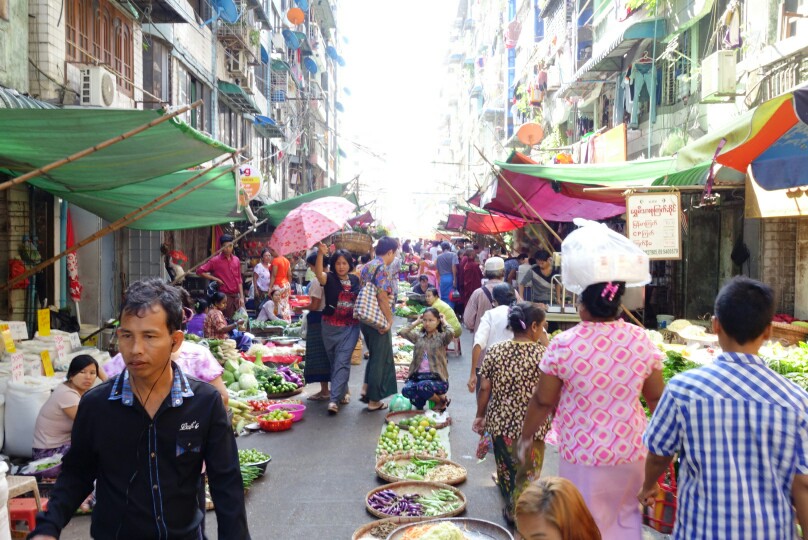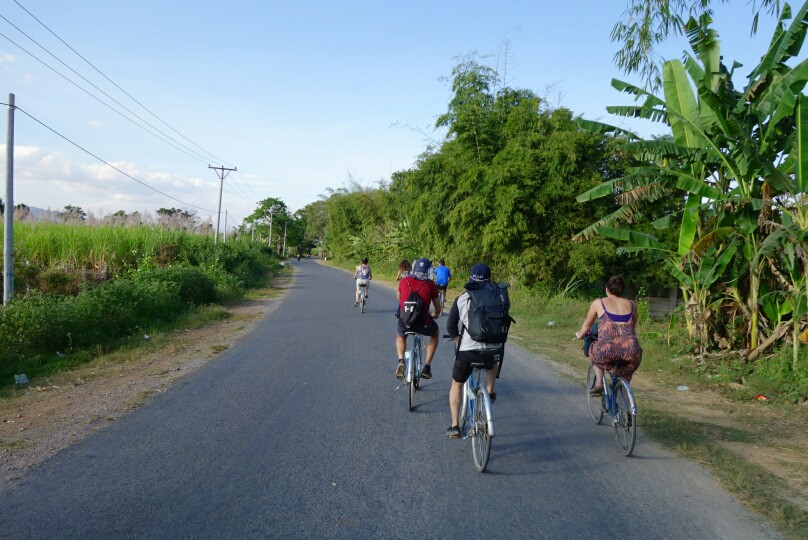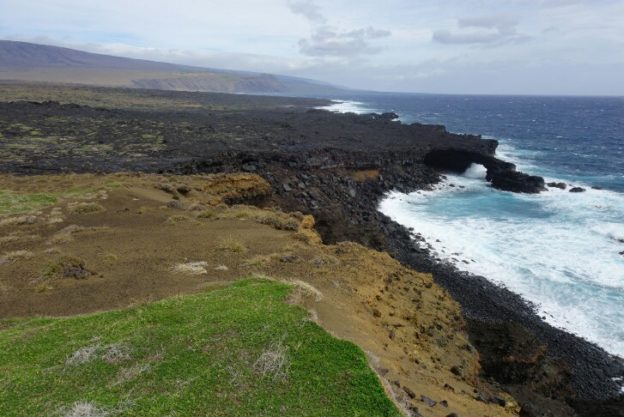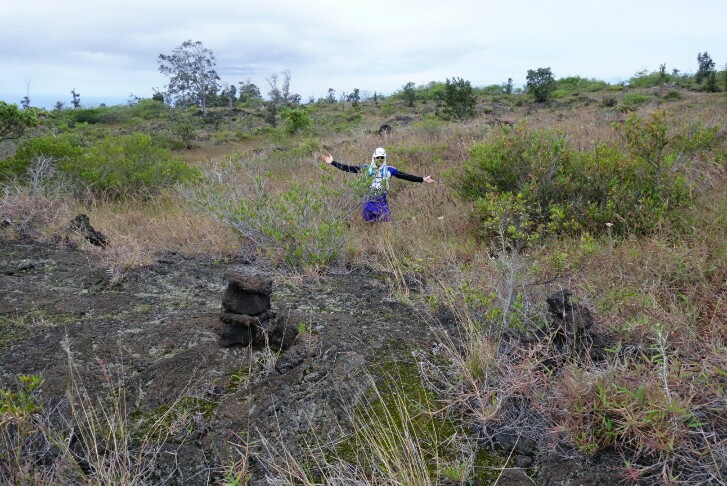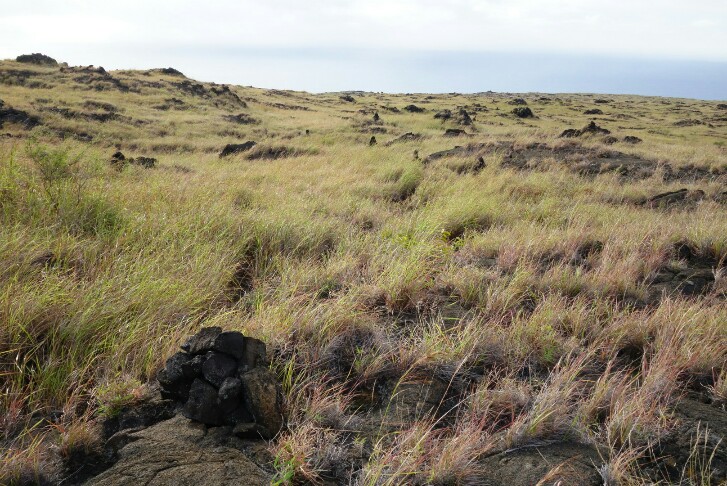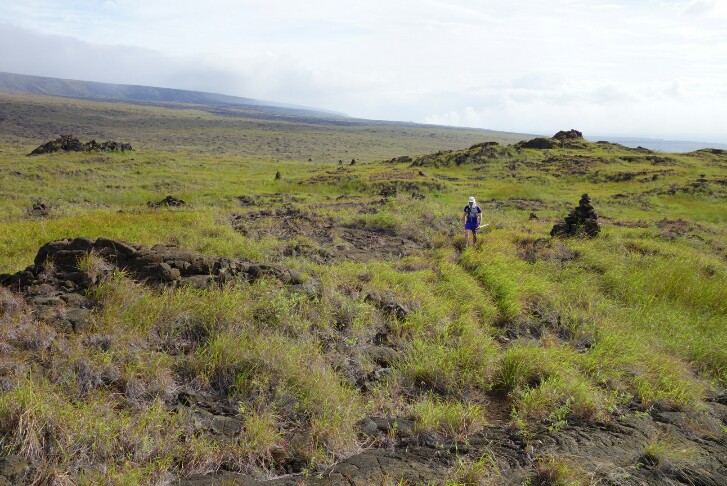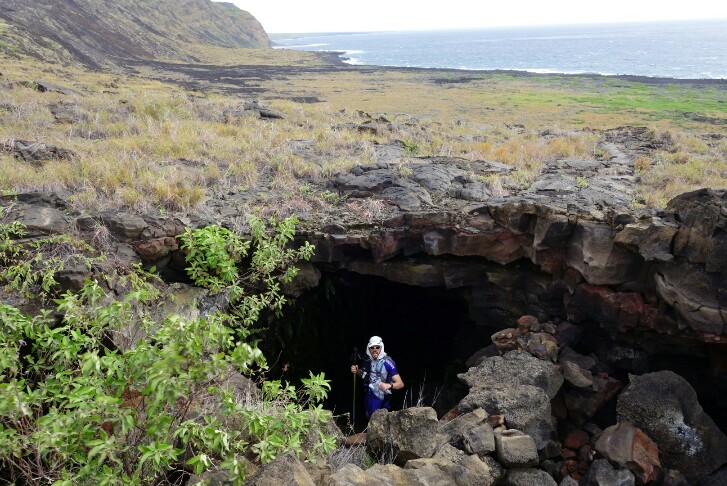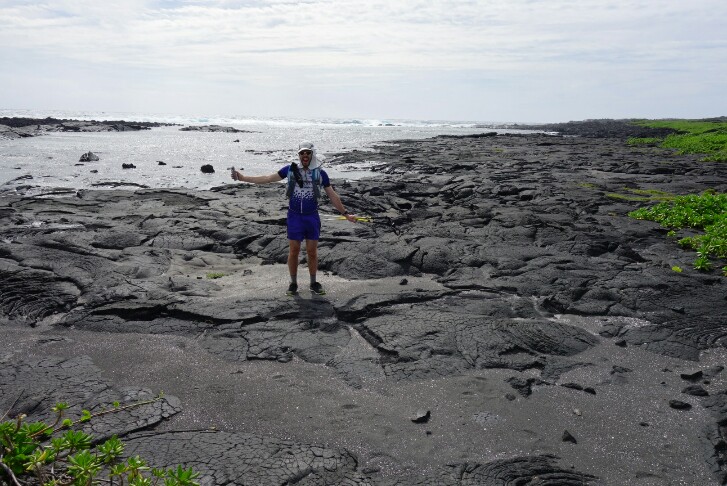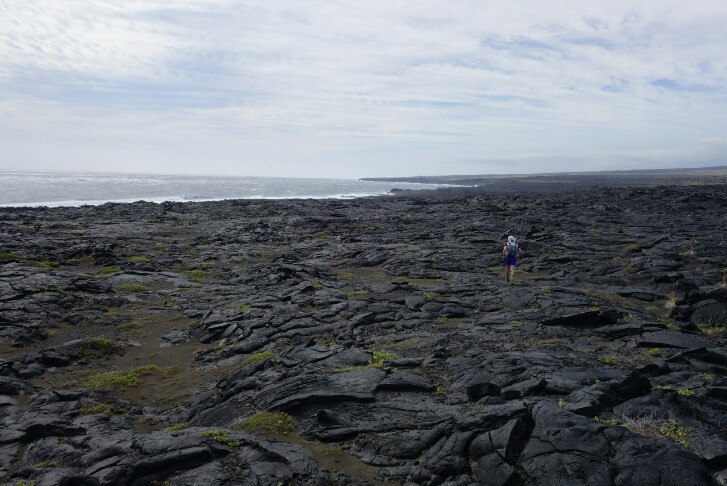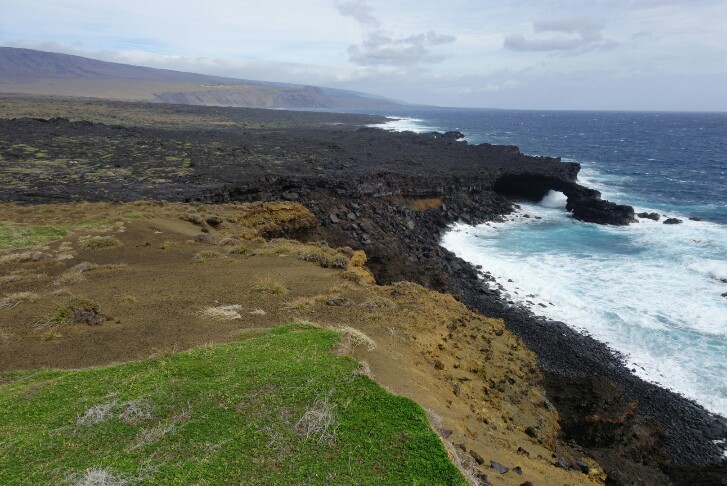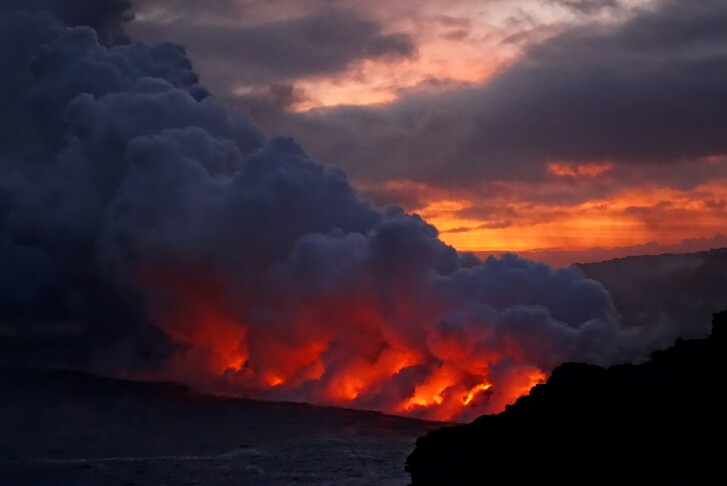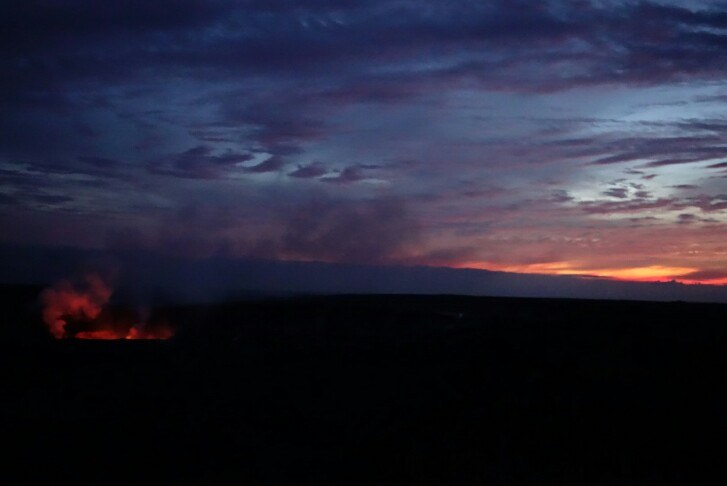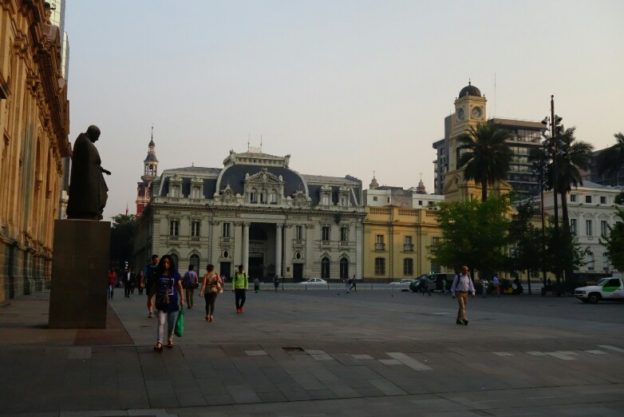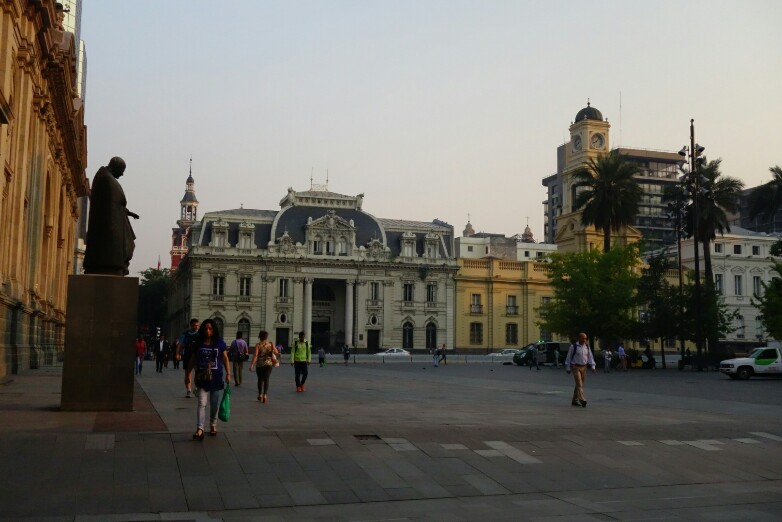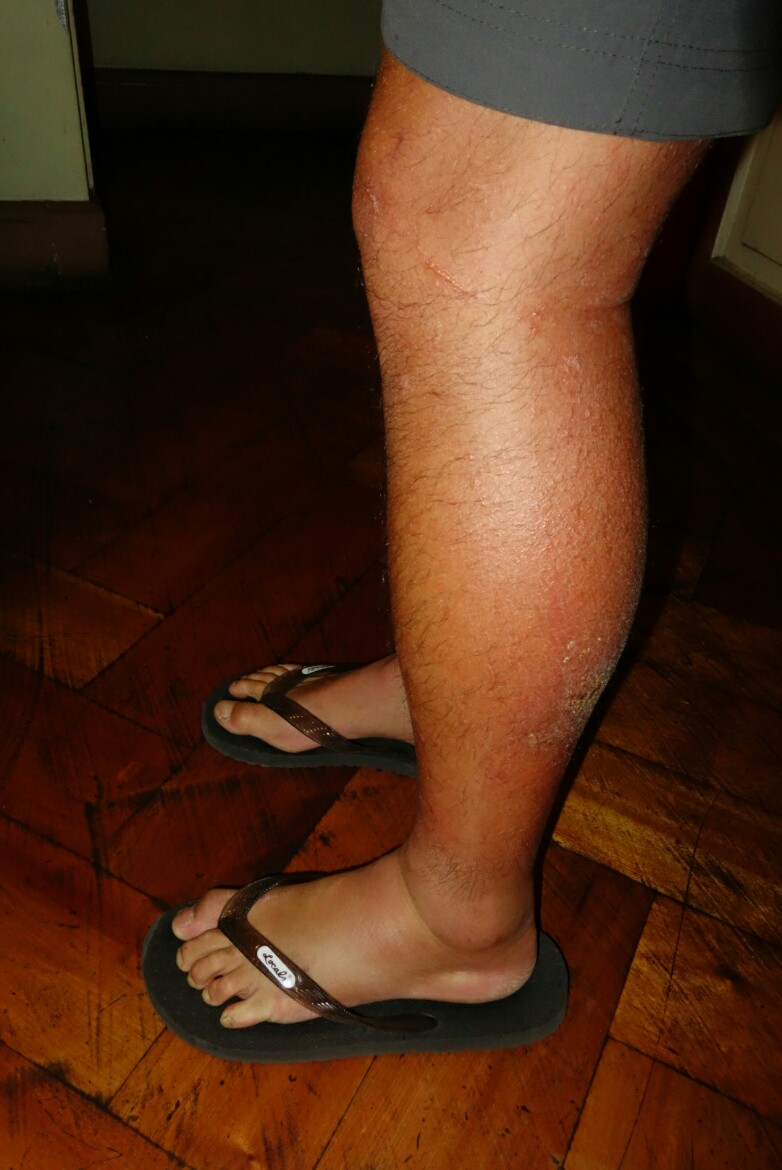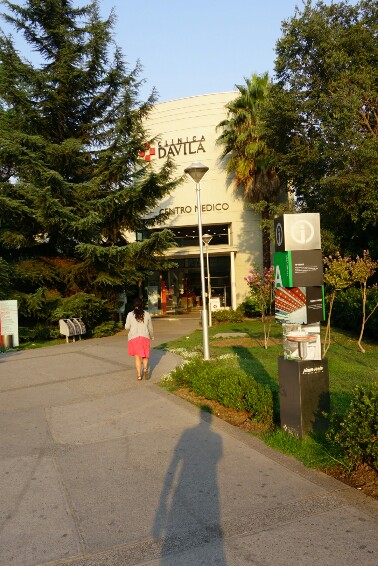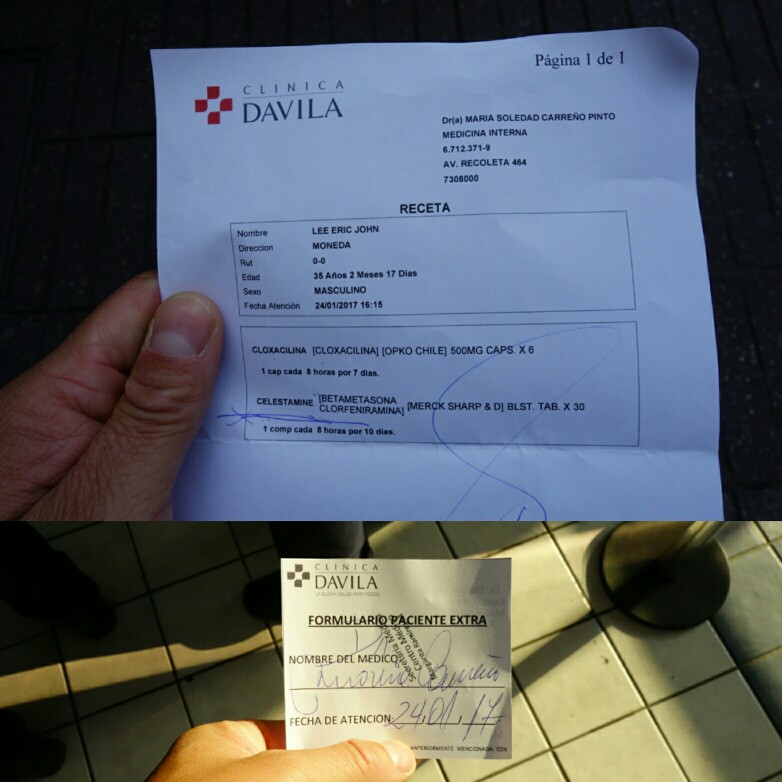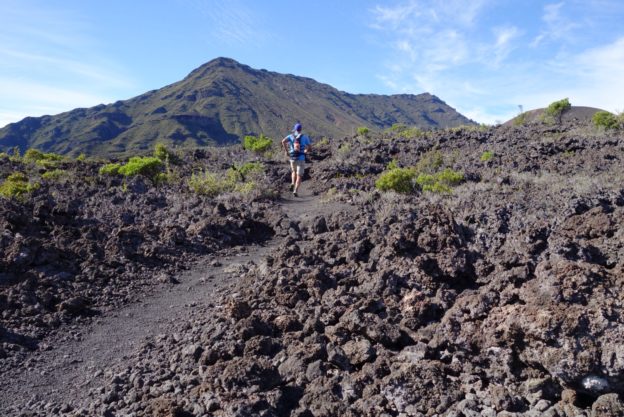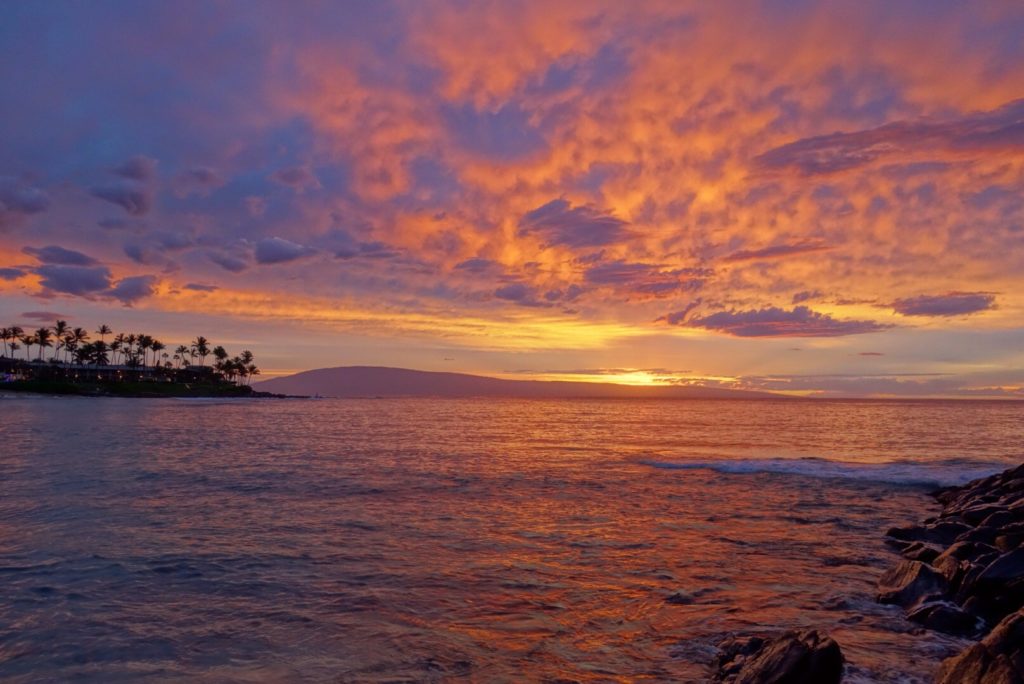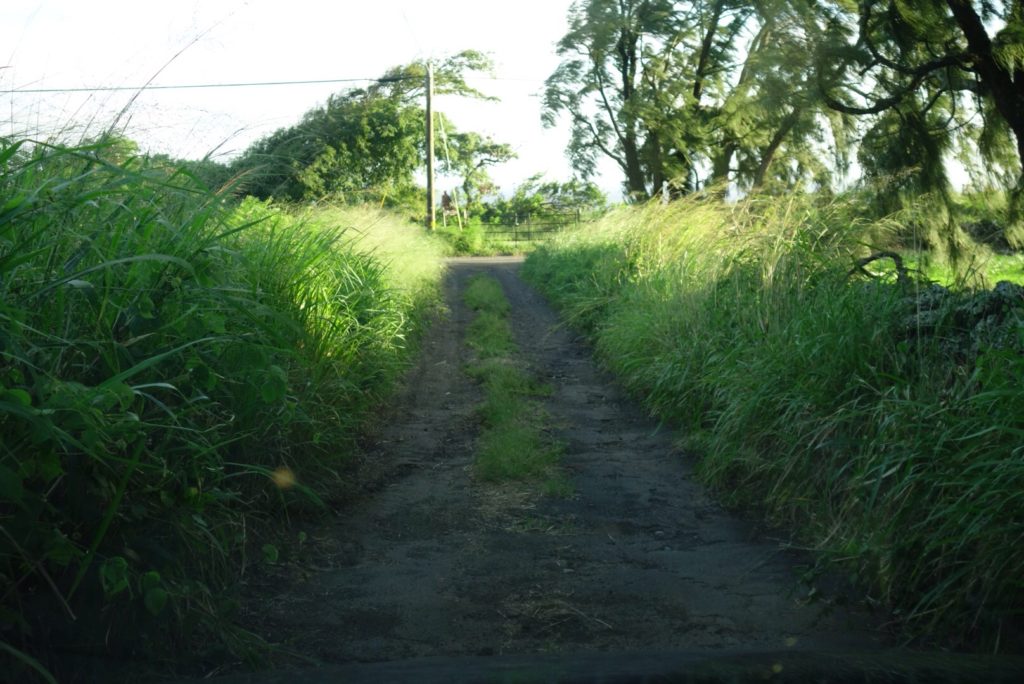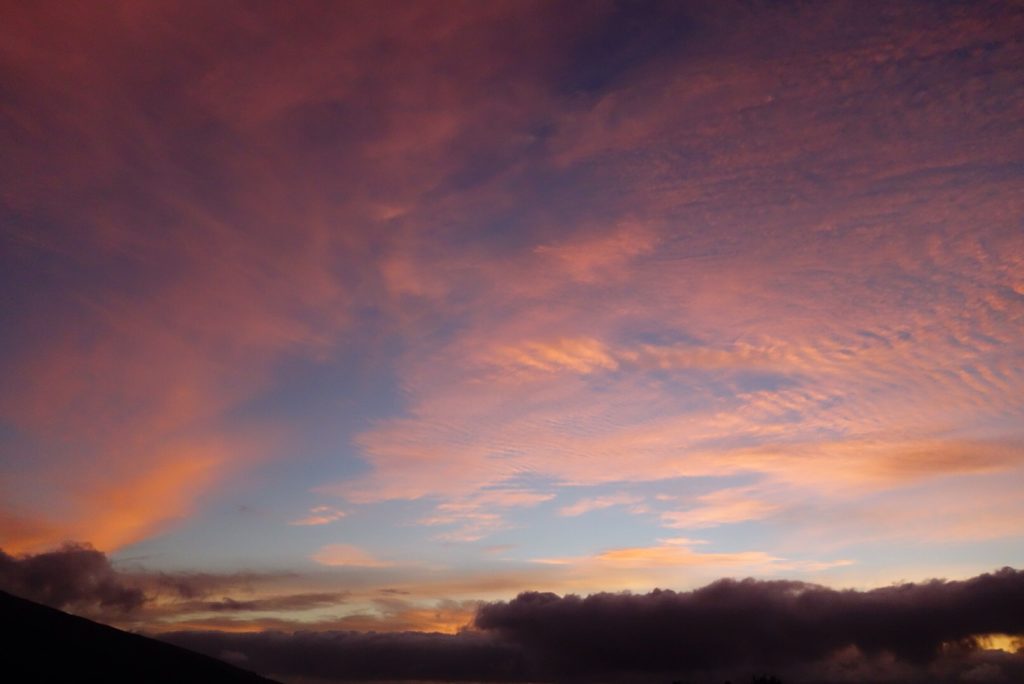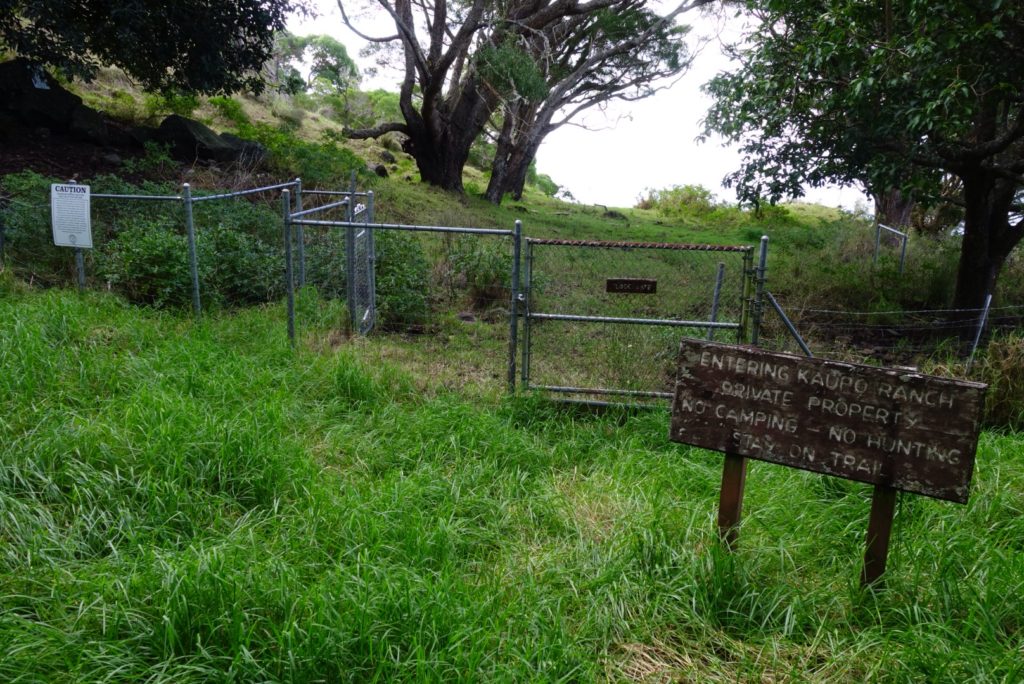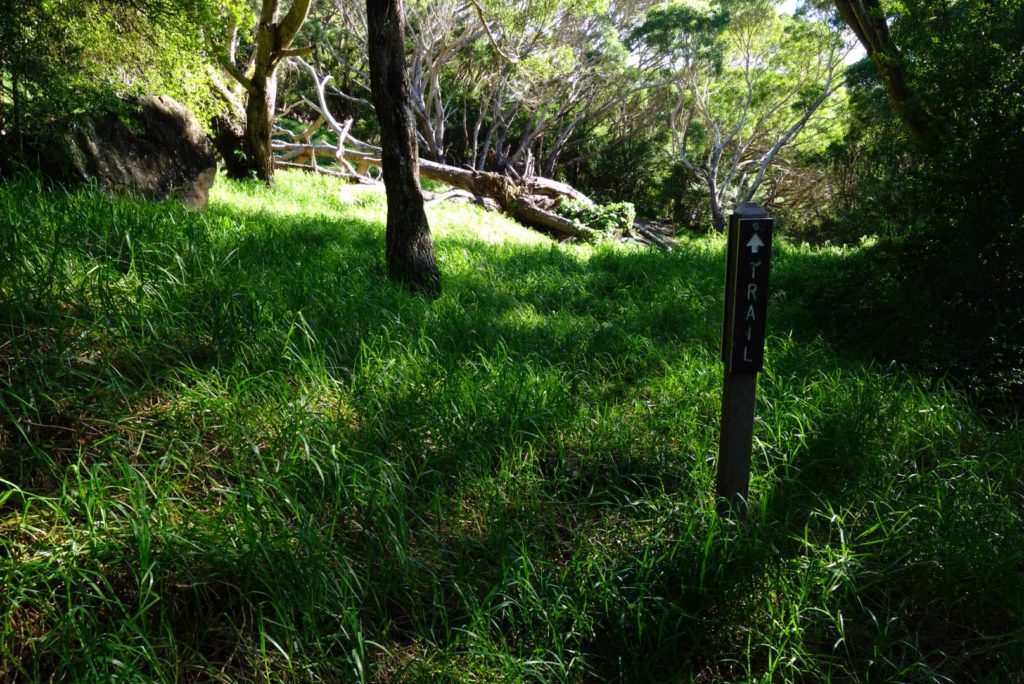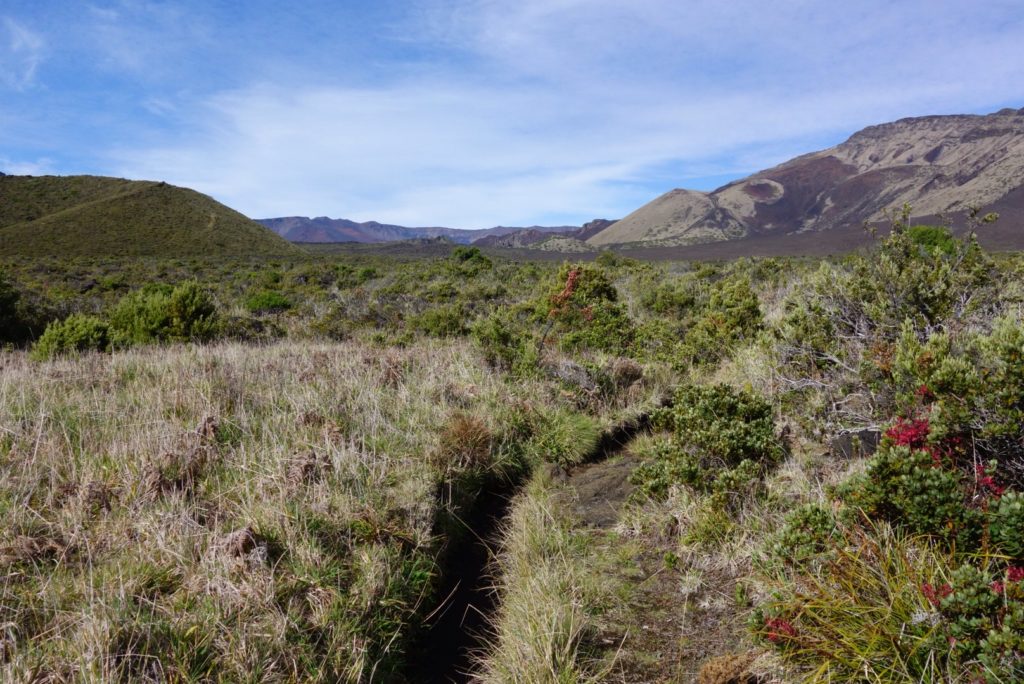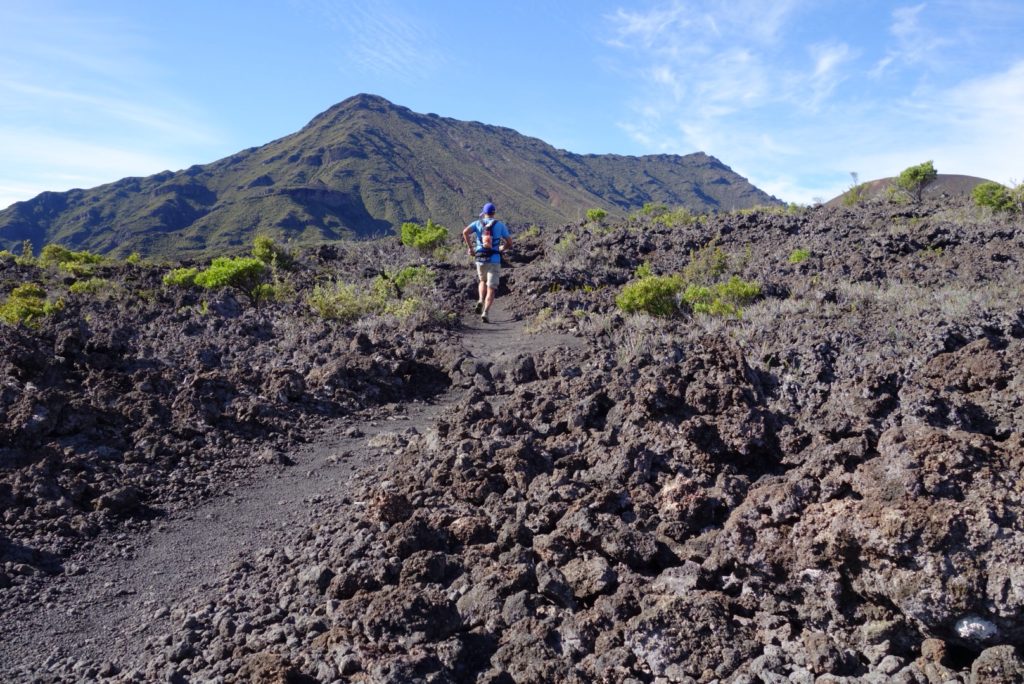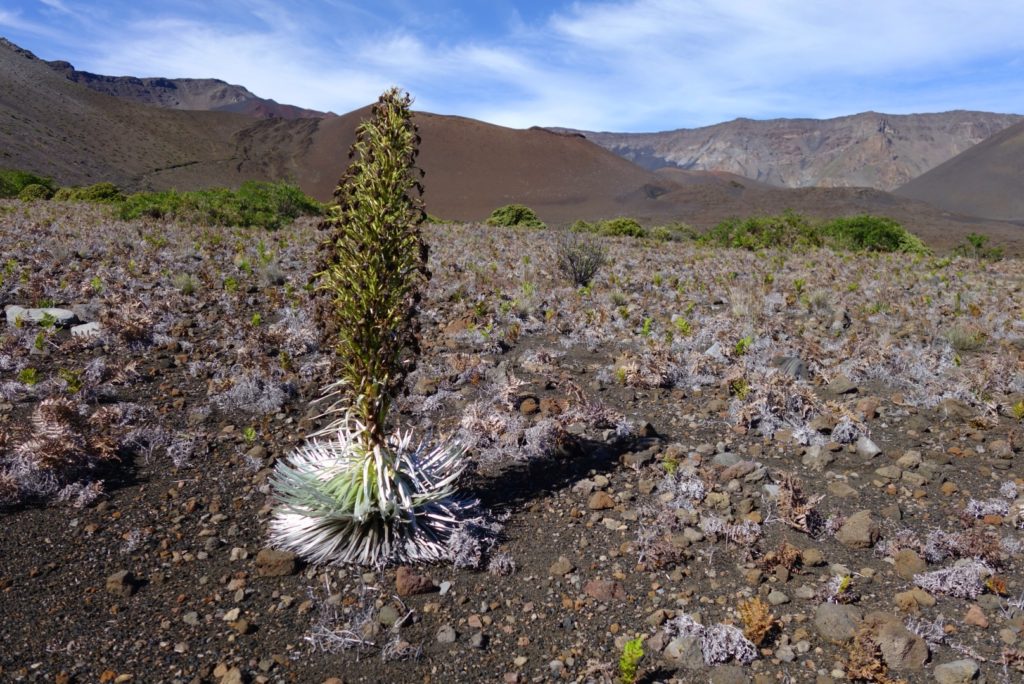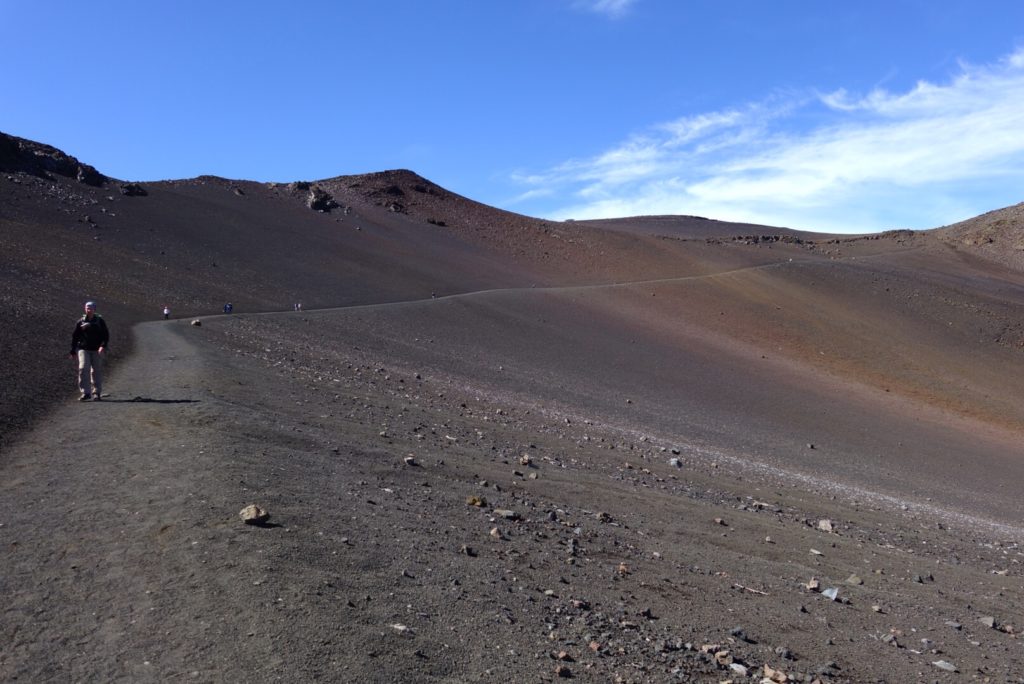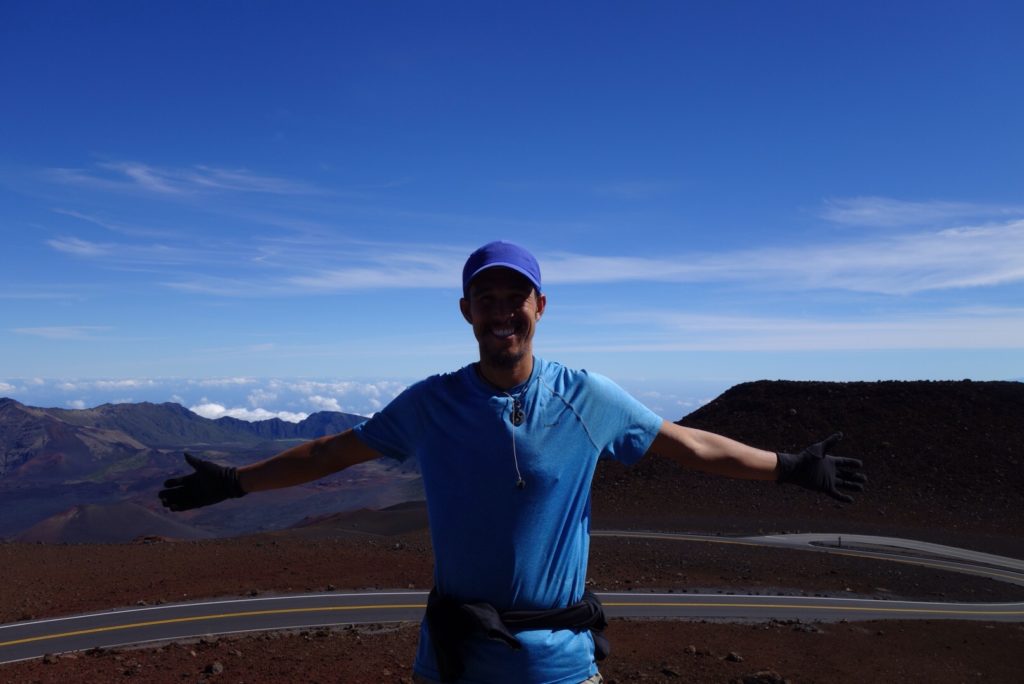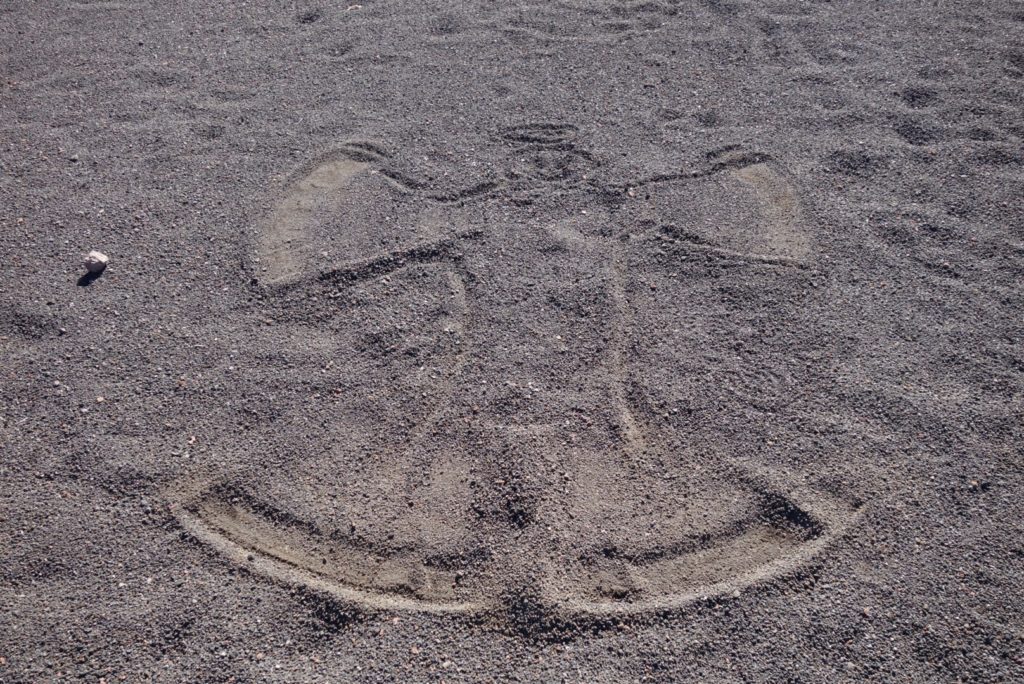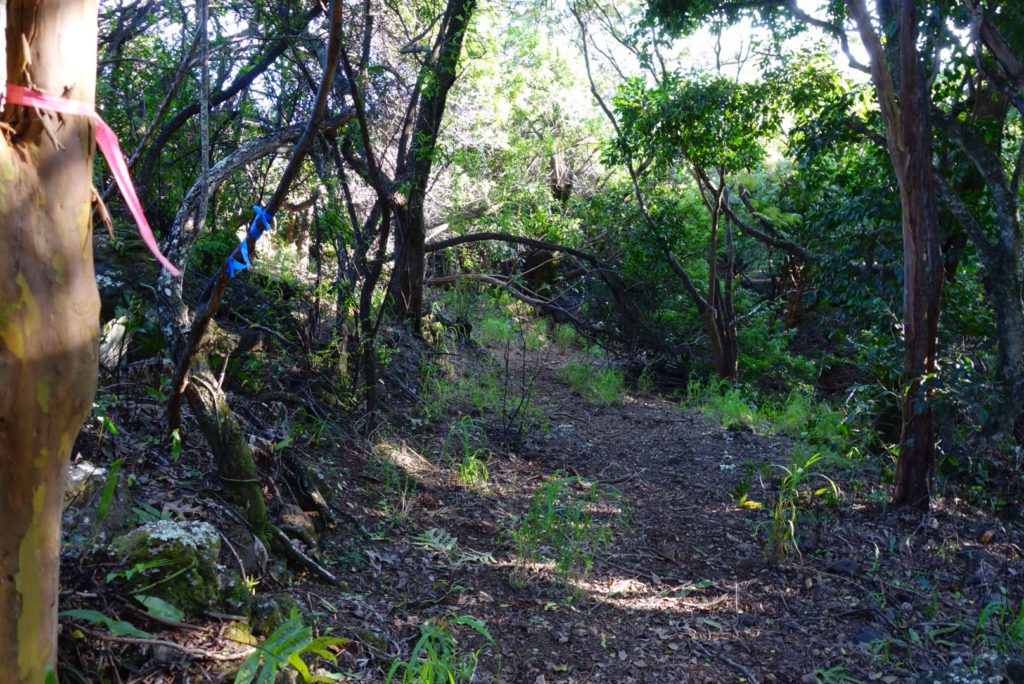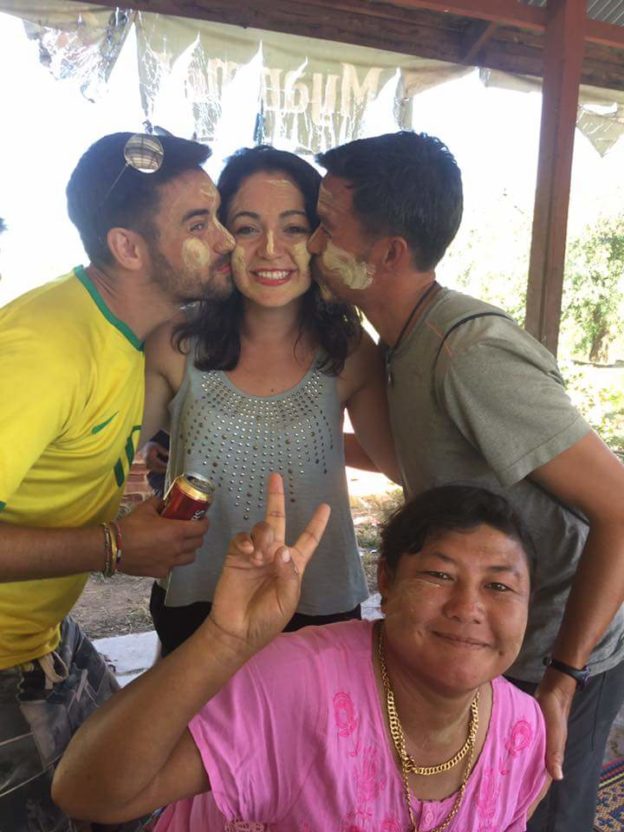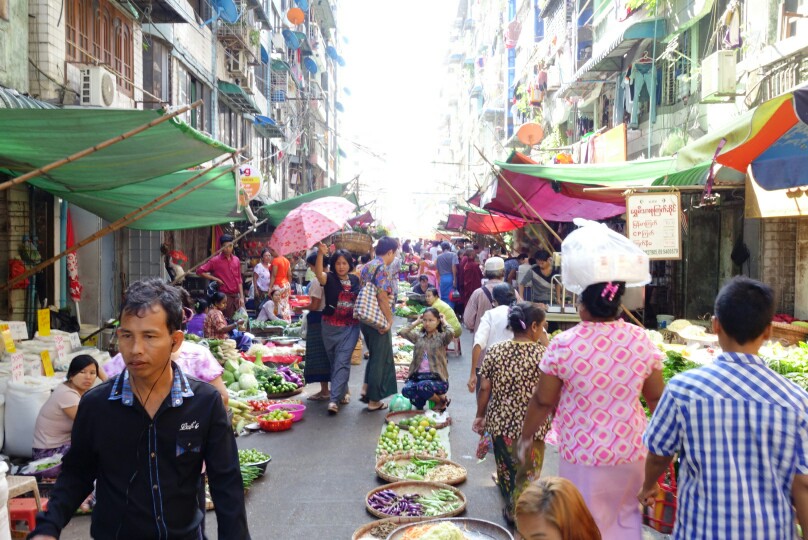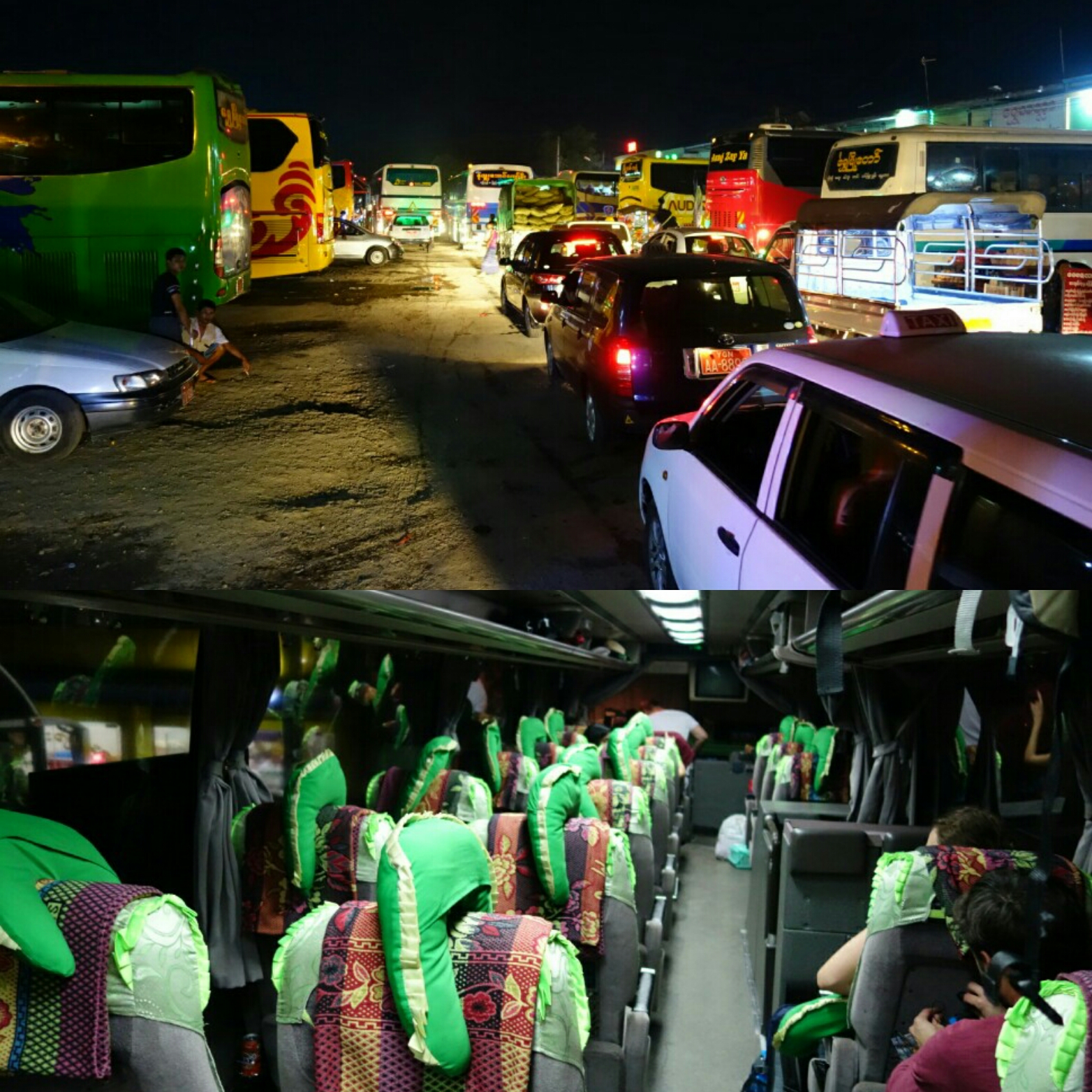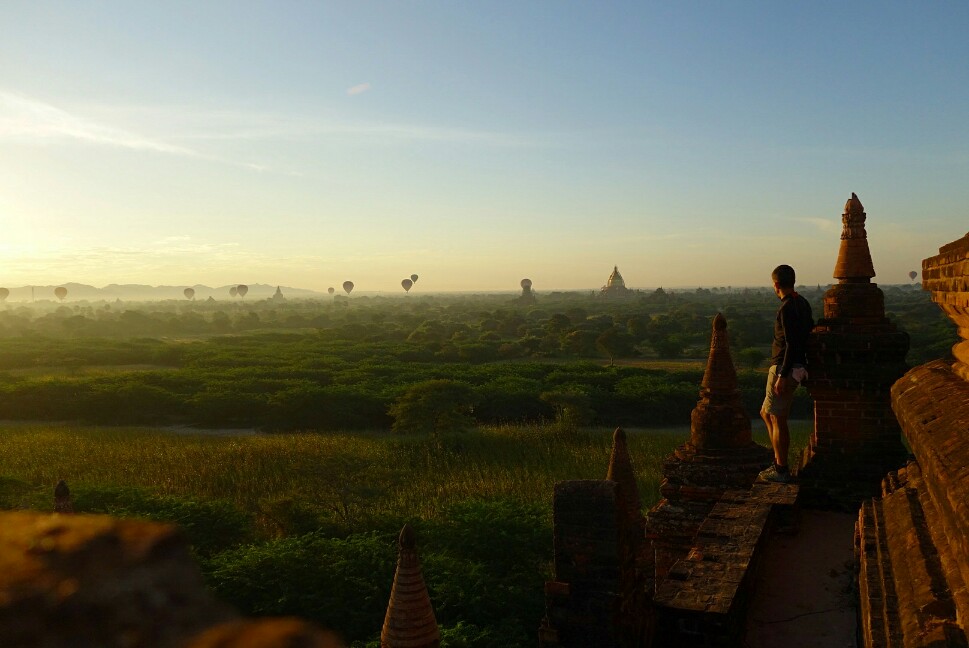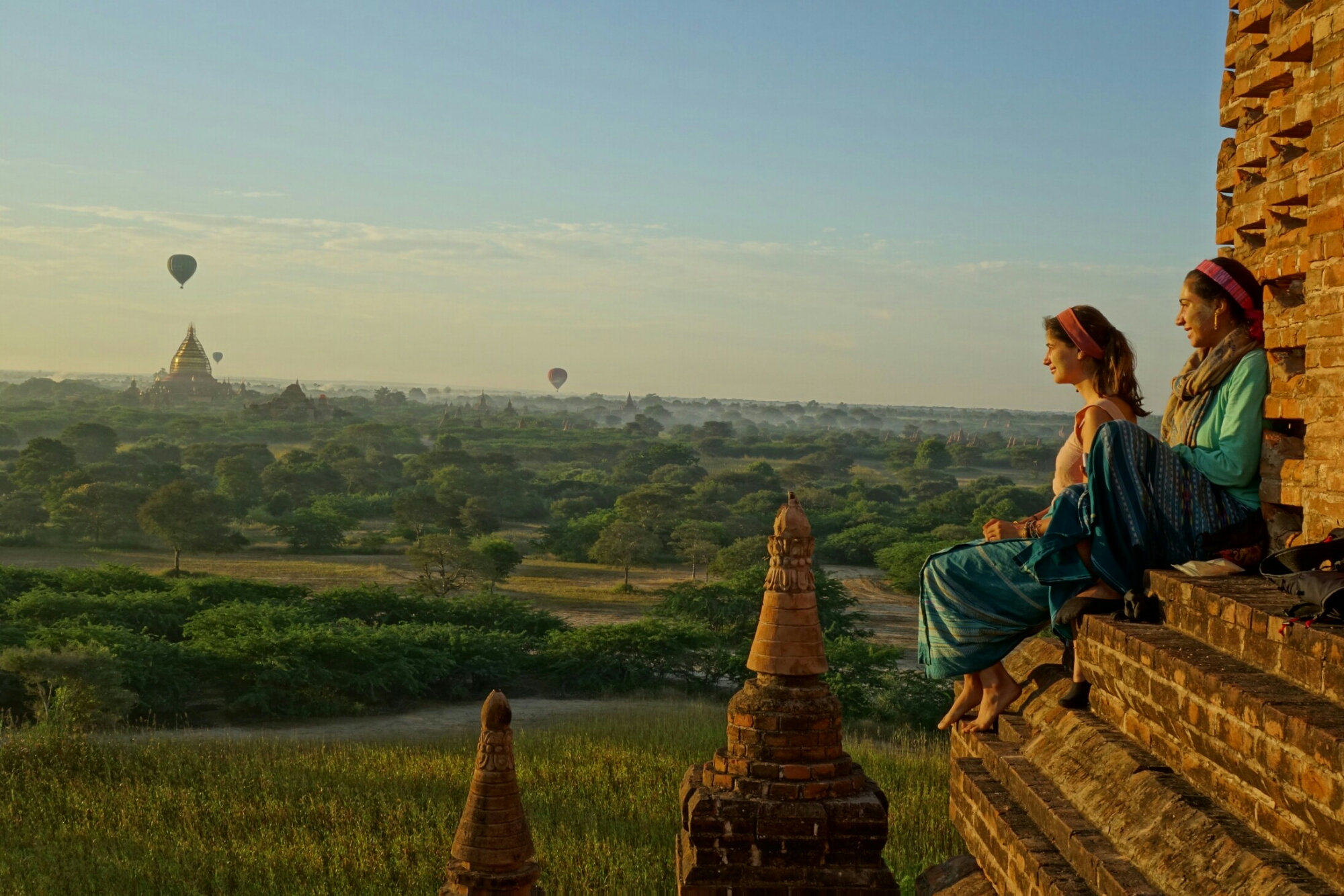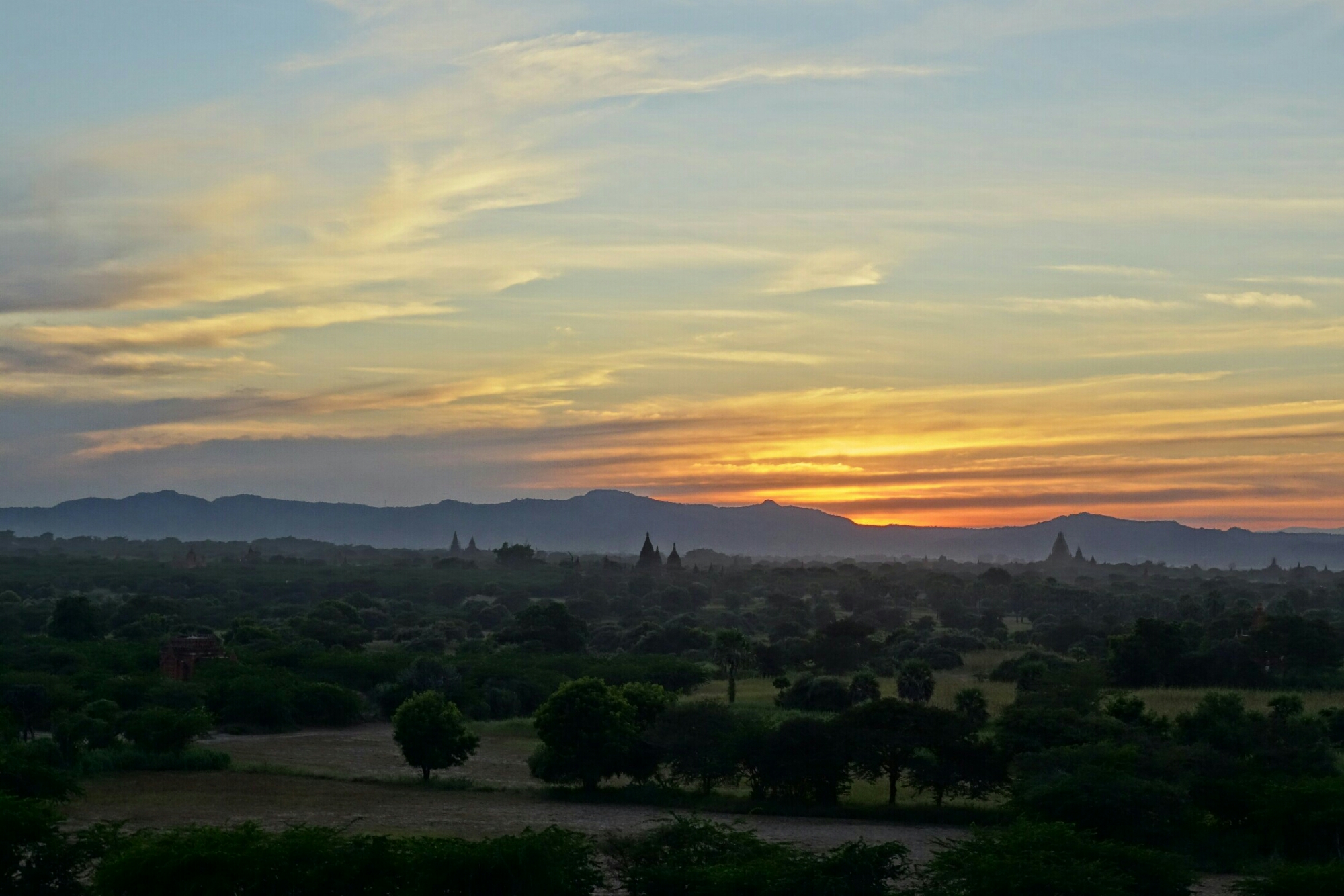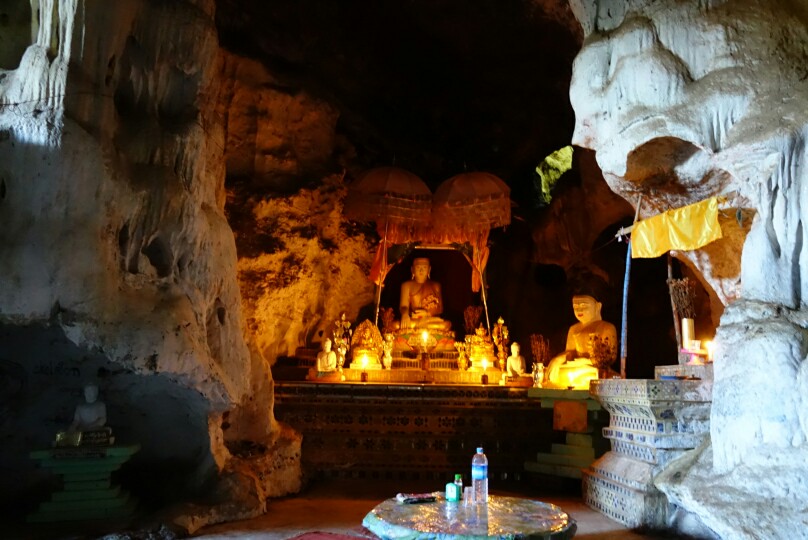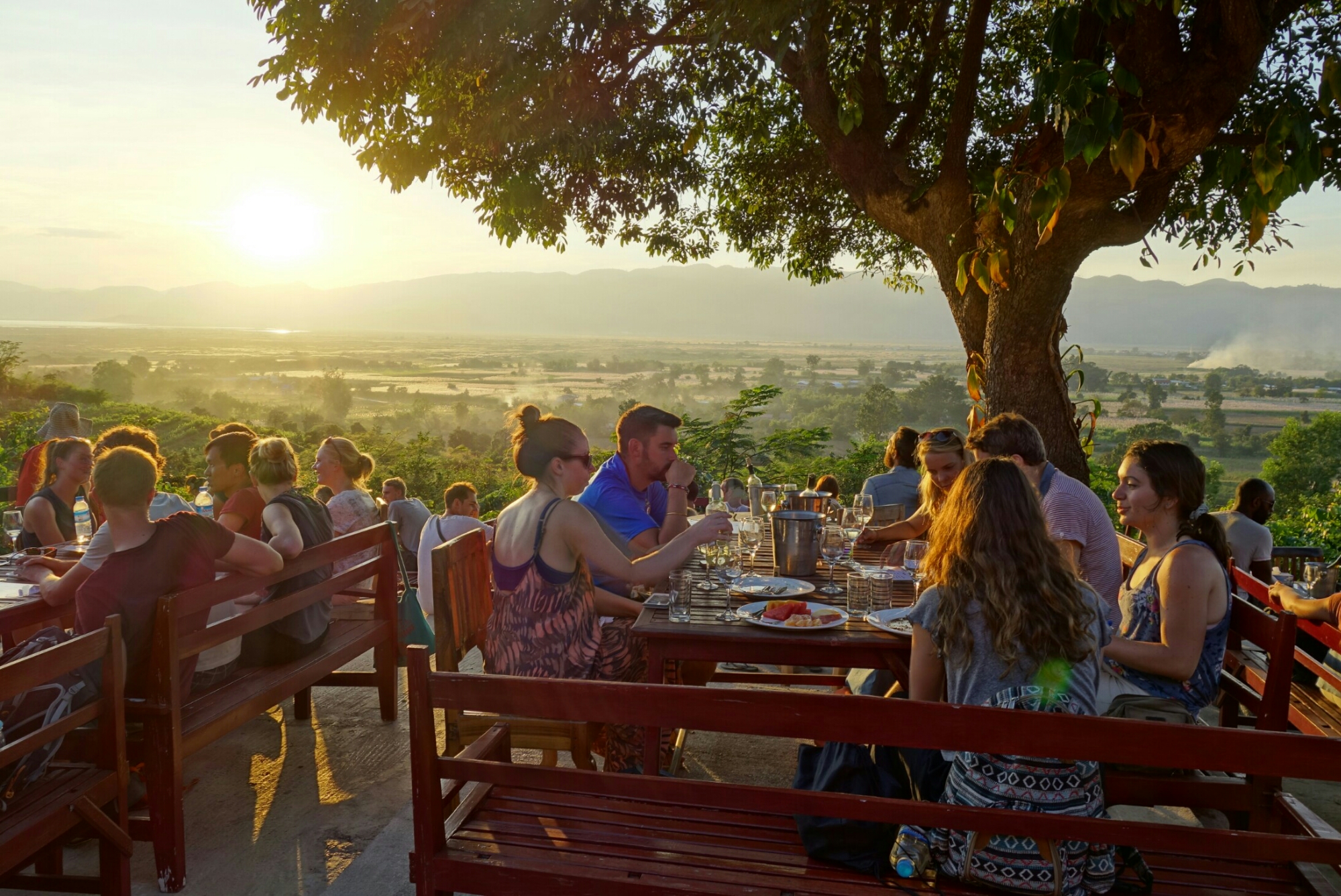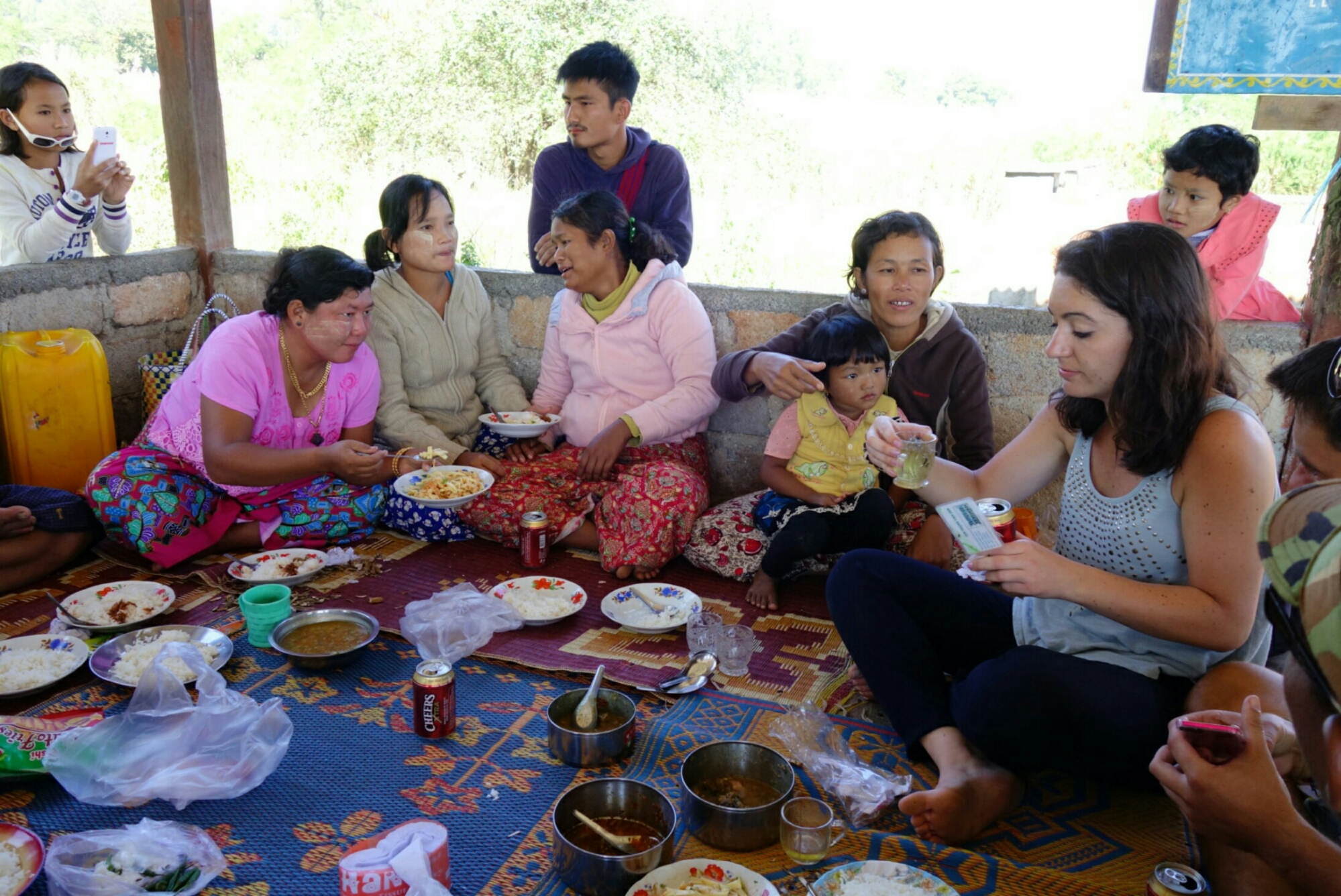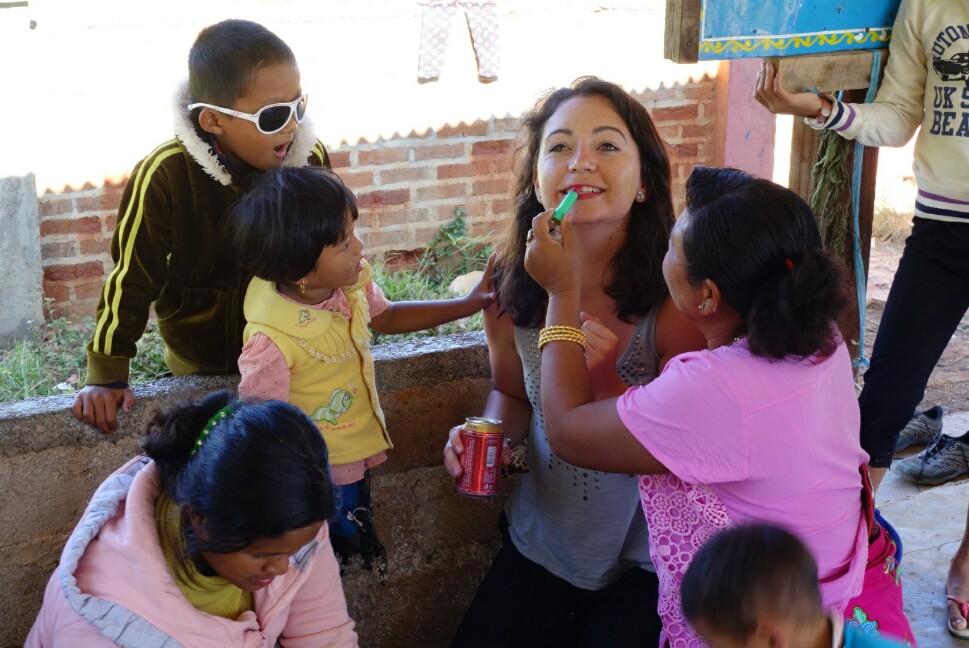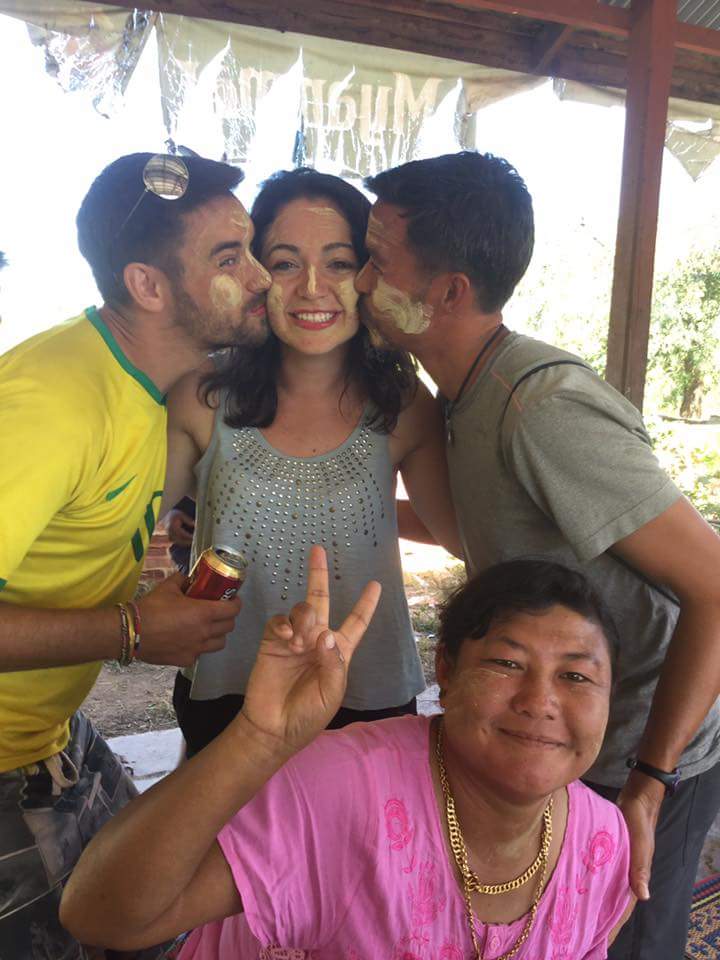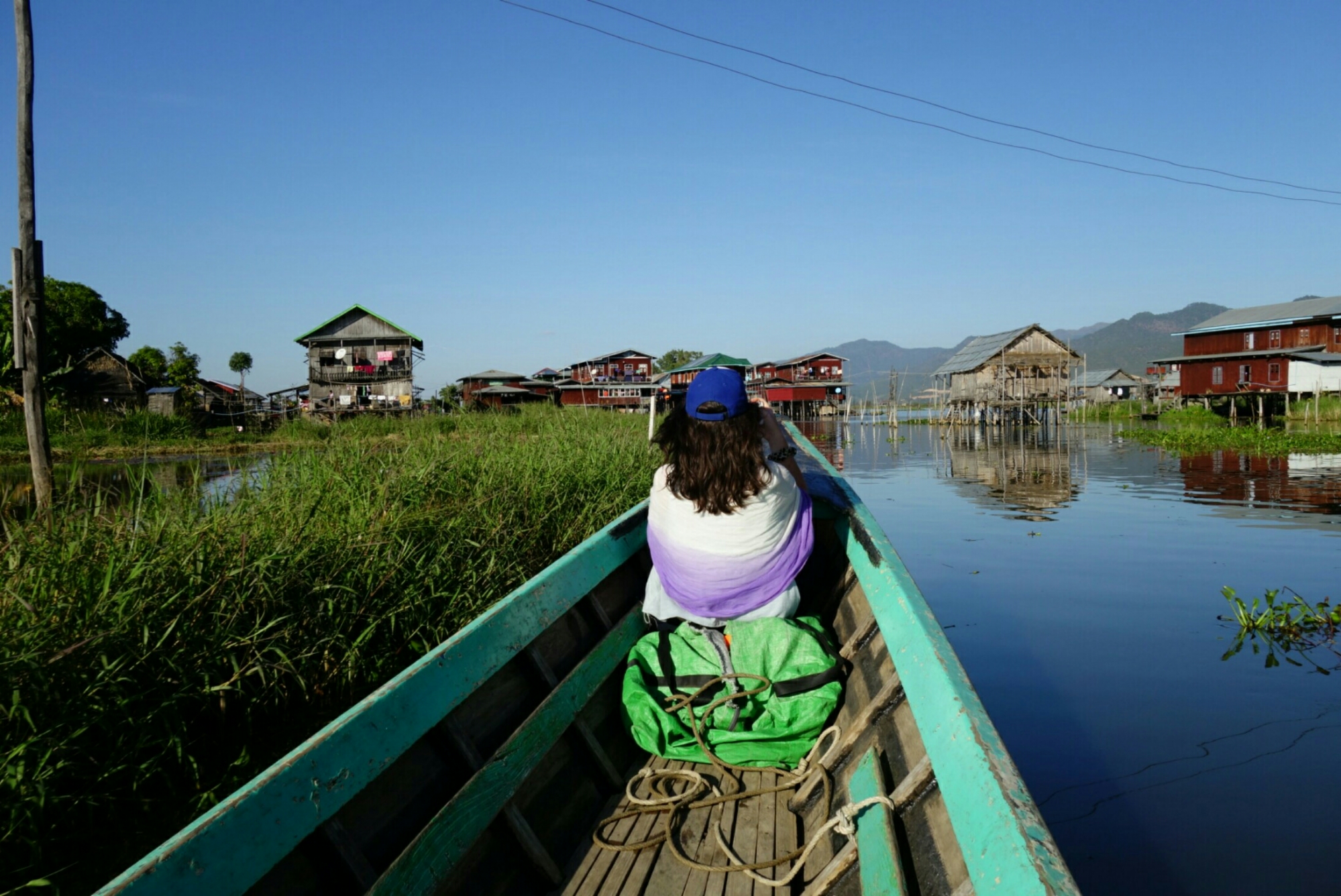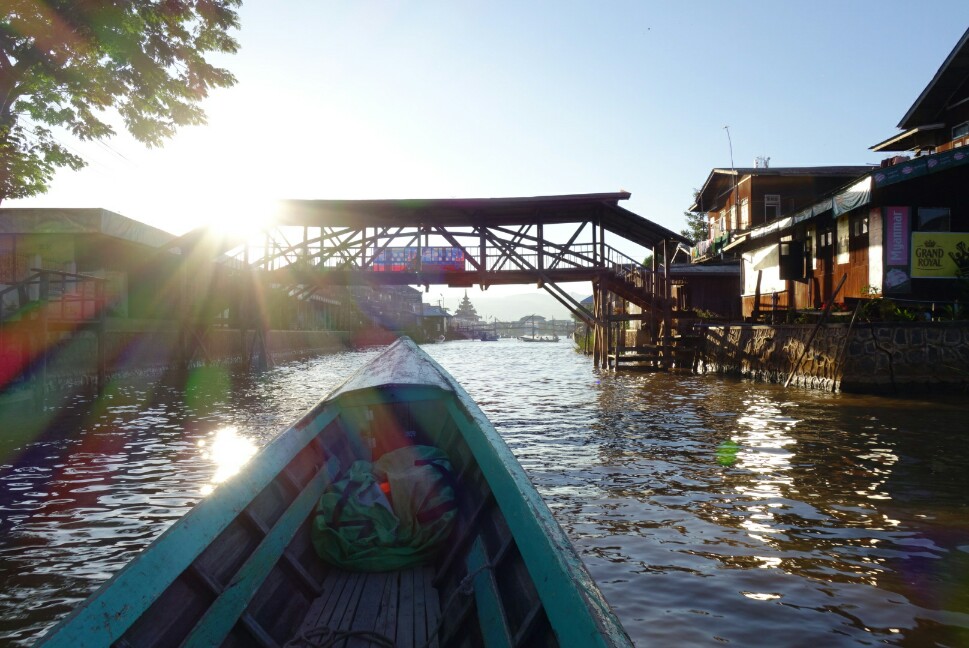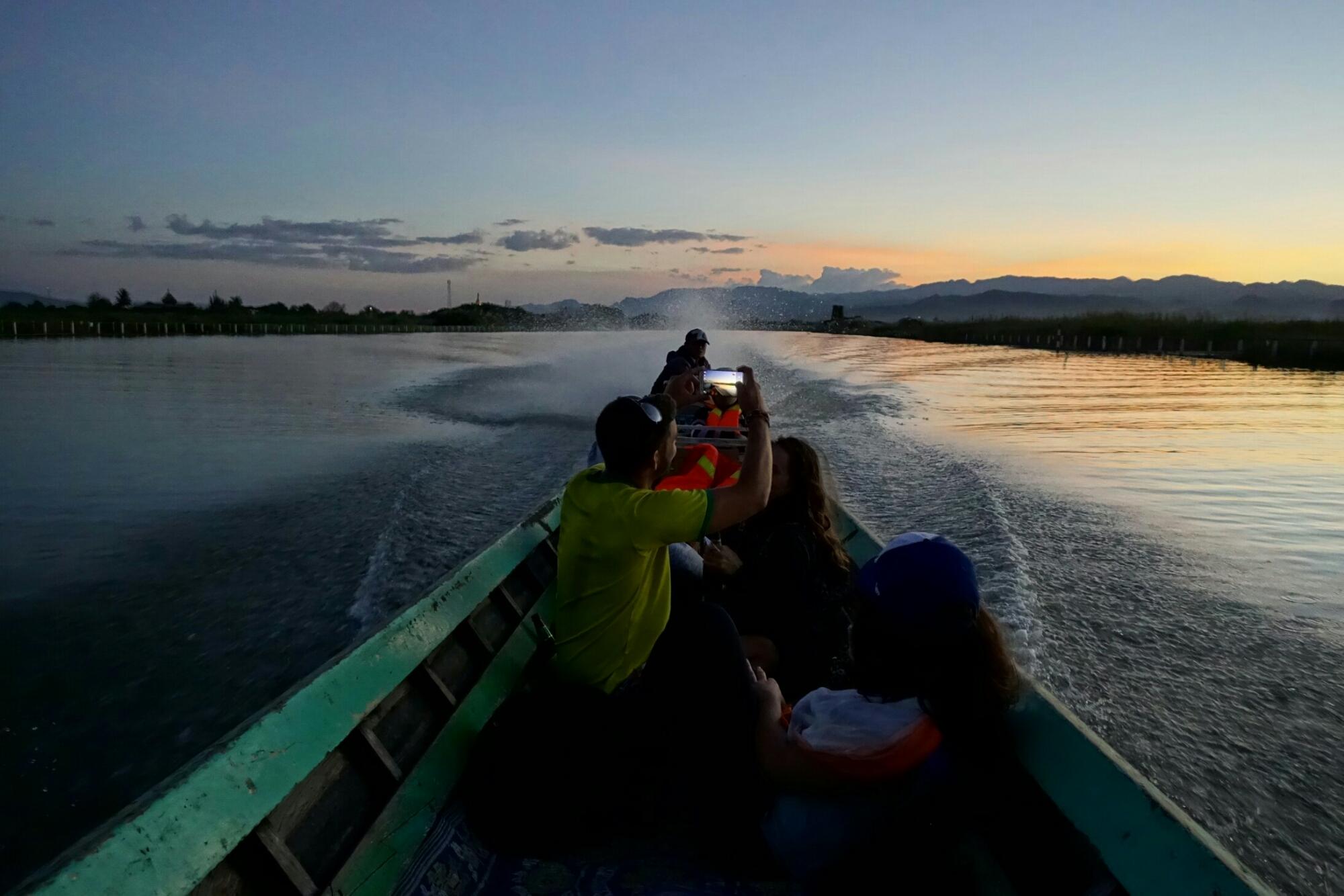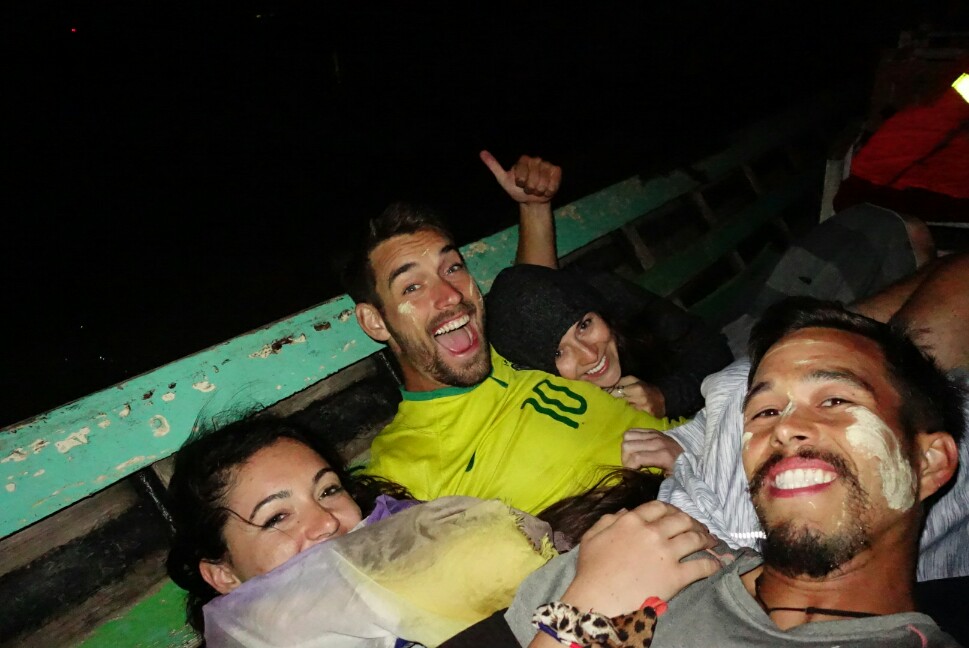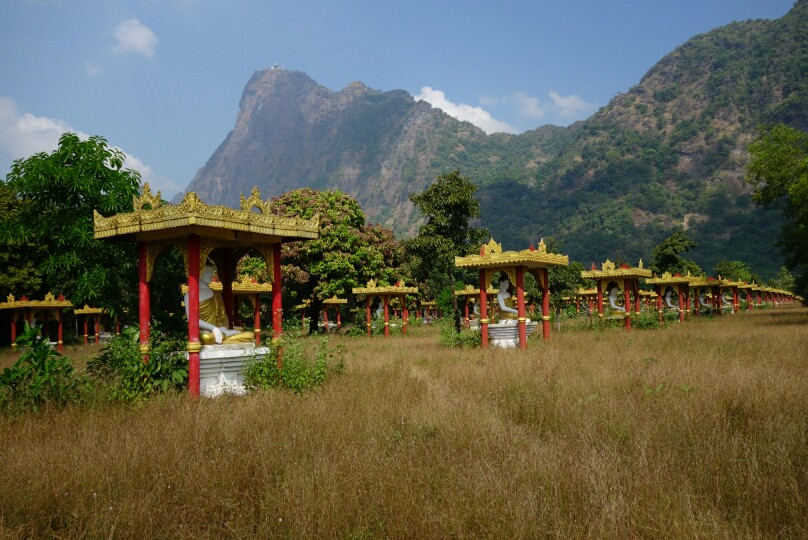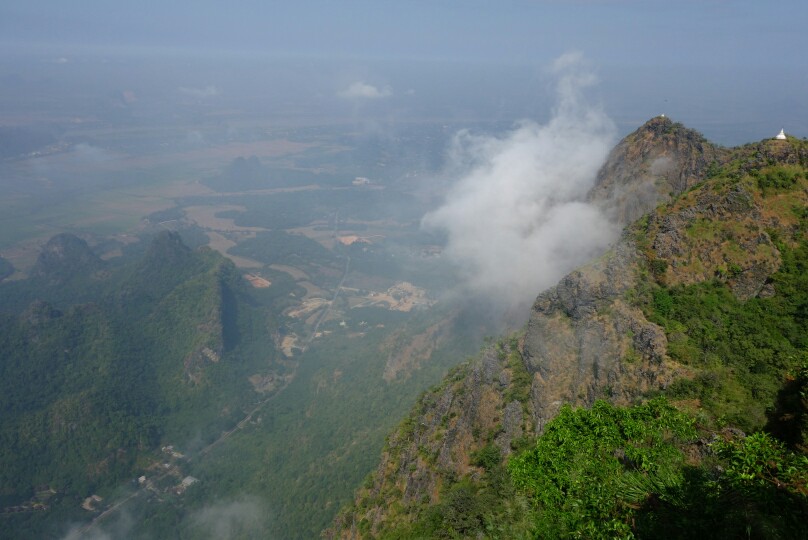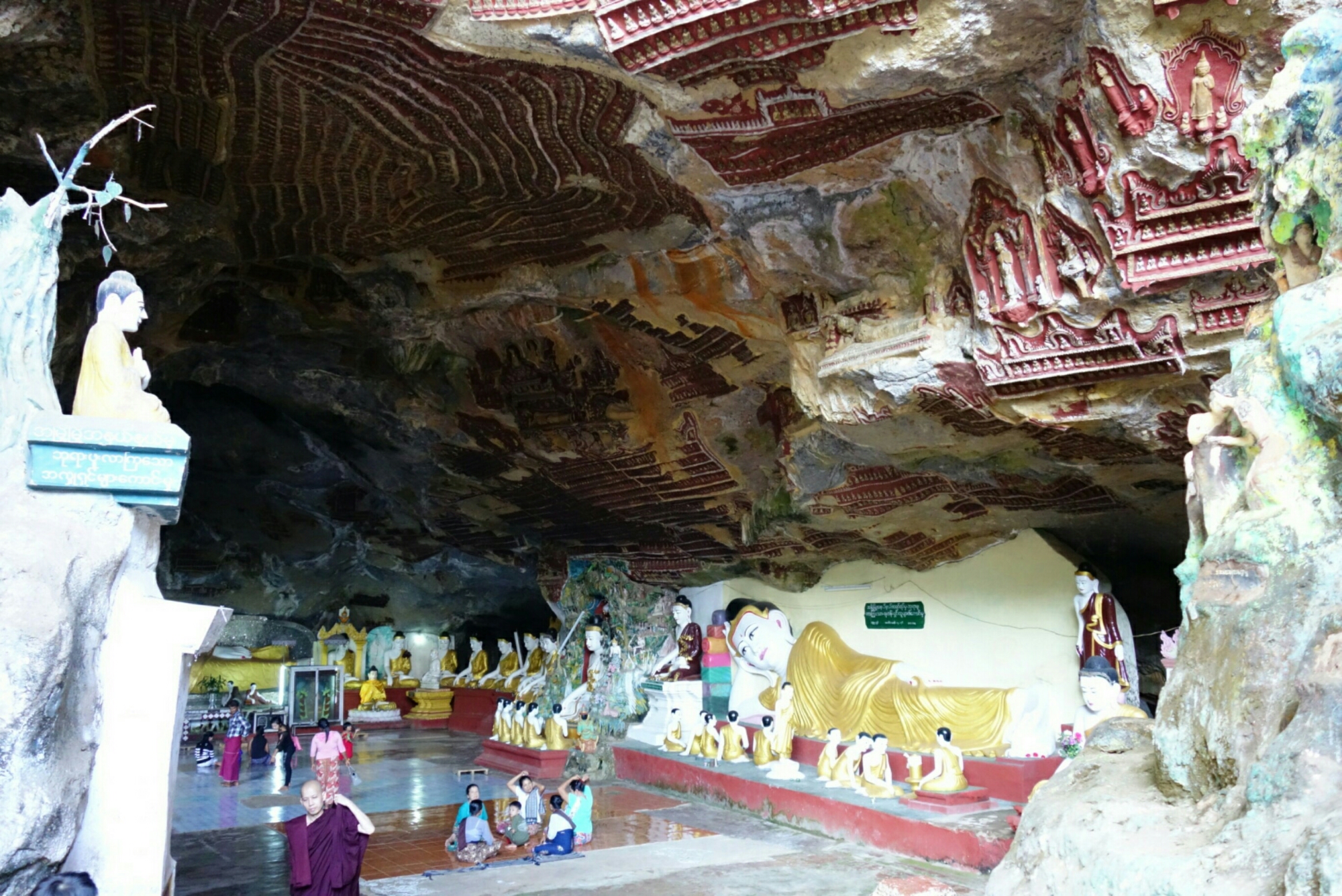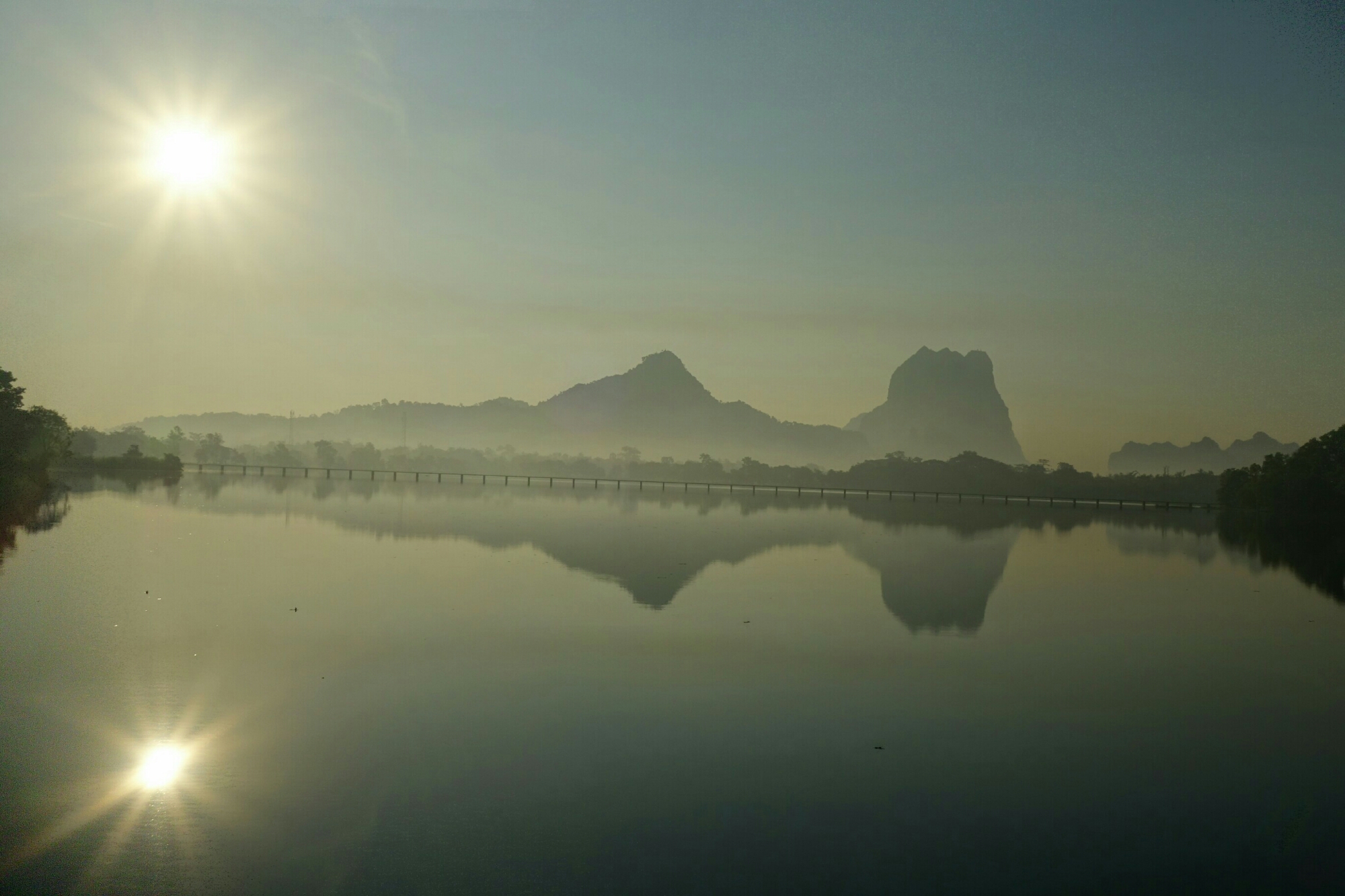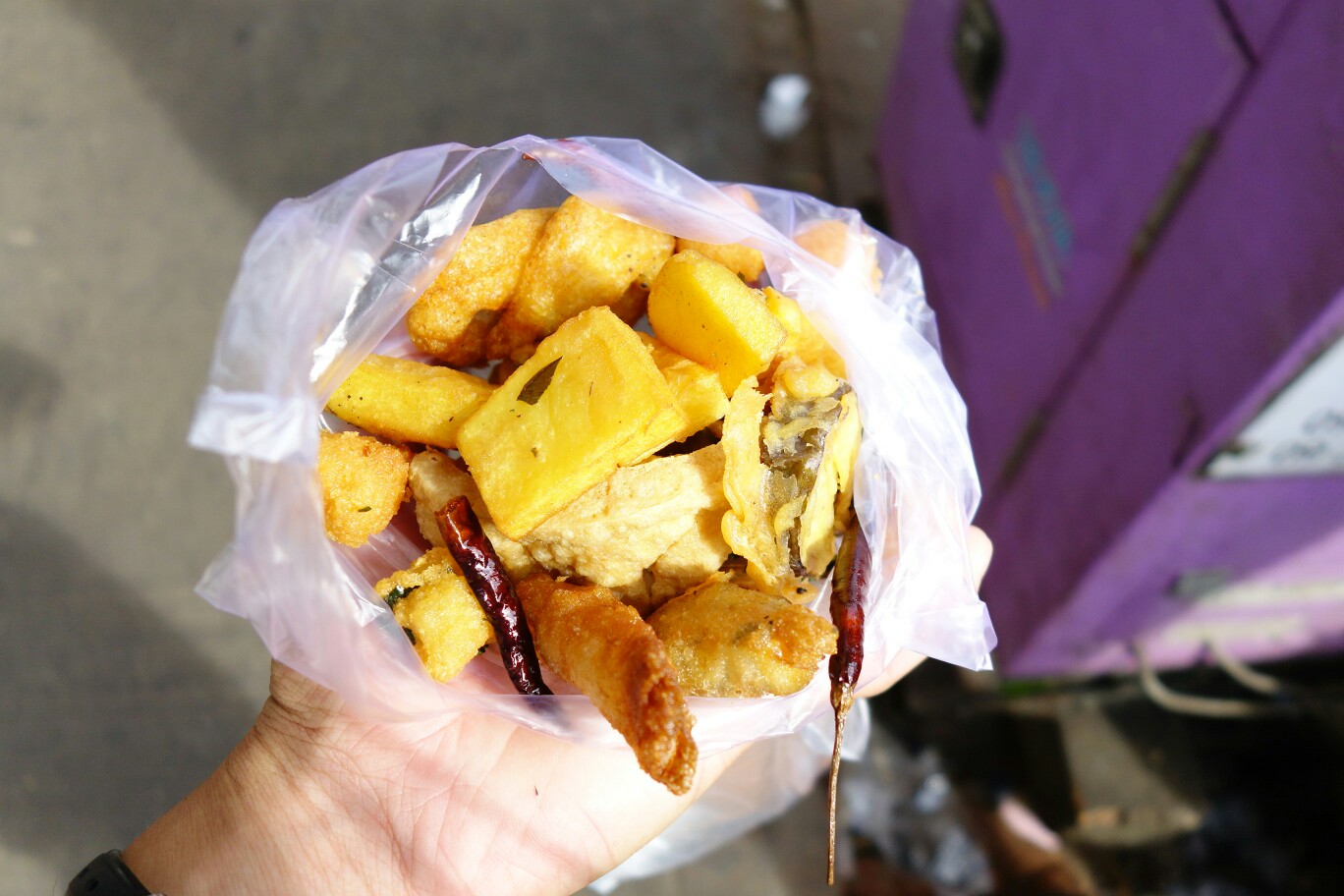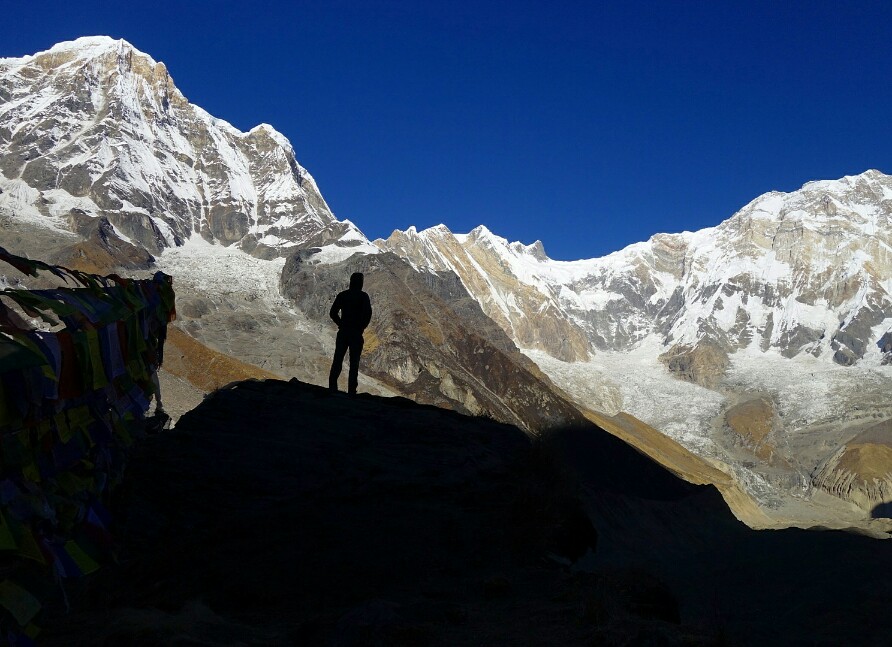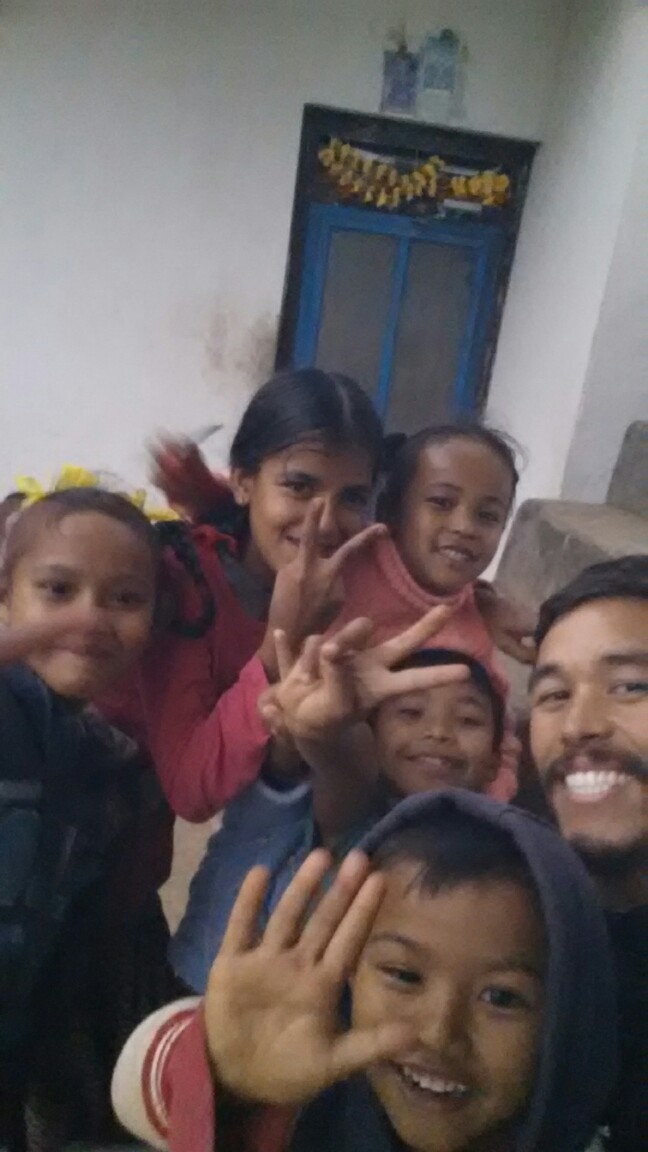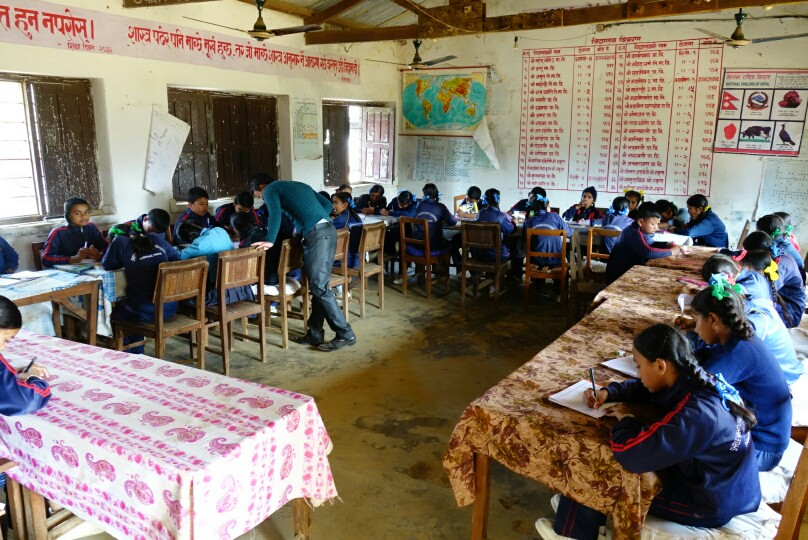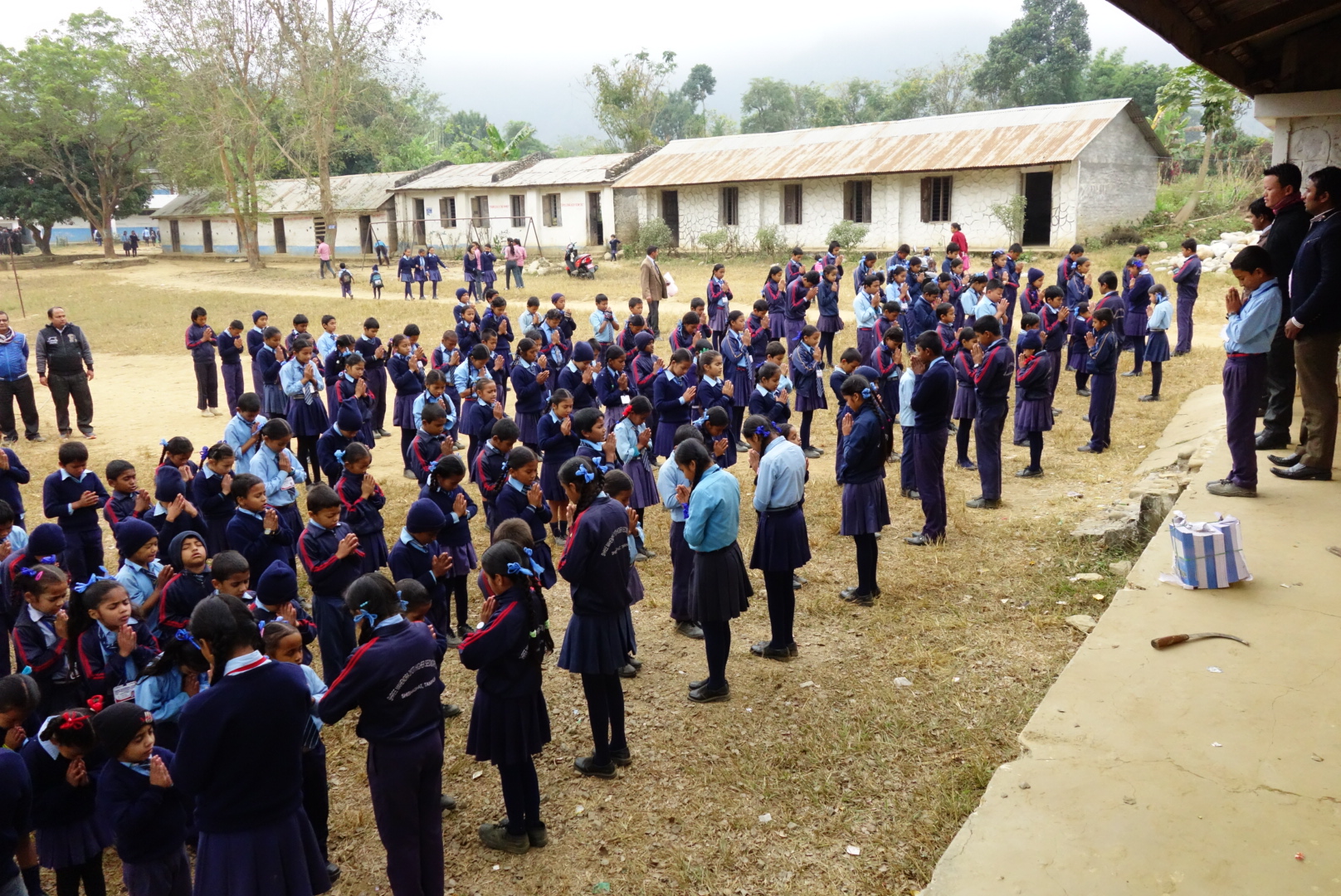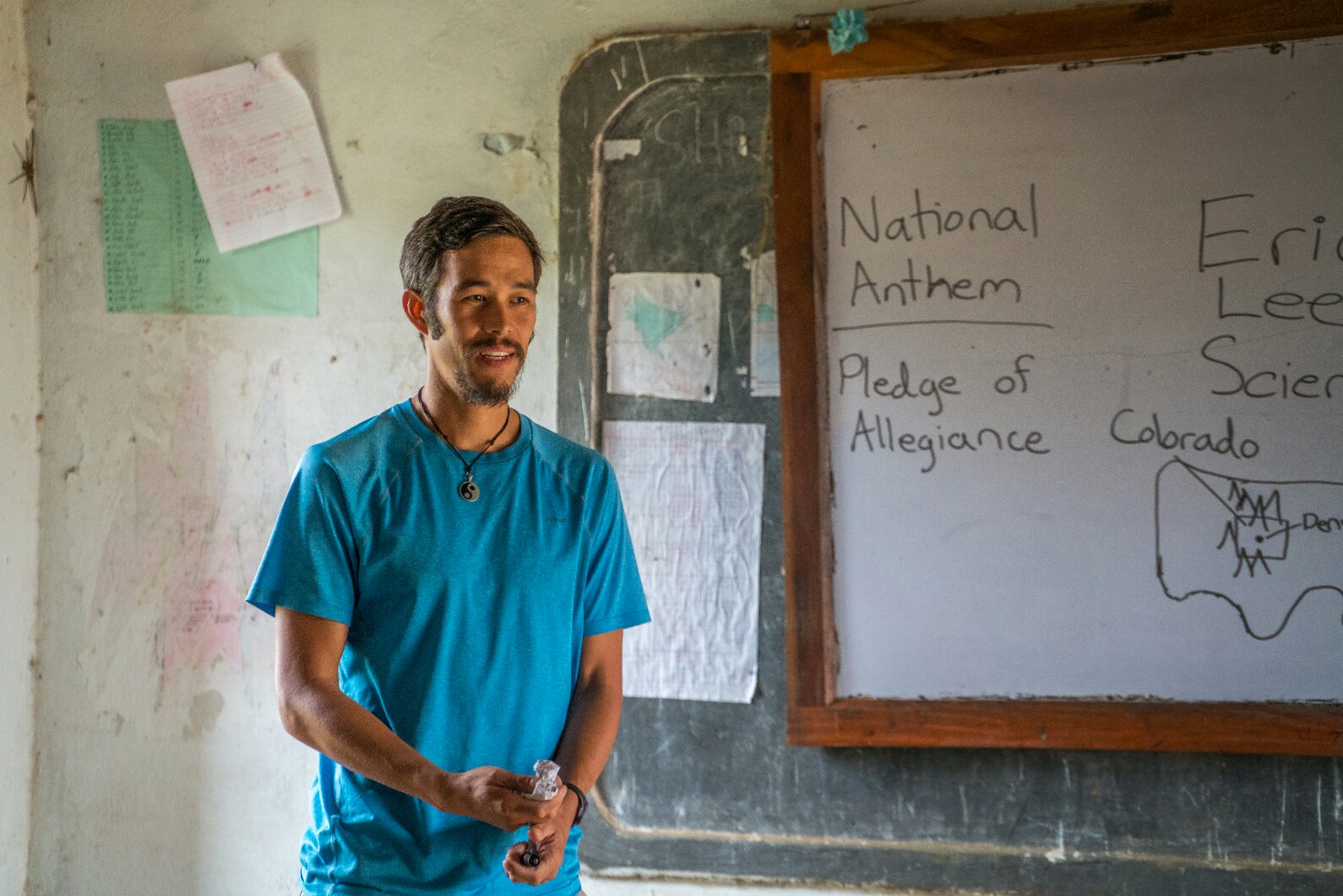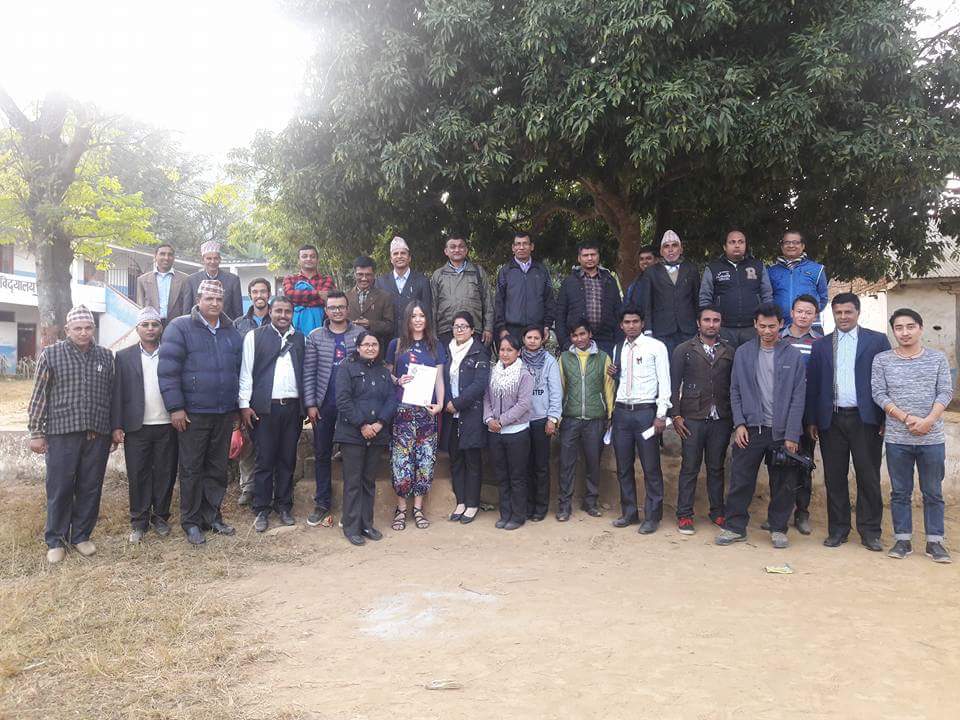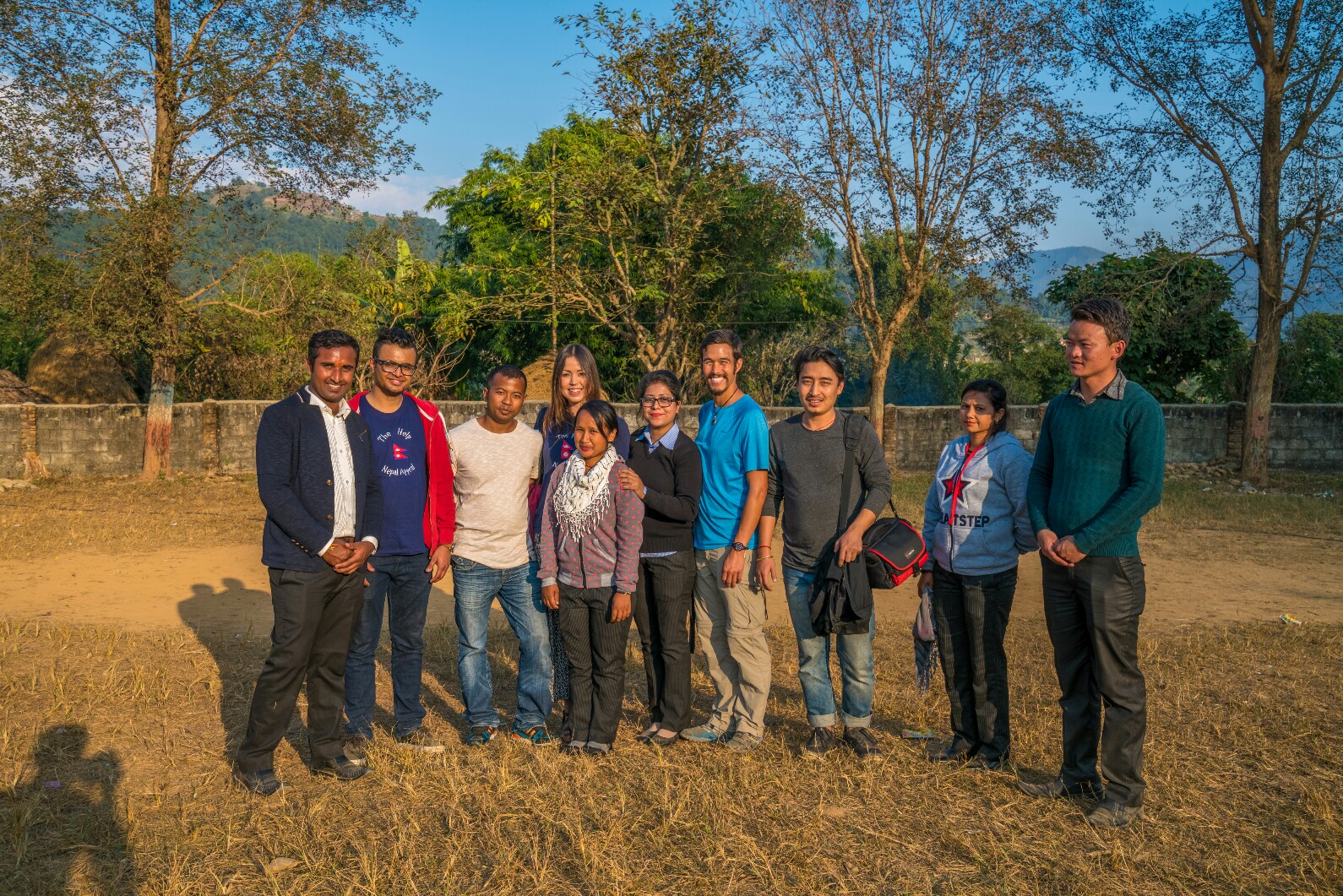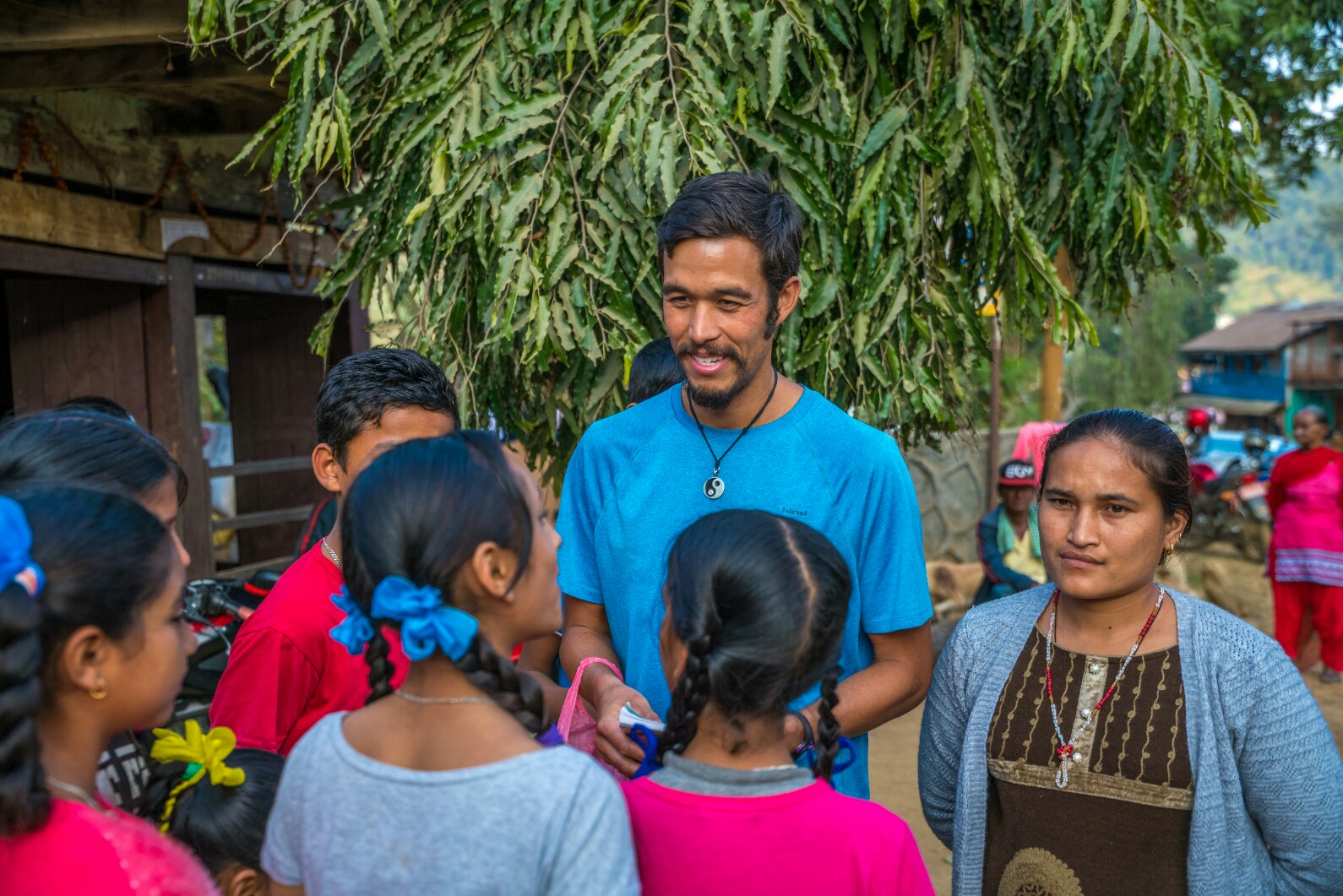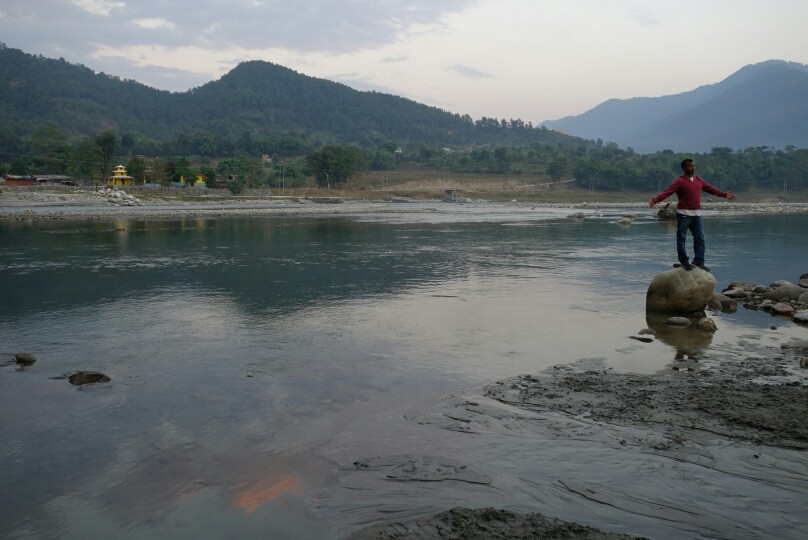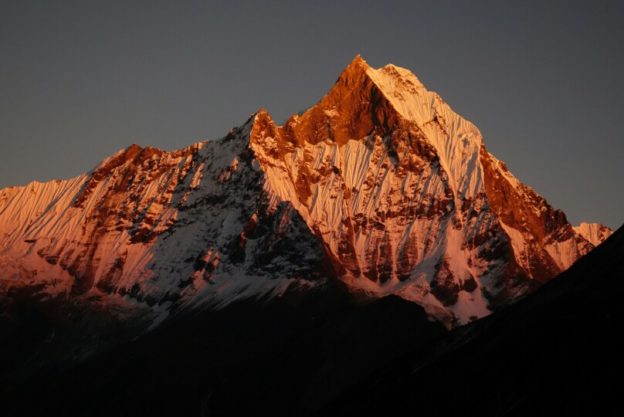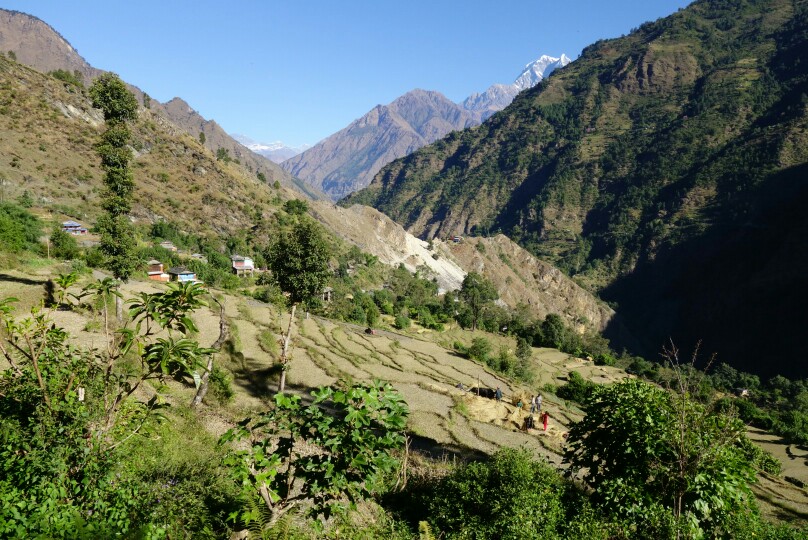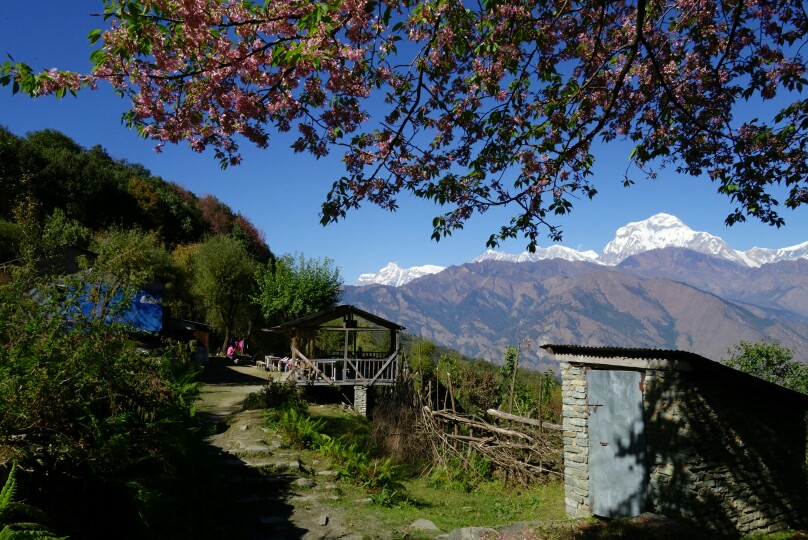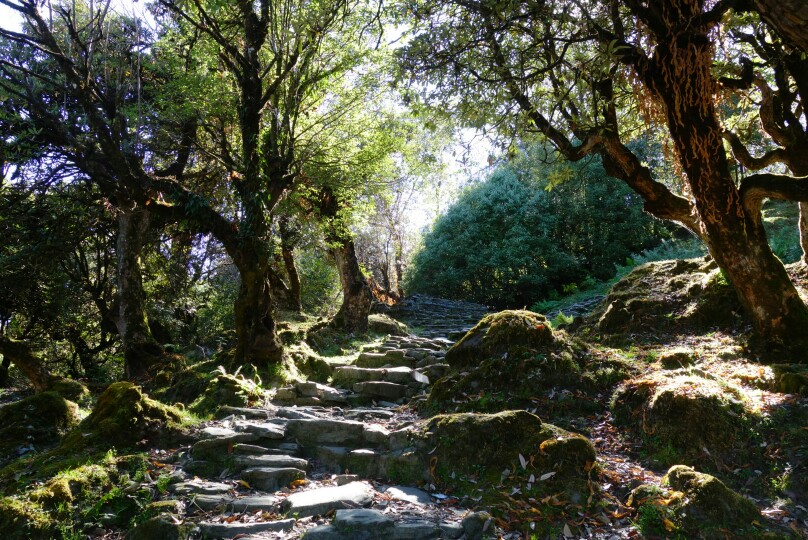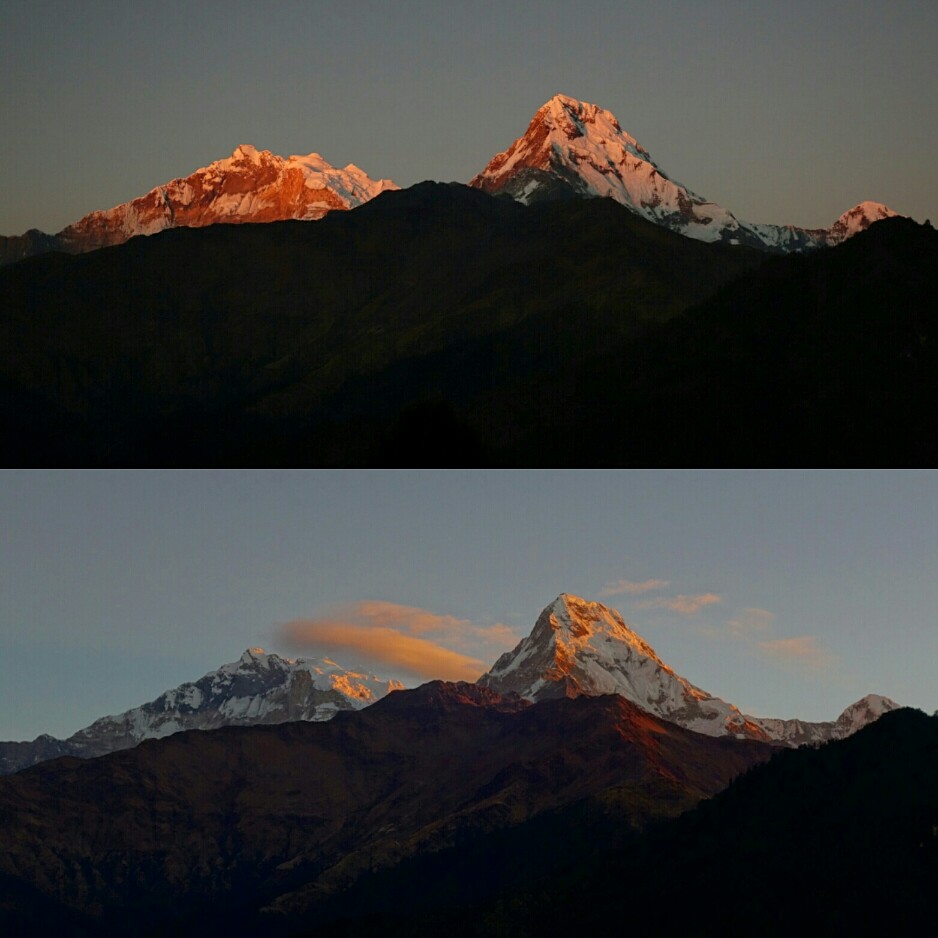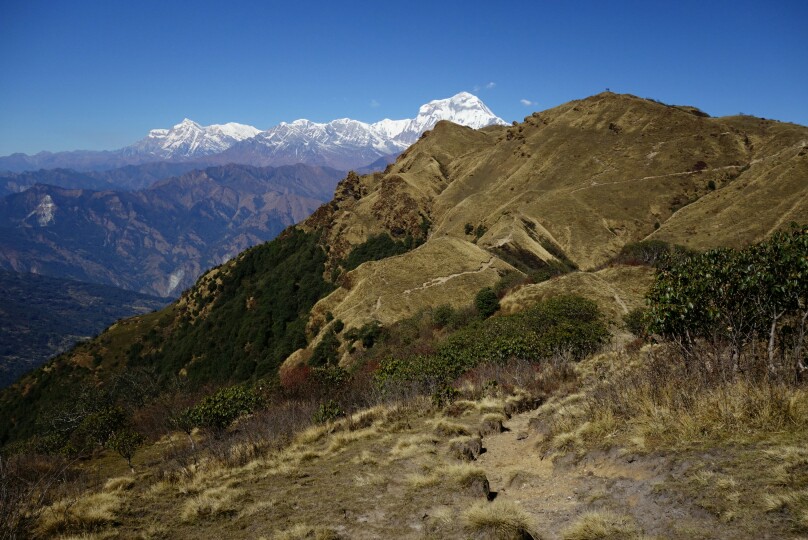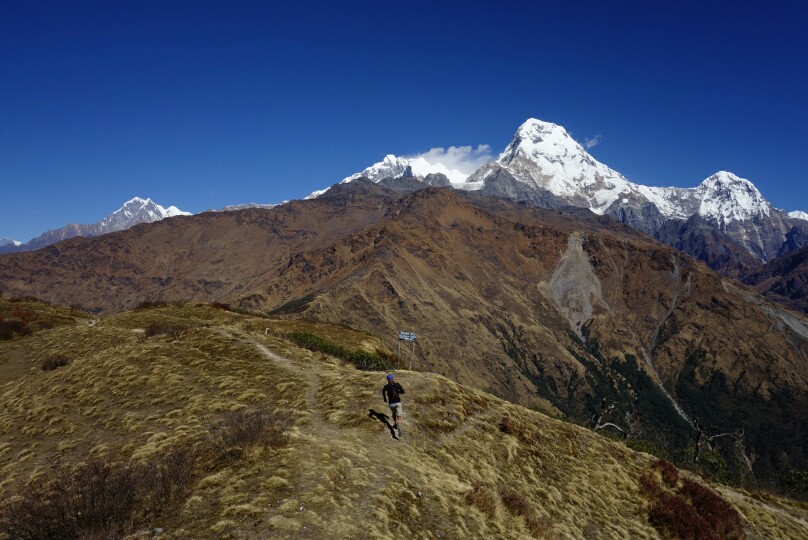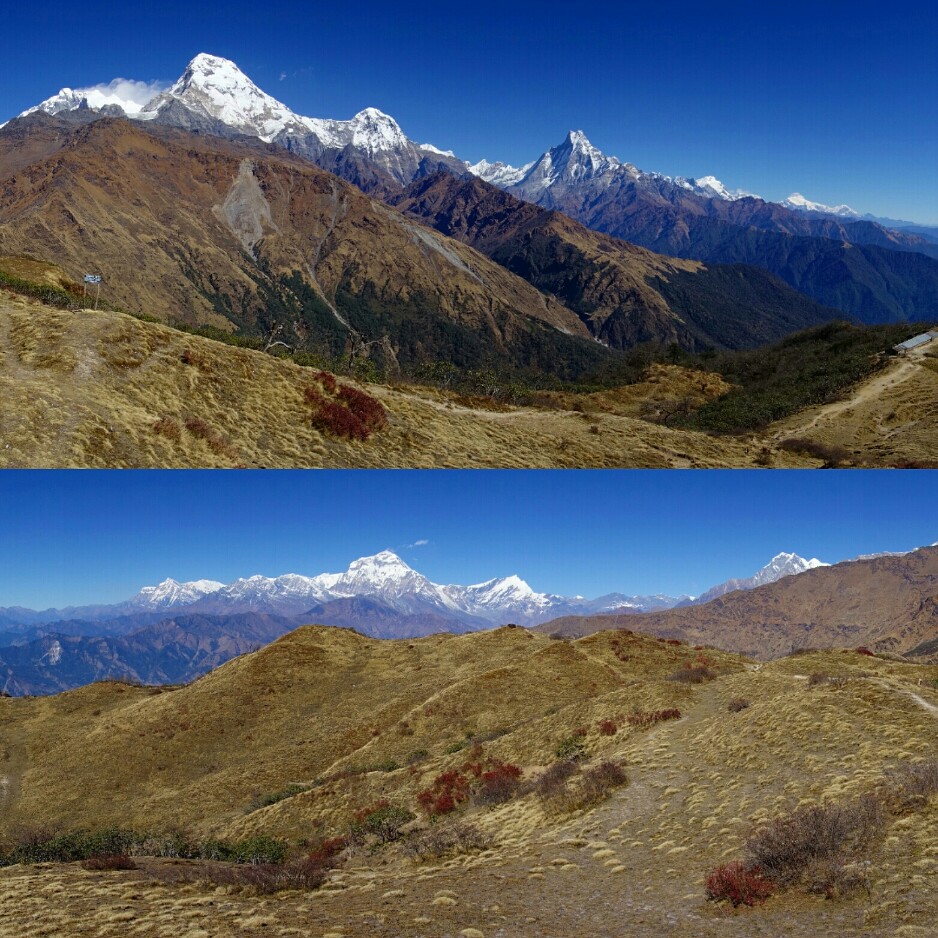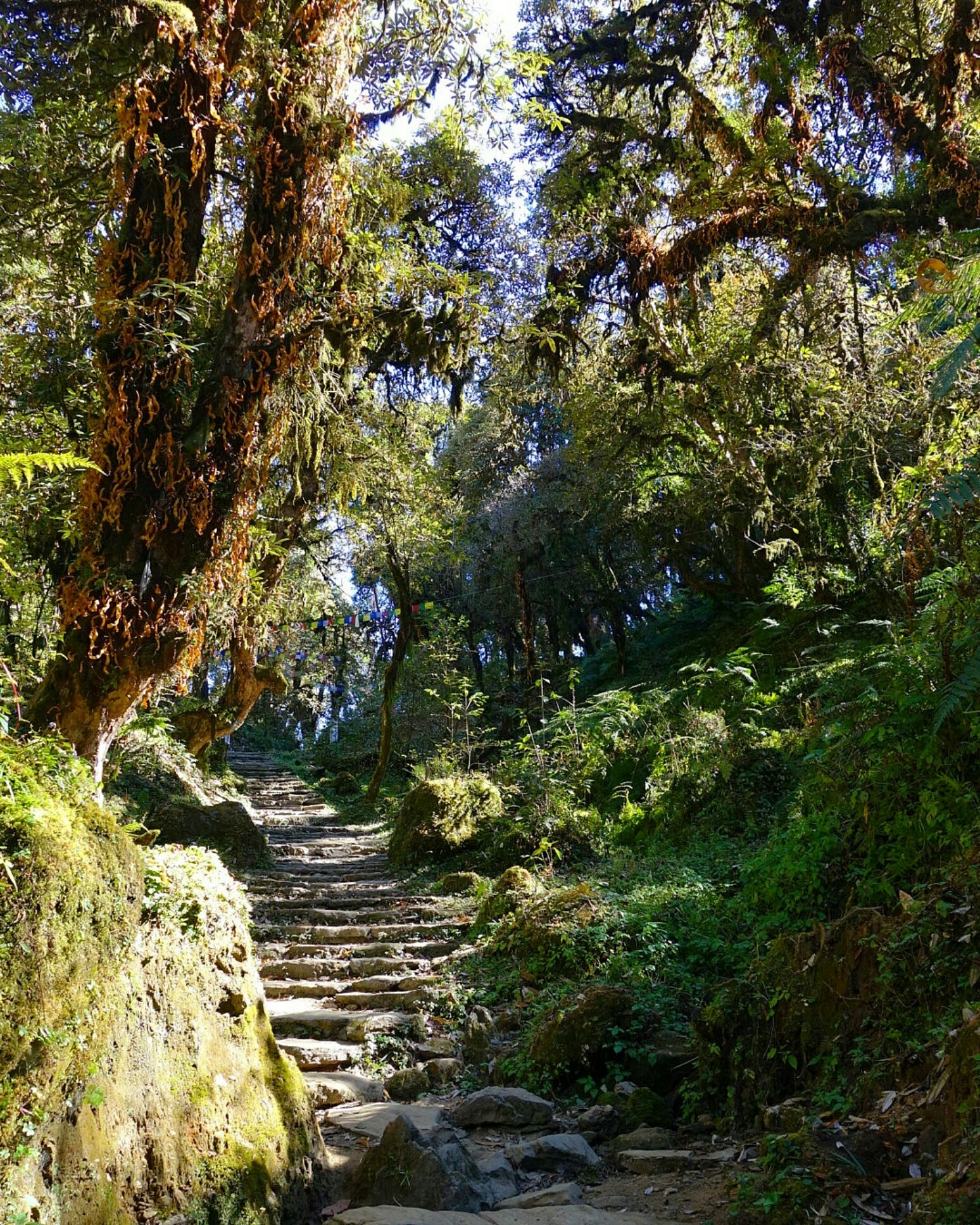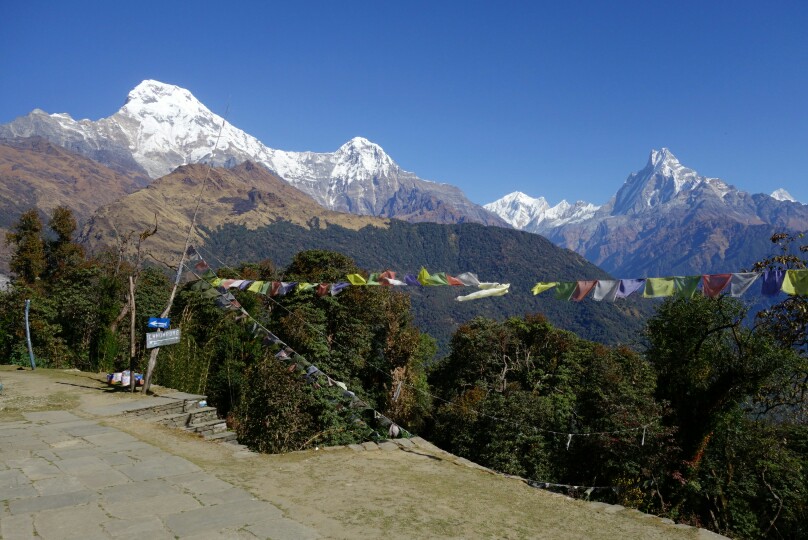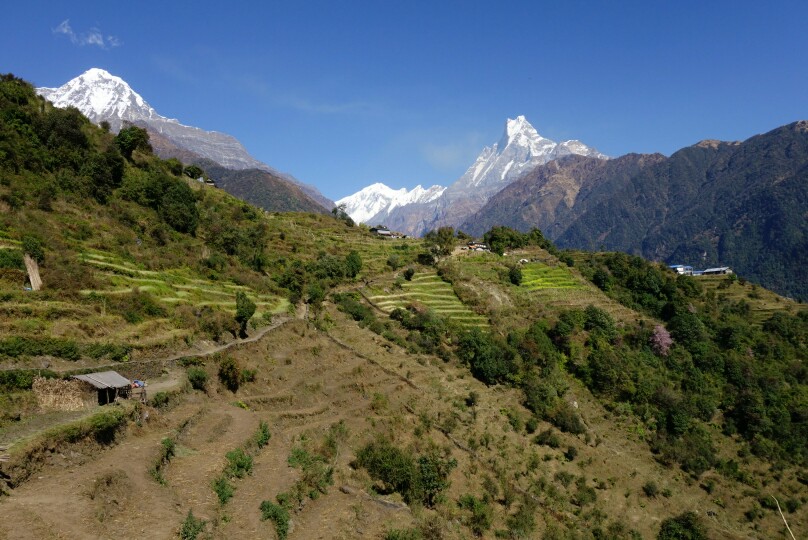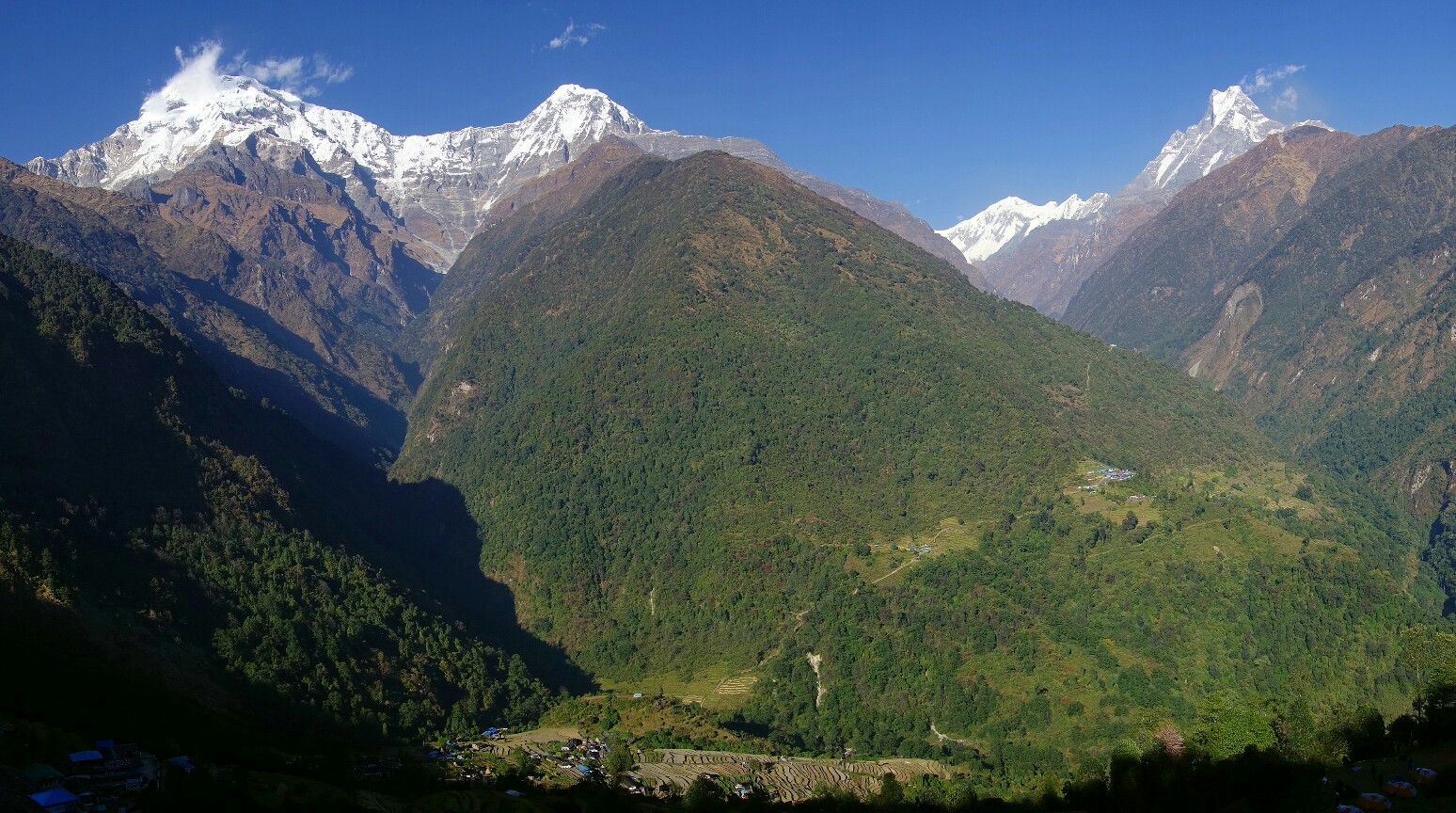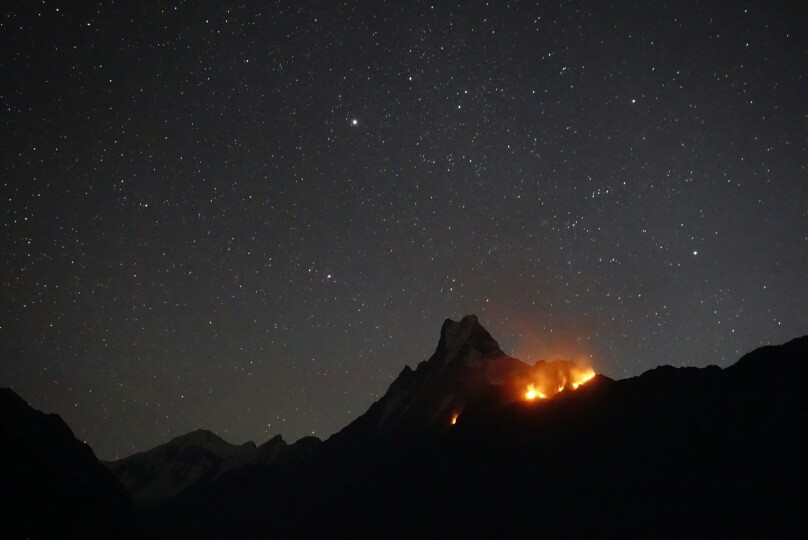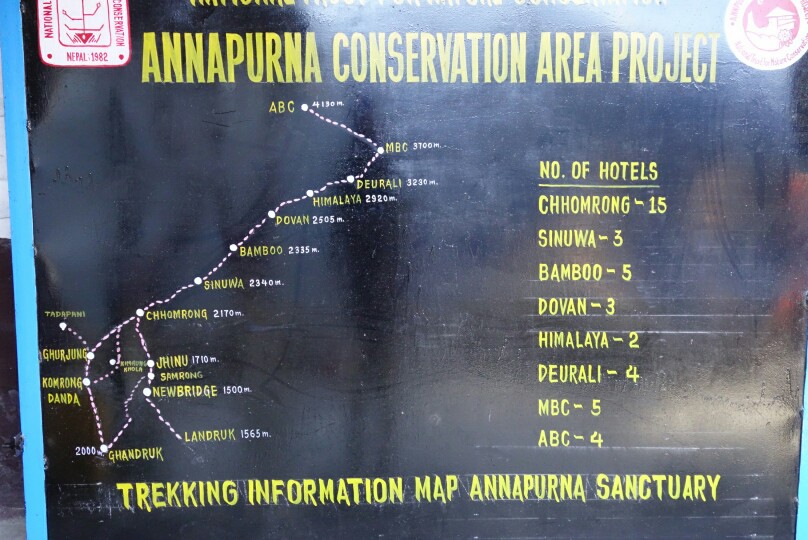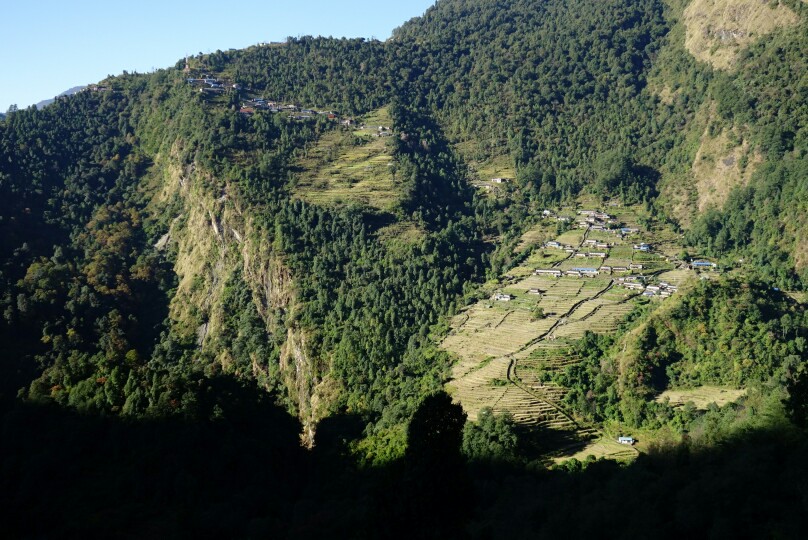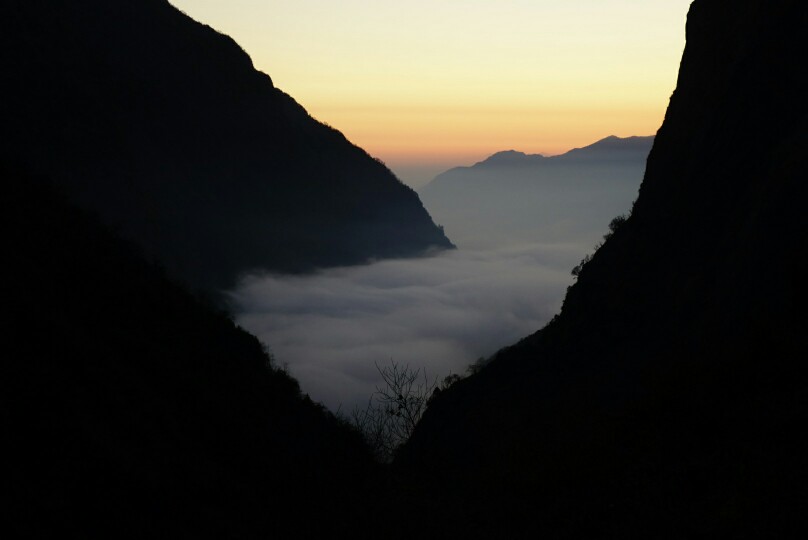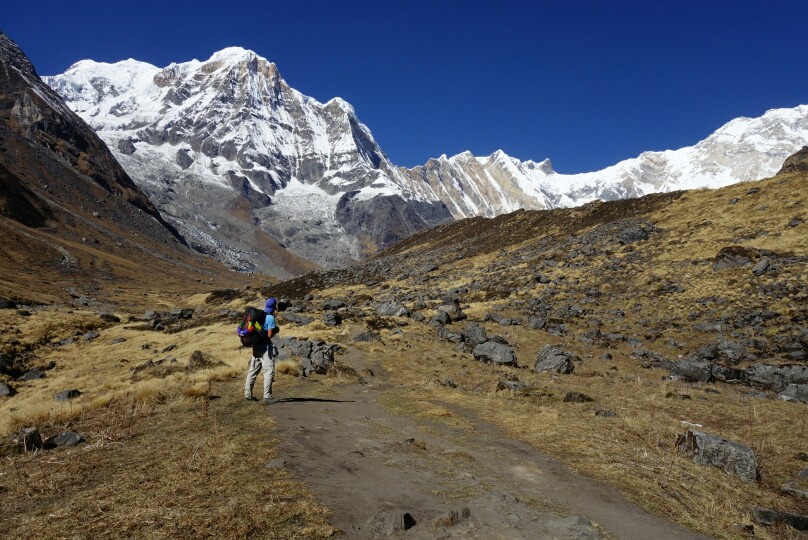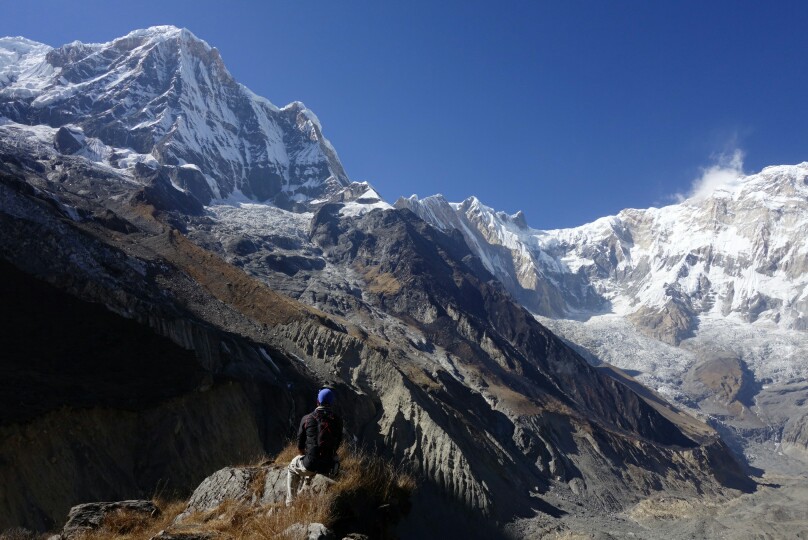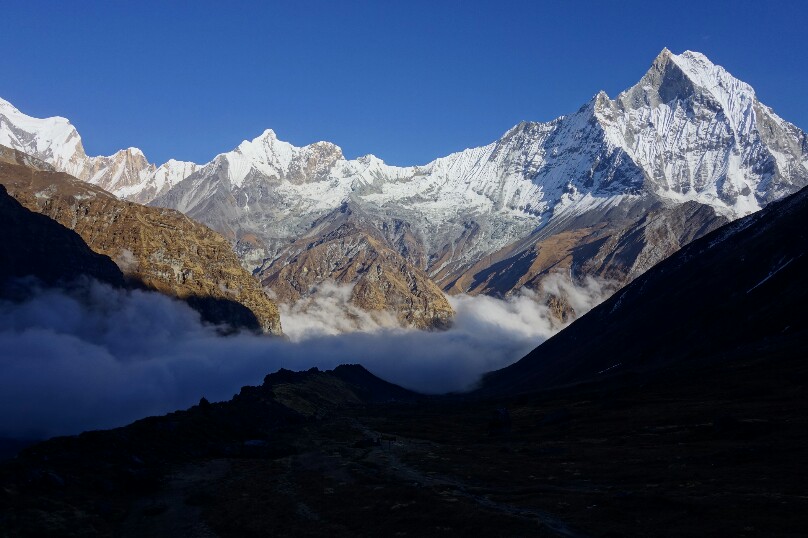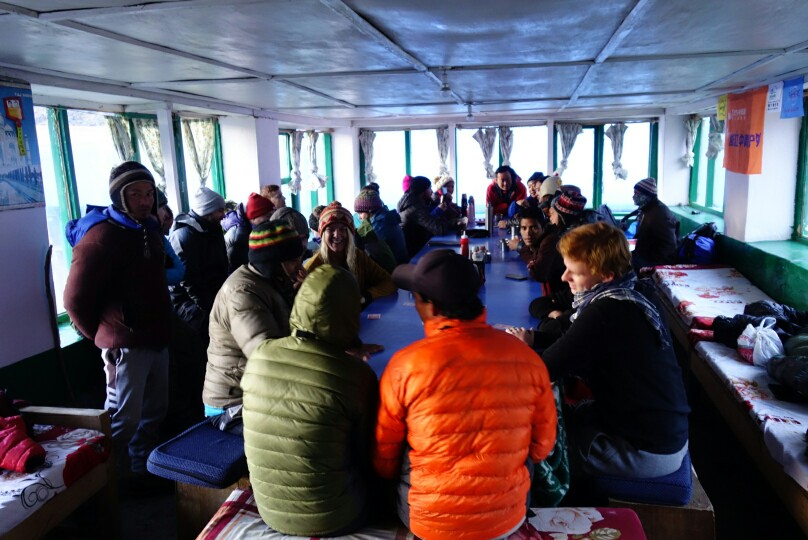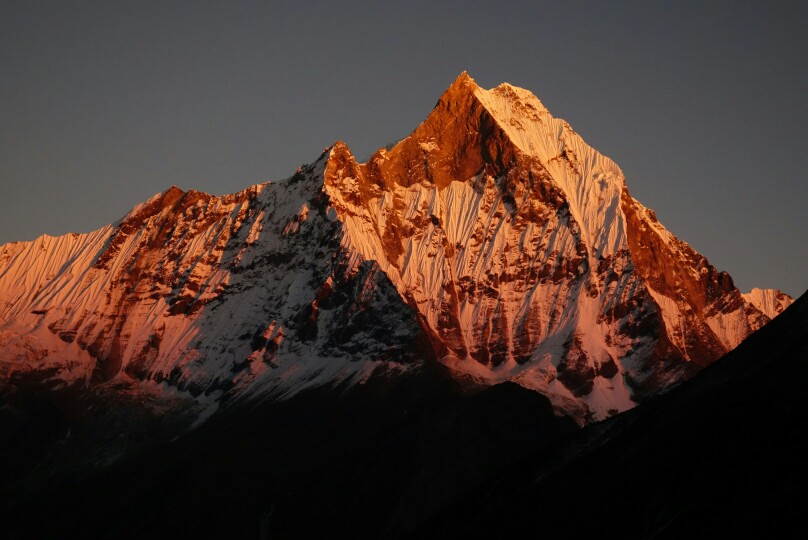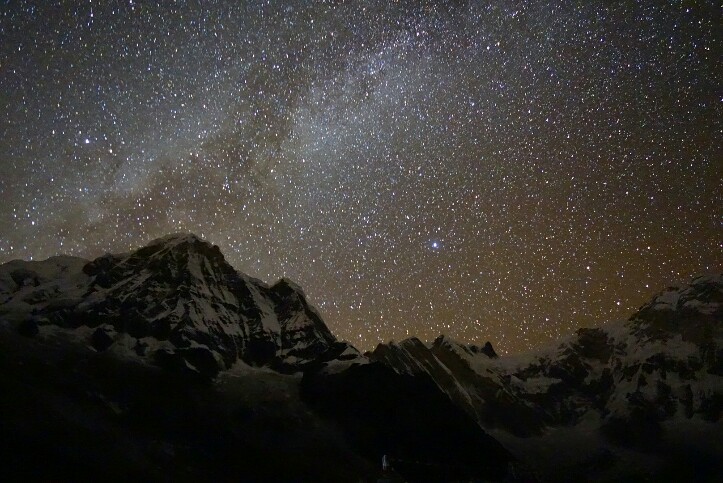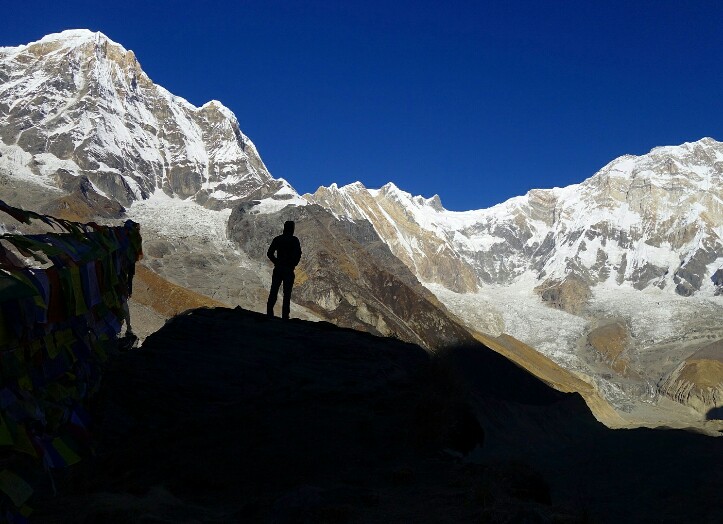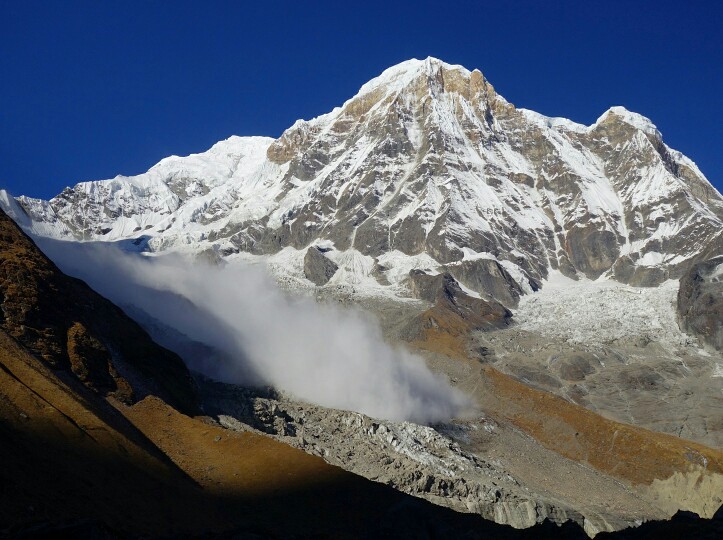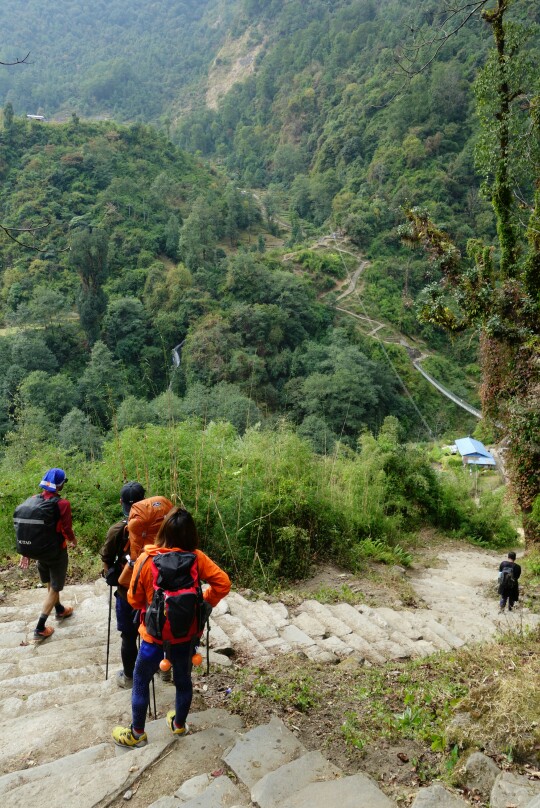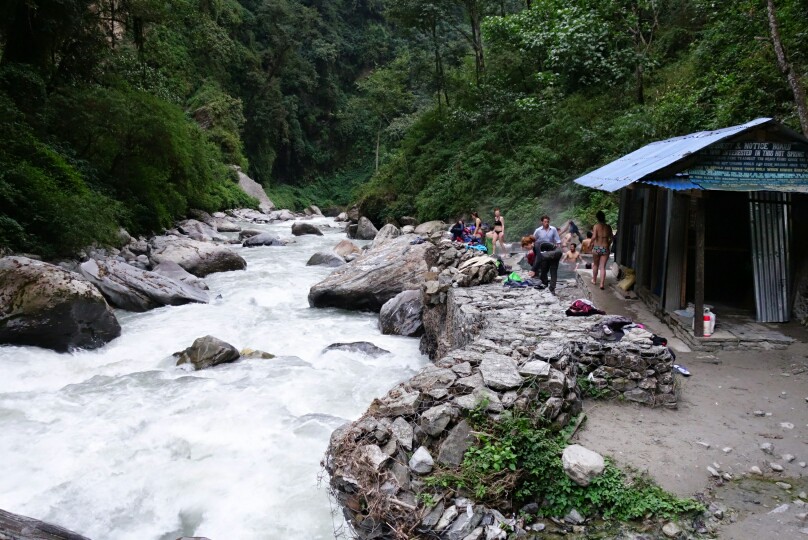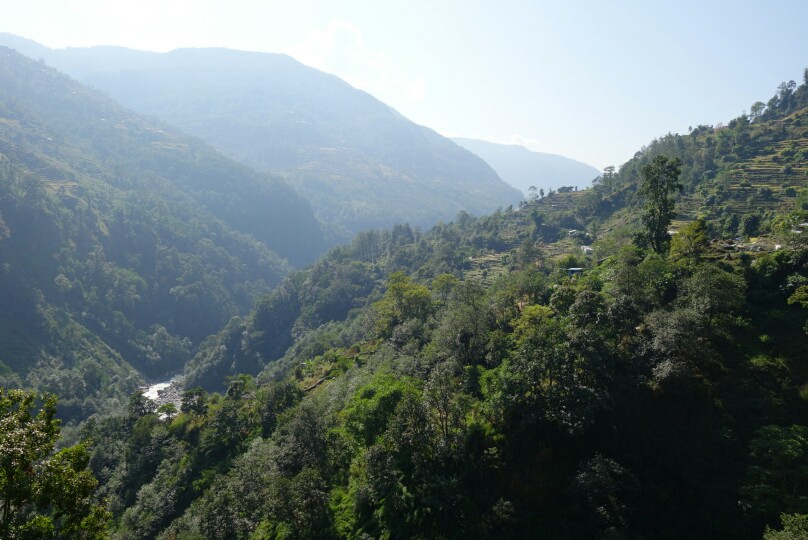In my first blog after I quit my job I wrote about how I wasn’t sure what I expected out of my long term travels. Maybe some adventure, cultural enlightenment, new friends, but more that I’d just take the journey in stride, one day at a time. In my previous life as a working stiff, travels had always been very well planned out, because you don’t want to waste a day when you only have a few weeks. This is what really separates long term travel from it’s shorter counterparts (for me), the freedom and flexibility one has to take advantage of unexpected opportunities. In a 2-3 week trip one can visit all the beautiful places I’ve seen (obviously not in one trip), and meet lots of amazing locals and travelers, but what if an opportunity arose mid-travel? You probably couldn’t/wouldn’t change your entire trip to do something completely unplanned.
After being shut out of the multi-day trekking options in Torres del Paine, I did some long day runs (see earlier blog), returning to Puerto Natales each night to relax at Erratic Rock. One night while sitting and having a glass of wine I overheard the hostel staff Bill and Jess talking about a volunteer trail building opportunity that they were helping to organize in Torres del Paine the first week of March. For those of you who know me well, you know I have a passion for giving back to the parks and trail systems that so many of us heavily use, and sometimes neglect and abuse. I’ve even taken several courses on trail design, maintenance and construction, along with how to lead volunteer groups in such settings (Thanks Boulder Country Parks & Open space!). So with all that in mind I couldn’t pass up the possibility of joining the group and proceeded to beg my way into the team. Thanks to the folks at the Torres del Paine Legacy Fund I was now part of the team of volunteers, and I’d be back in Puerto Natales the first week of March to head into the park for a full week of camping and trail building.
After a five day stint in Ushuaia and a little over a week playing around on the trails of El Chalten and El Calafate I caught a bus back to Puerto Natales for a few nights at Erratic Rock before heading into the park to work. It was kind of like hanging out with the family, and I even got put to work by Bill a little bit, always happy to help out. Friday March 3rd much of the crew met up and made some last minute arrangements before heading out. The group was comprised of several of us gringos from the States, a couple Chileans from up north, a few local guides, a traveler from France and a whole bunch of the local Guarda Parques (park service). On Saturday afternoon we loaded into several vehicles and drove the back road into Torres del Paine. Those of us non-locals marveled at the views of the mountains reflecting off a dead calm Lago Pehoè, how did we get so lucky? We then transferred all our gear from the vehicles onto the catamaran at Pudeto and set off on the 30min journey across the lago to Rifugio Paine Grande, our home for the next week. We were treated to beautiful views as we slowly motored across the Lago. Saturday was spent setting up camp and getting to know our colleagues as we dined in the rifugio, fancy living.
Work began on Sunday with John (ex-US forest service ranger) from Oregon heading up the trail design and organizing the team. I’d take a secondary role alongside Legacy Fund leader Emily helping organize the teams of workers and answering questions about trail design and trying to translate to the Spanish speakers when possible (my Spanish is still pretty rough, but getting better). We built waterbars, cut bushes, cleared calafate (damn thorny bastards) and dug new trail thread from 9-5 each day. For those of you who haven’t done this it’s a heck of a cross training workout. We then spent our afternoons unwinding in Paine Grande town, multi lingual chatting, playing games and drinking beer/wine. It was such a wonderful mix of personalities and people from all backgrounds, and while we slaved away all day, we had plenty of fun in the process.
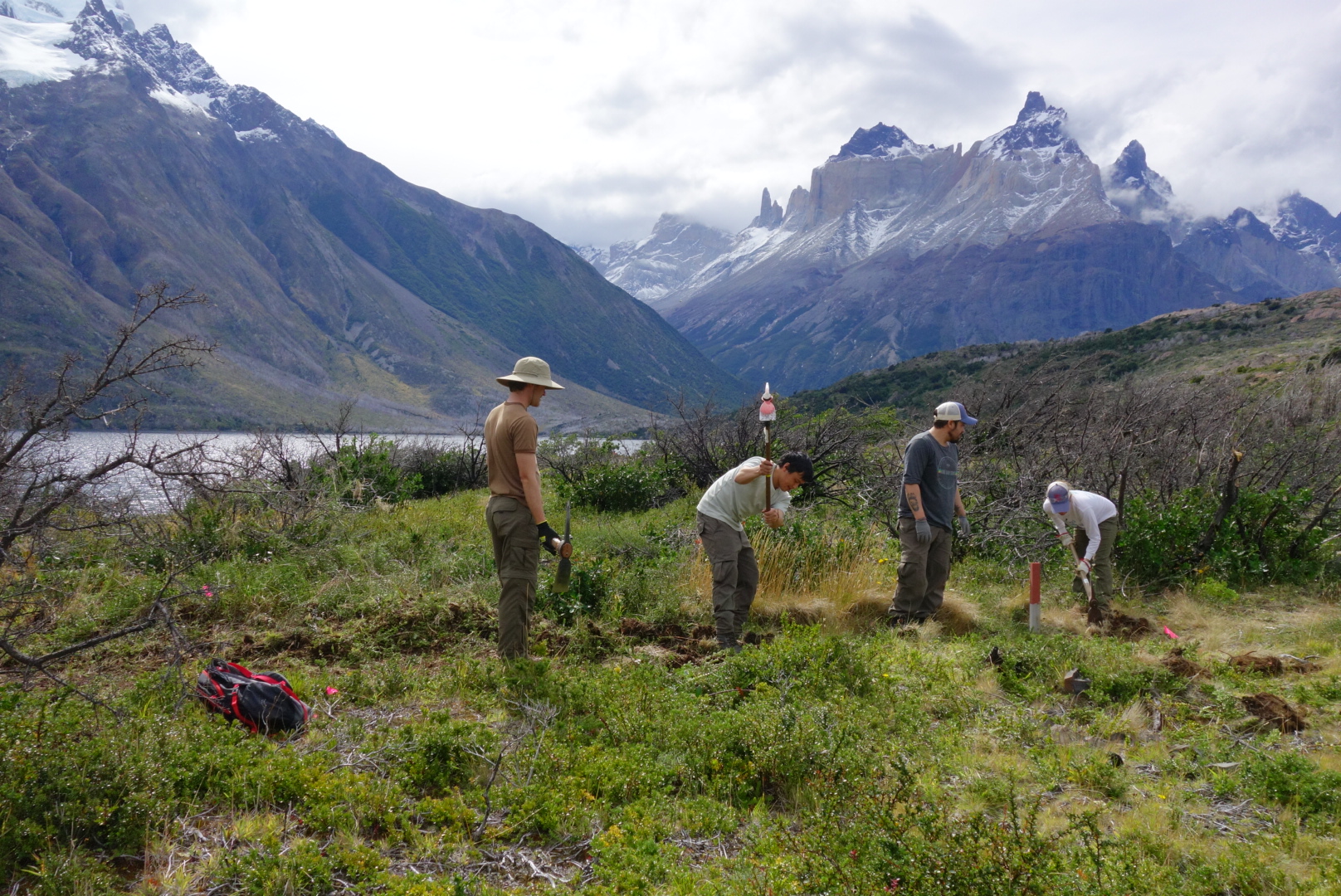
Digging new trail, with some nice views.
Torres del Paine (and Patagonia ) is known for unstable weather, and after three days of hard work in misty conditions Wednesday looked terrible (3-4cm of rain). We decided a day of rest would do us all good, so we kicked back, wrote in journals, played games and just enjoyed each other’s company, because boy did it rain, just nice and steady all day. When I awoke Thursday morning the rain was tapering off, but I found a lake around my tent, and that several of my neighbors were less fortunate and their tents were IN the lake. We made a mild effort to dry some things out, and moved tents out of the lagoon before heading out to inspect how our handy work on the trails had held up to the rain.
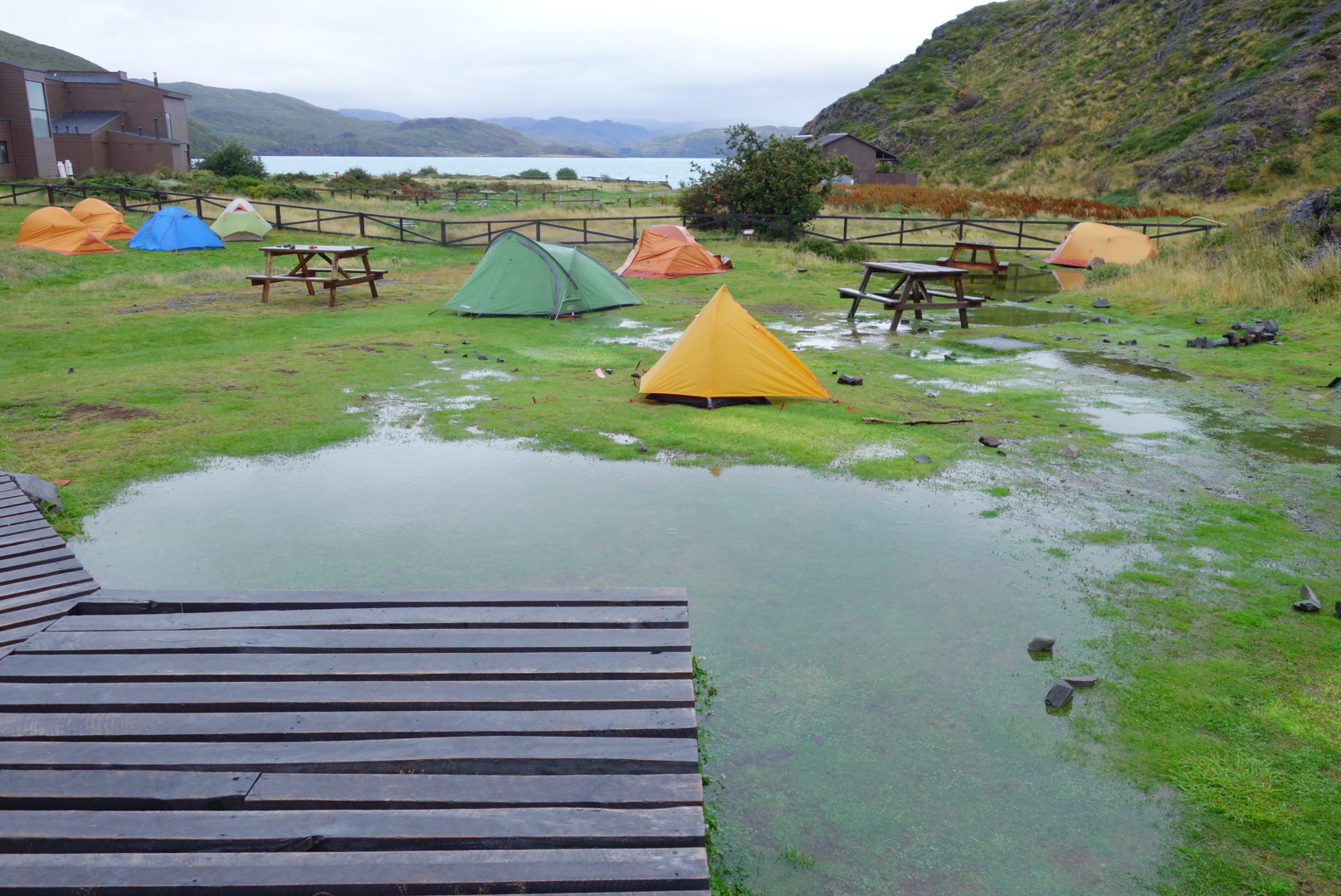
Lago Rifugio, my tent sat front and center on the hill, while four others sat in the puddle to the right.
Obstacle #1 was crossing the shin deep river that had appeared between us and the guard shack. Thursday we split into two groups, one building boardwalk over a marshy section, while Emily and I took team #2 back to keep cutting new trail. Obstacle #2 came in the form of our usual river crossing, formerly on stones, but now fully submerged. Many of us resorted to damp feet, then it was back to cutting, weeding and digging. Though our group was slowly dwindling, those that were left made for a fun crew, as we got to know each other even better. Friday dawned our last day of digging in the dirt, after bidding John (our fearless leader) farewell, we finished up some last sections and called it a successful week. We’d dug more than 1km of hard fought new trail and built 37 waterbars.
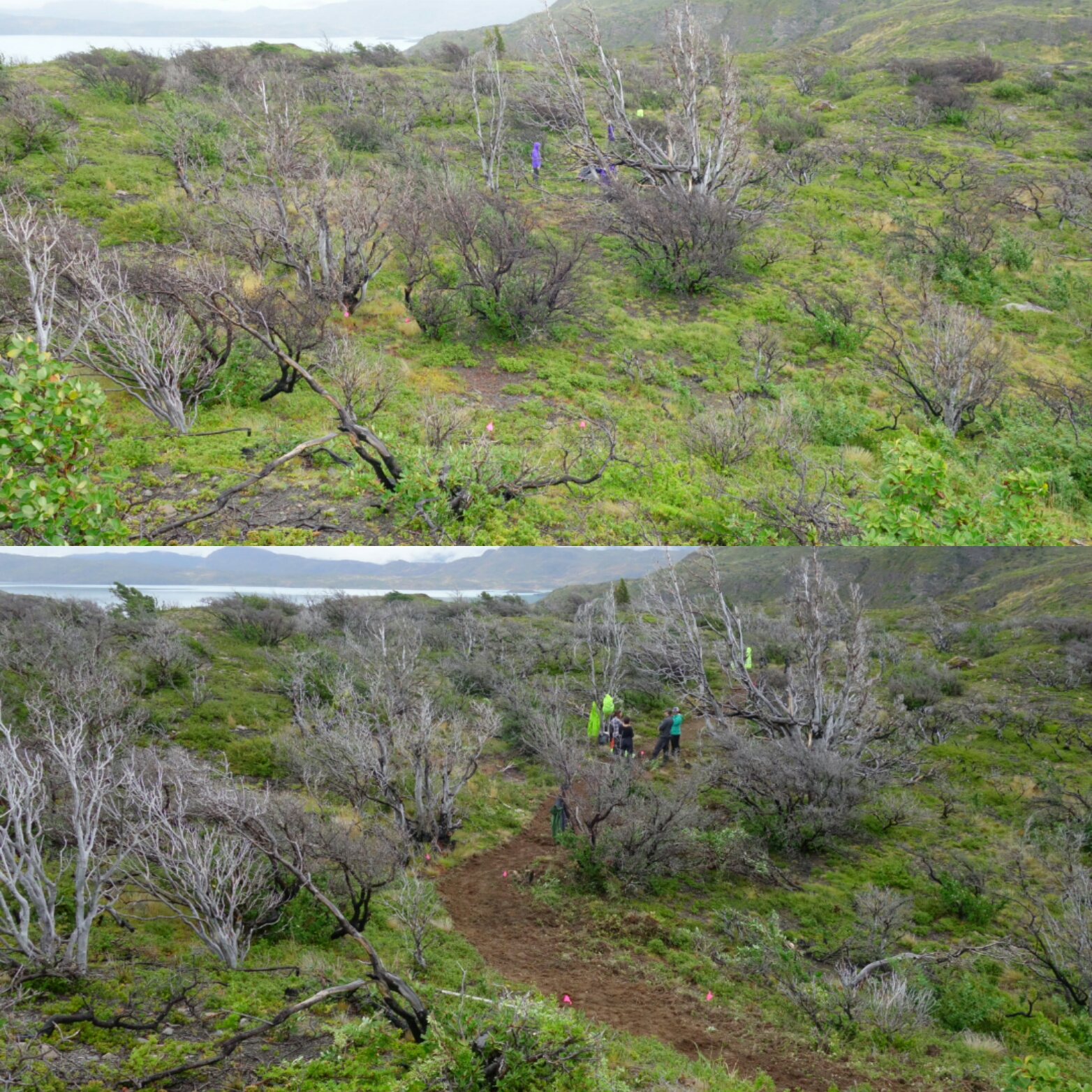
Before and after construction #1.
The last thing in the agenda was a night of celebration with all our new friends as a full moon rose into clear skies illuminating the mountains, lakes and fields. It was fitting that our final morning dawned clear, as the sun’s rays slowly melted their way down Paine Grande and into camp. Sadly this is where we had to bid many of the Guarda Parques farewell, while the rest of us headed back to Puerto Natales before eventually going our respective ways. Simply getting to work in the park for the week was an absolute treat in its own right, but getting to meet and share the experience with such a wonderfully diverse group of people made it just magical. Our Spanglish games in Paine Grande town, dance parties on the trail, plenty of poor translations (many by me), realizing you pitched your tent in a stream bed and quiet mornings with friends watching the sun rise over the the magical land of Torres del Paine. I couldn’t have asked for anything more from the week, and am so glad I decided to say “screw the plan, I’m doing this”, when the opportunity arose. While most people won’t have this flexibility while traveling I’d implore you not to be afraid to say yes to the unexpected, and let life be fluid, because who knows what opportunity might come your way, and when it might happen. A life of experiences and memories is much better than one filled with “What IFs”.
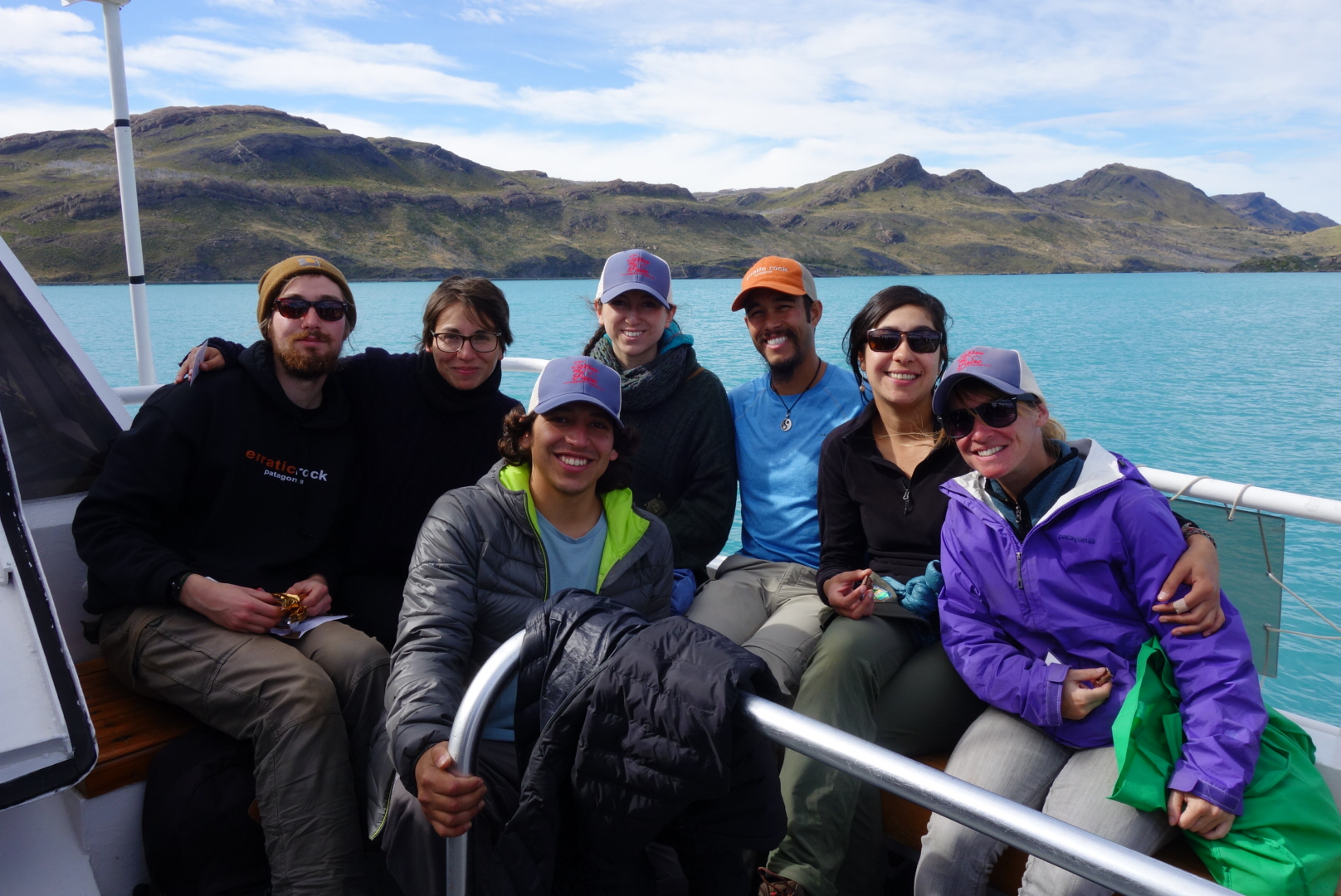
One last boat ride out of the park with some new friends.

